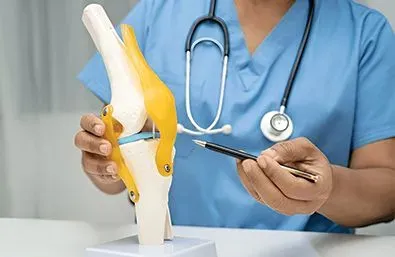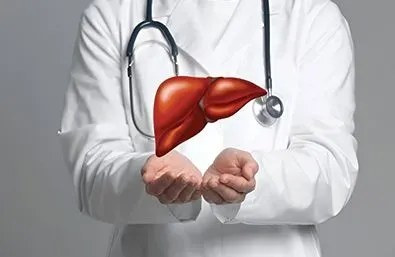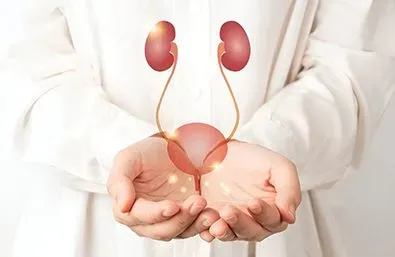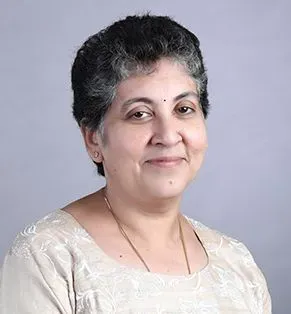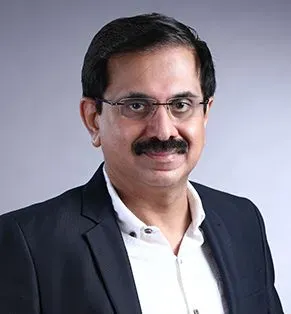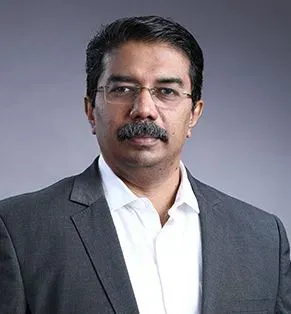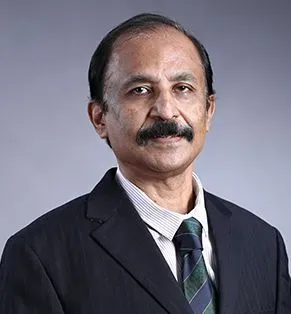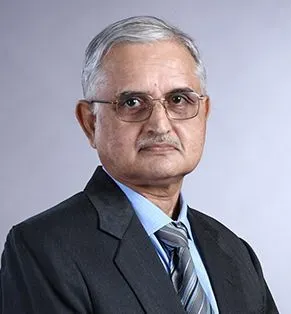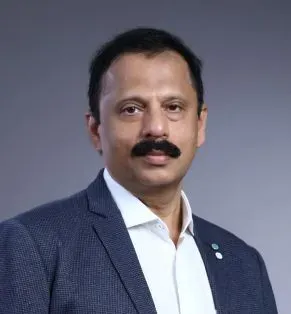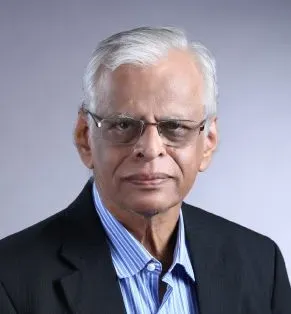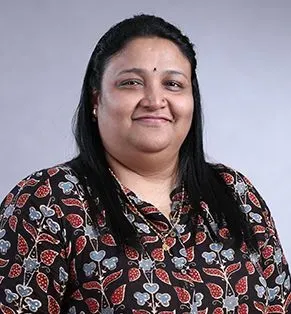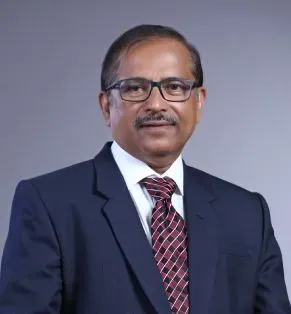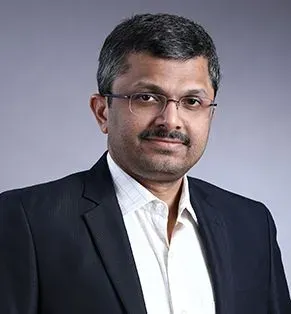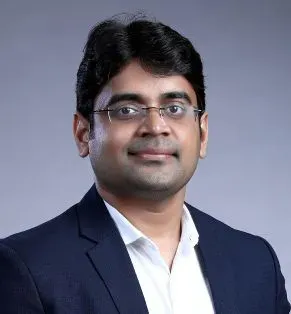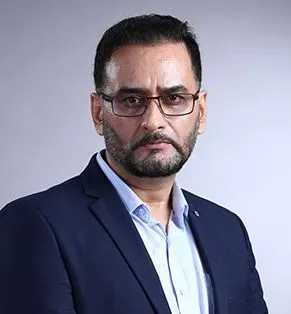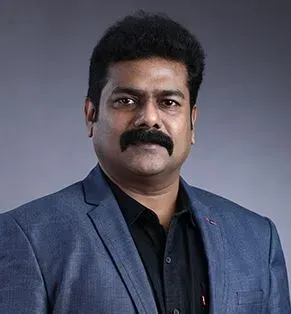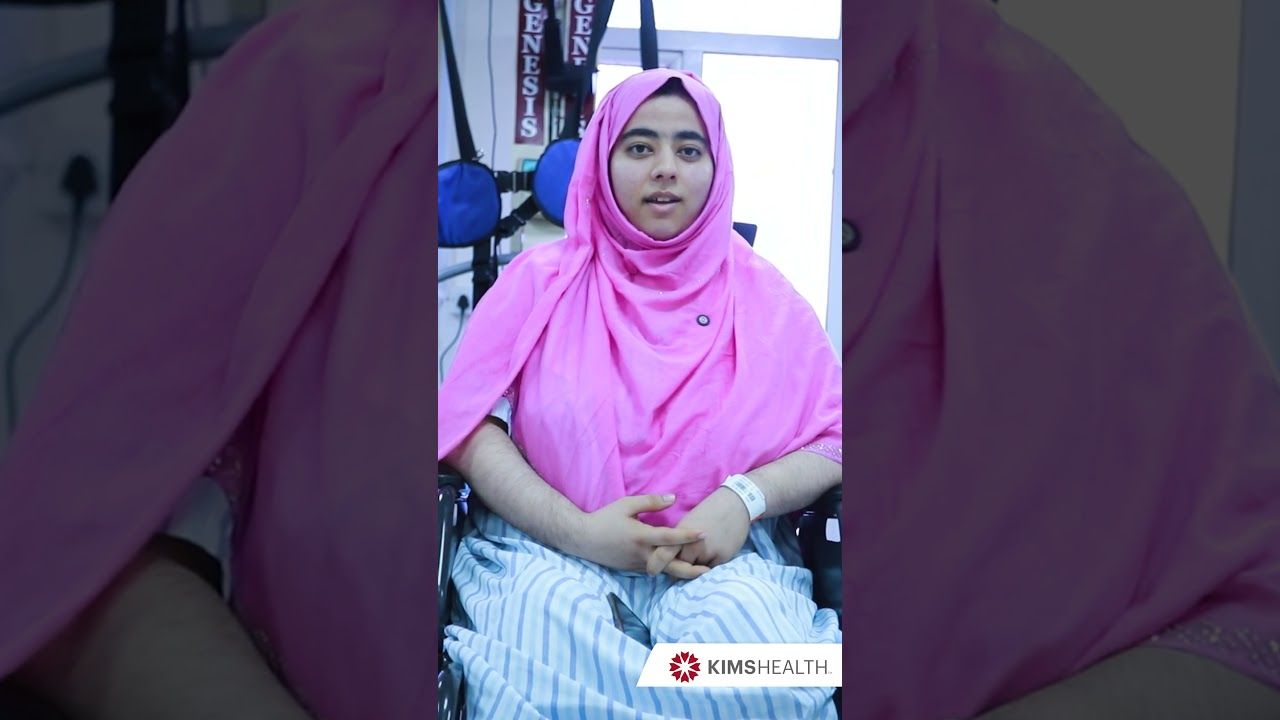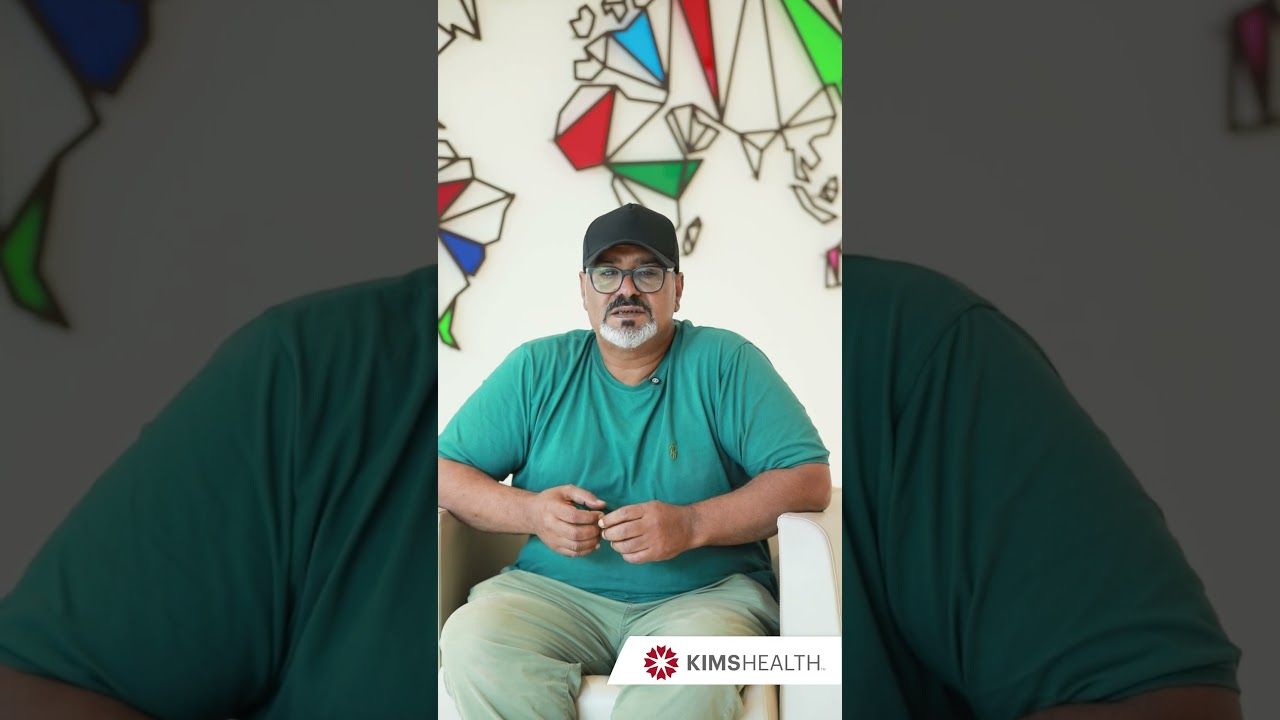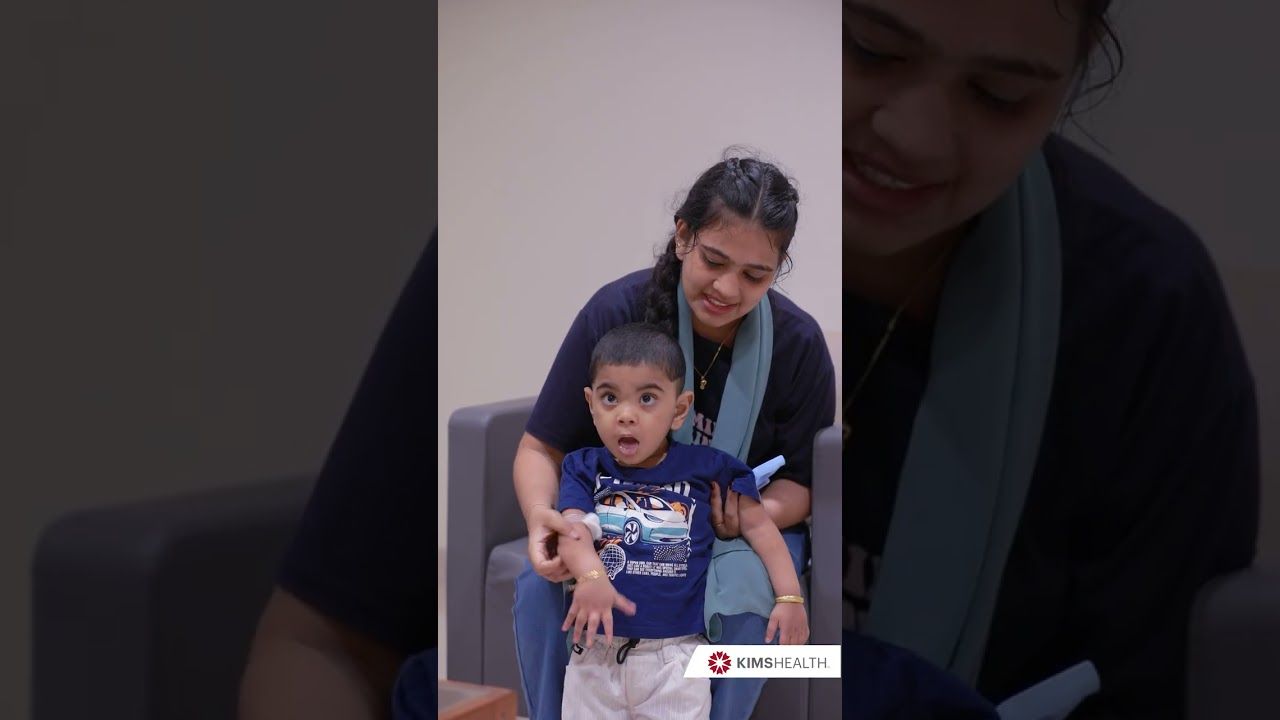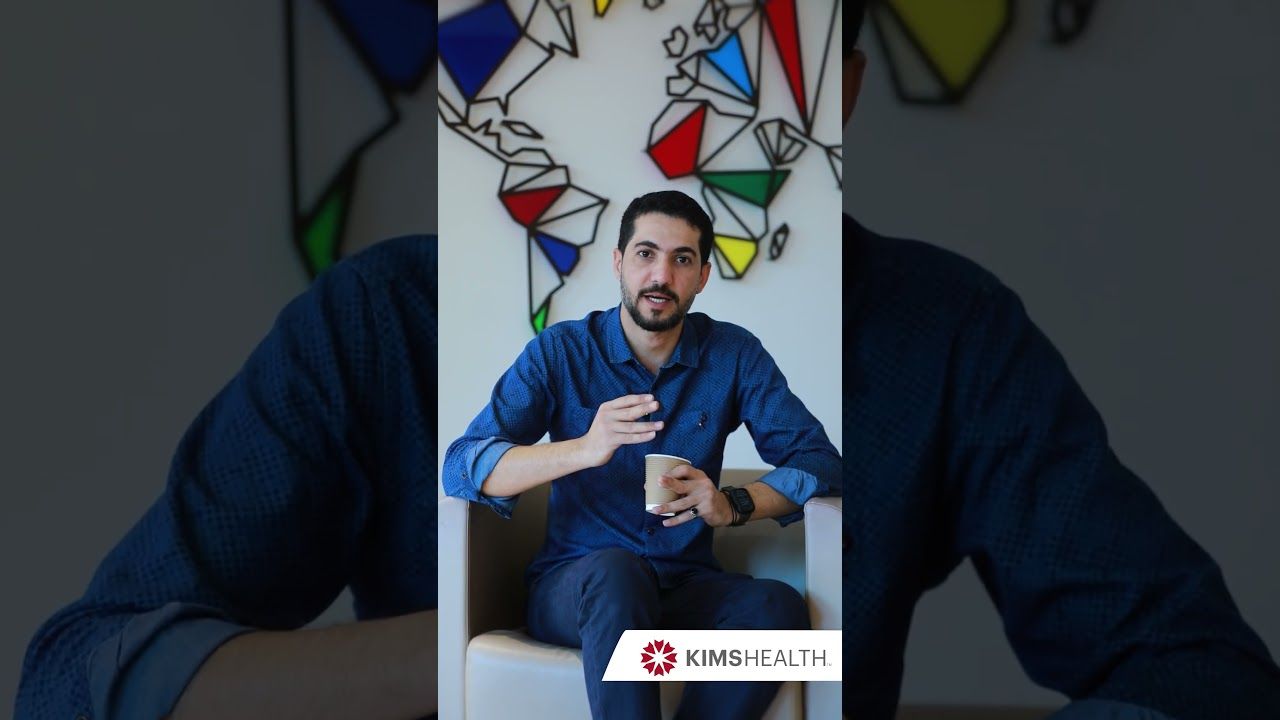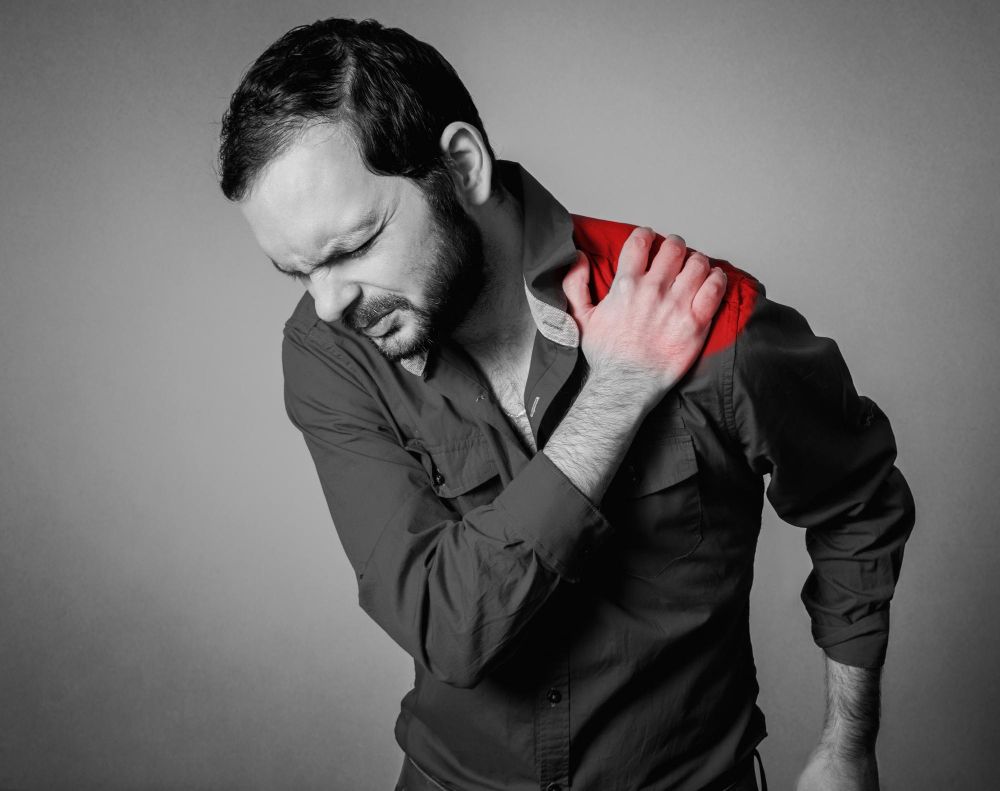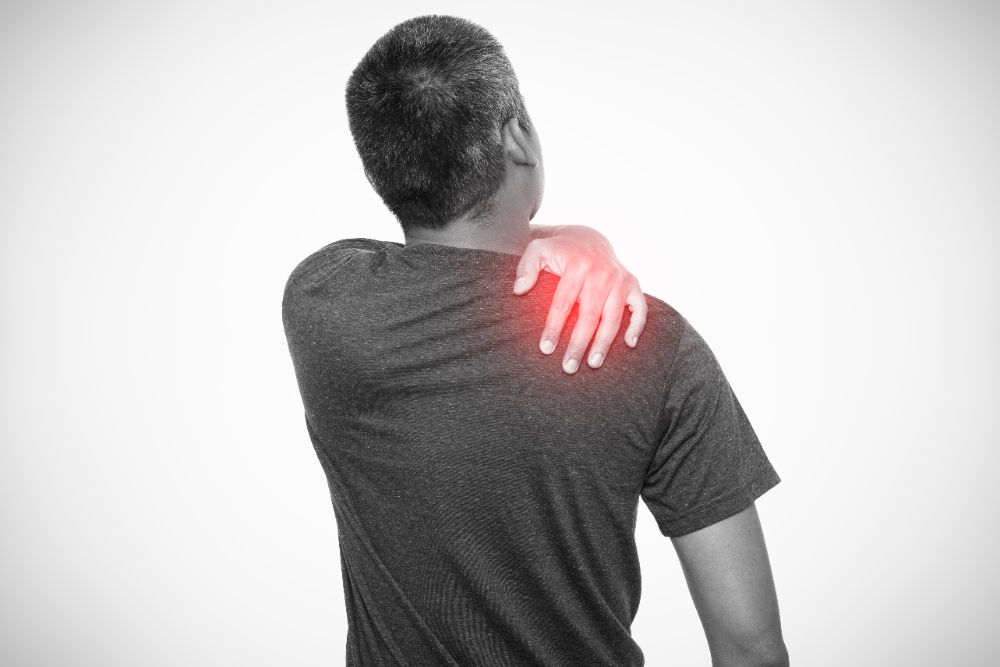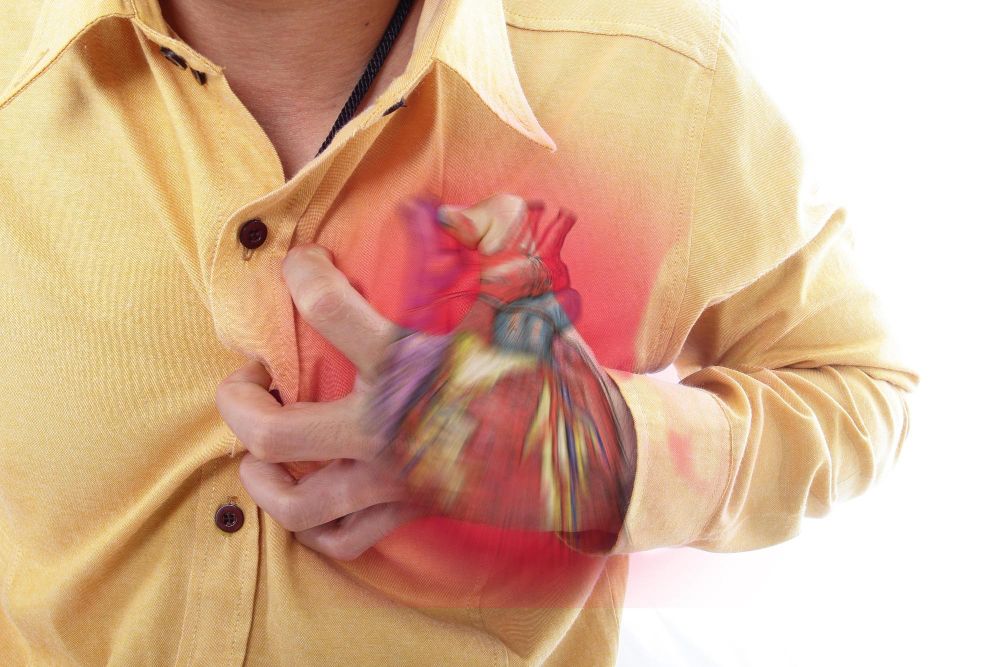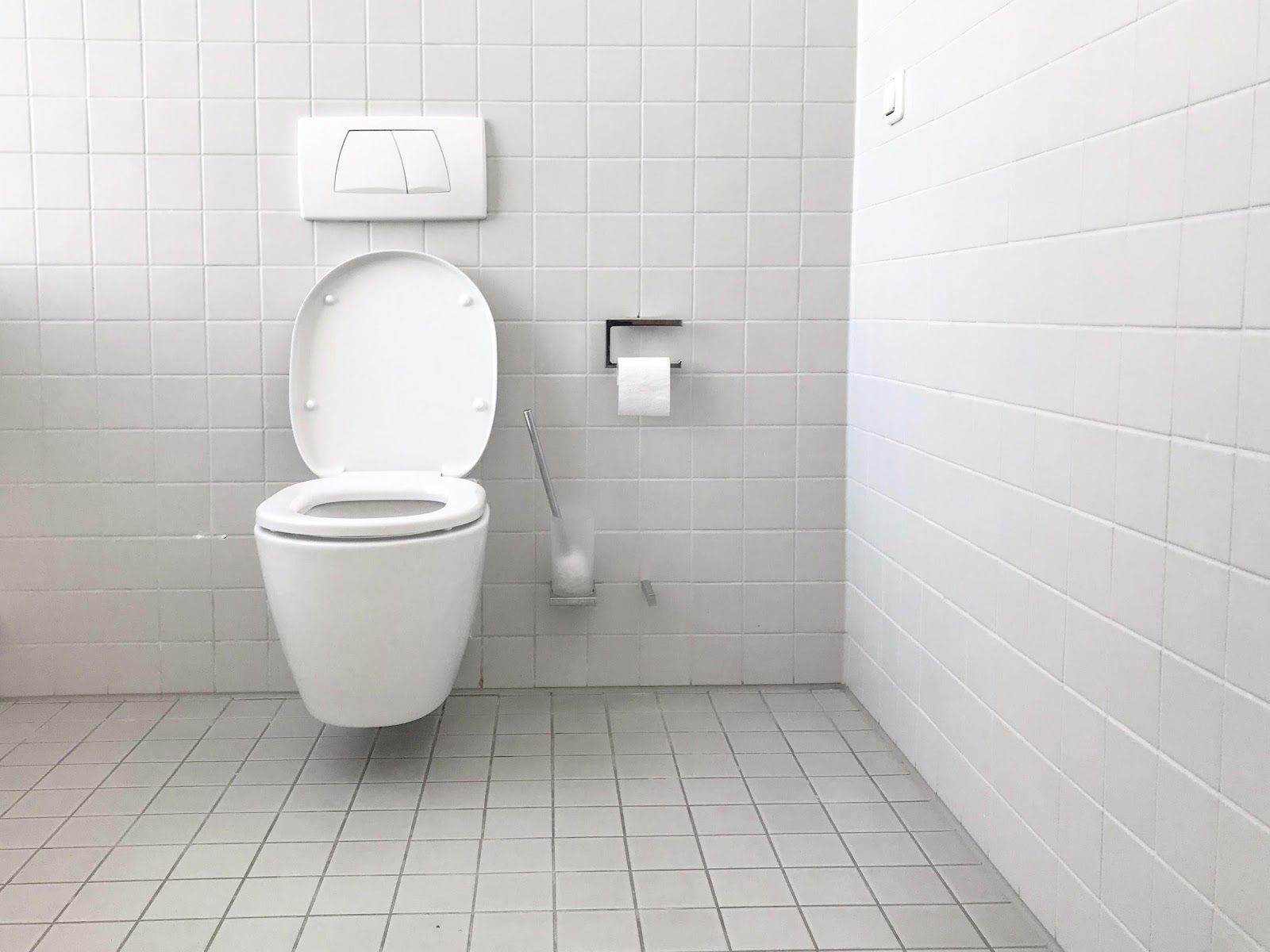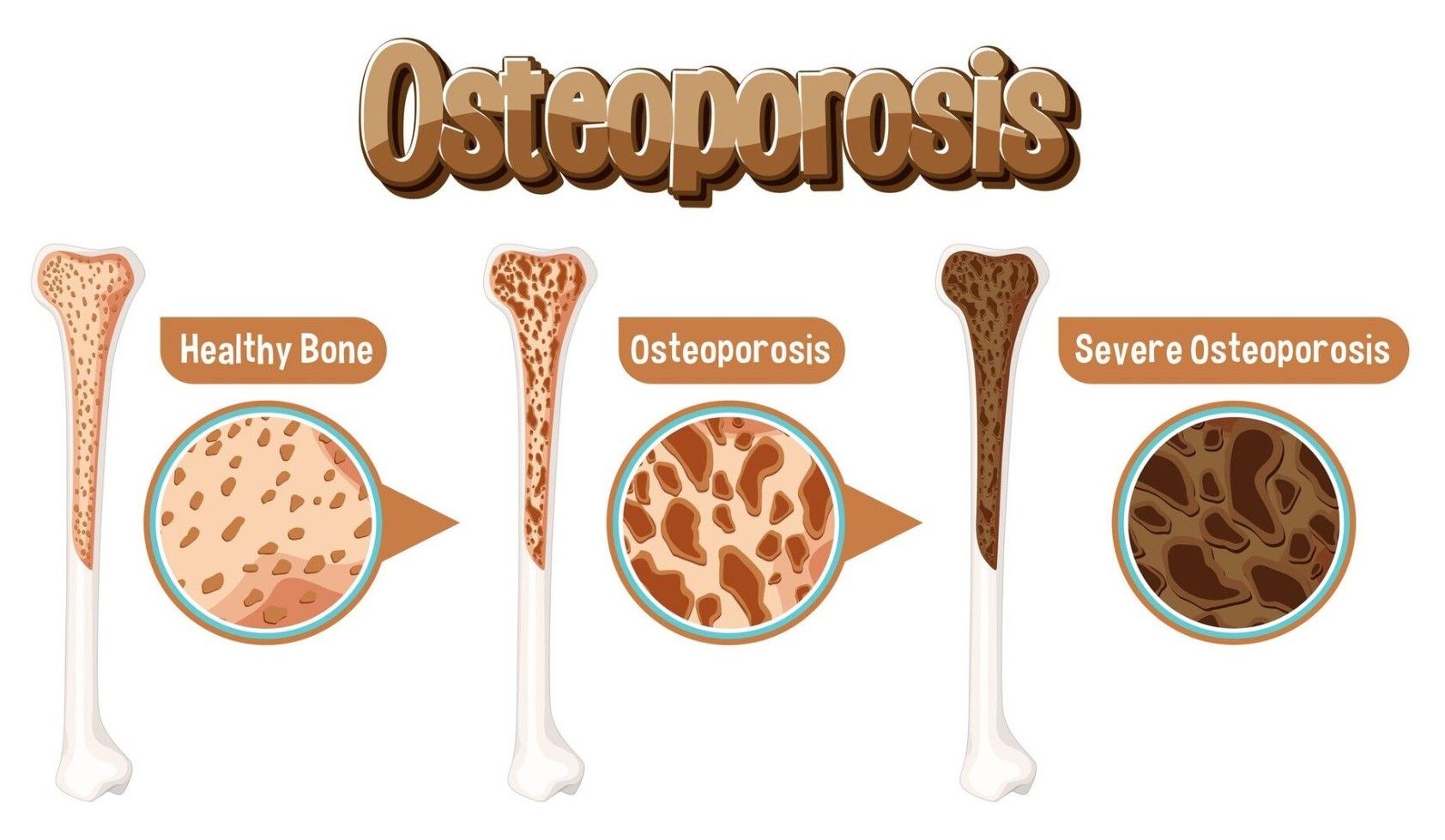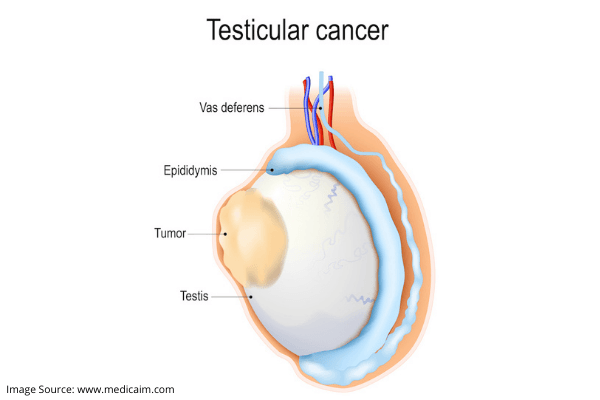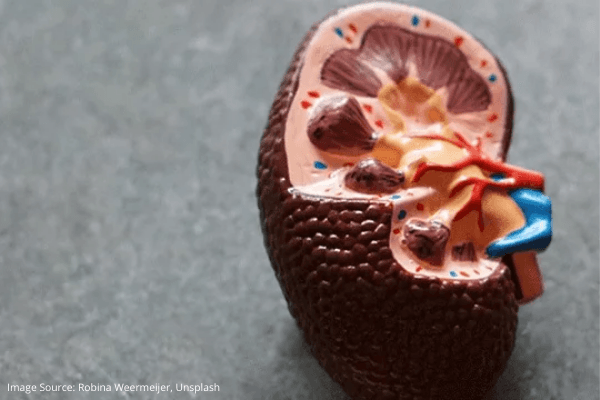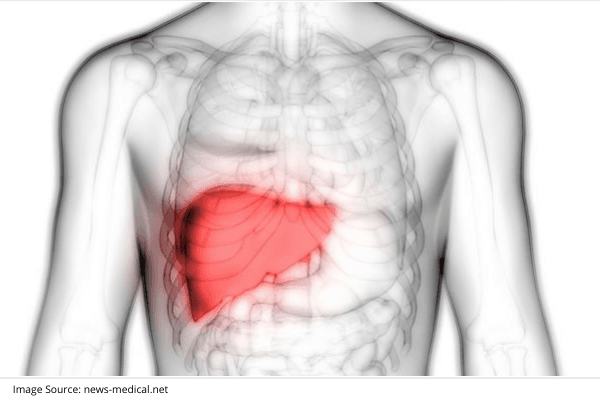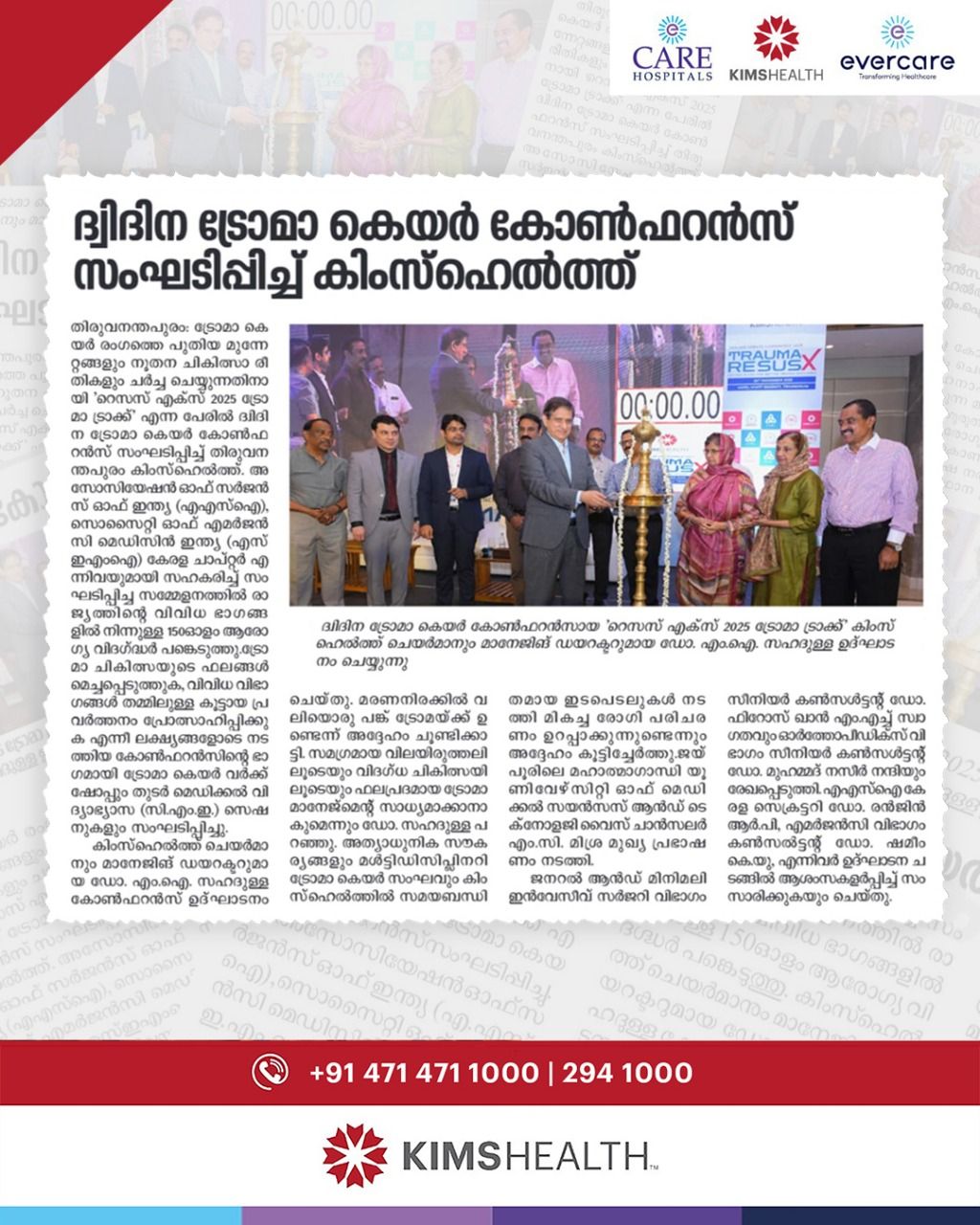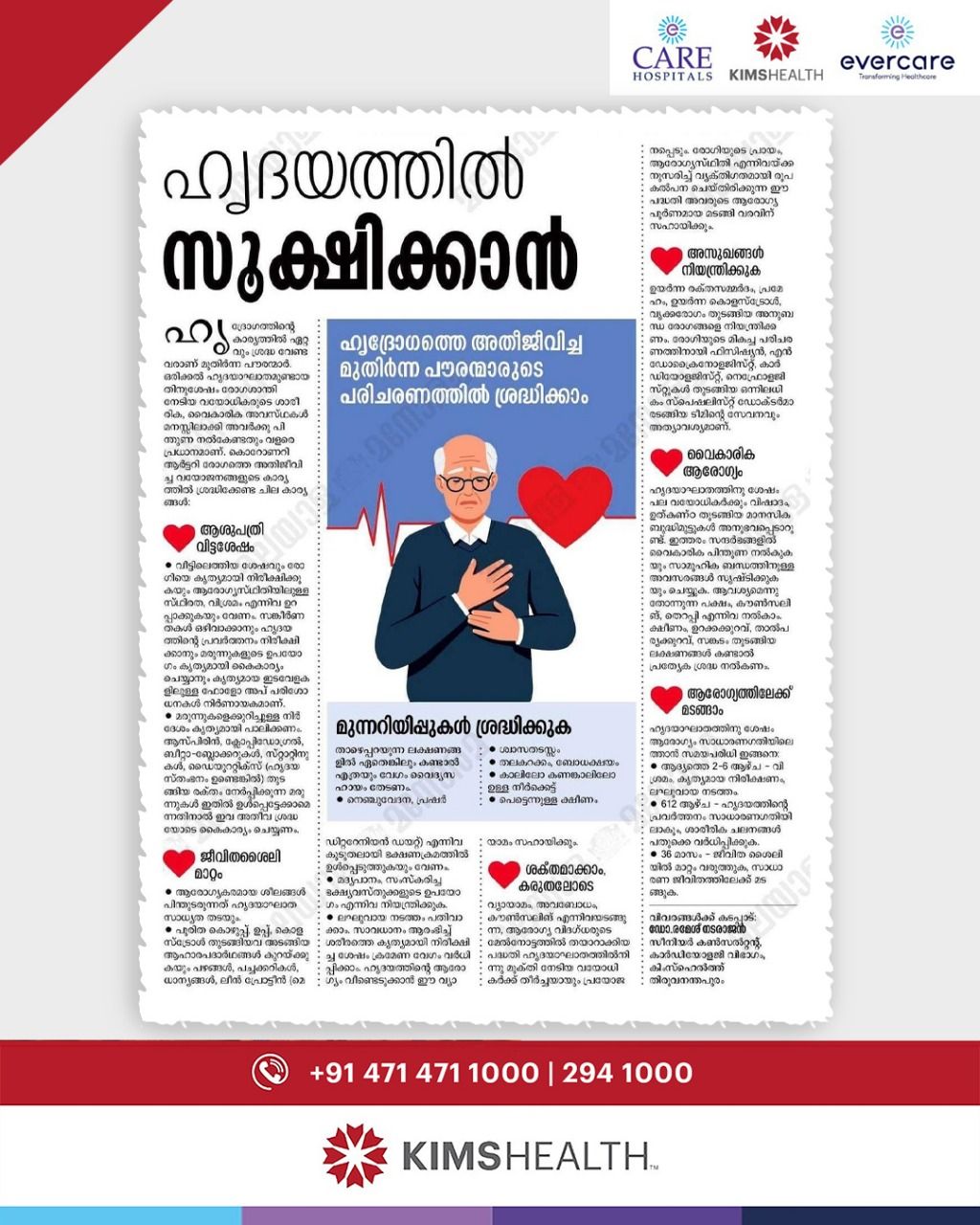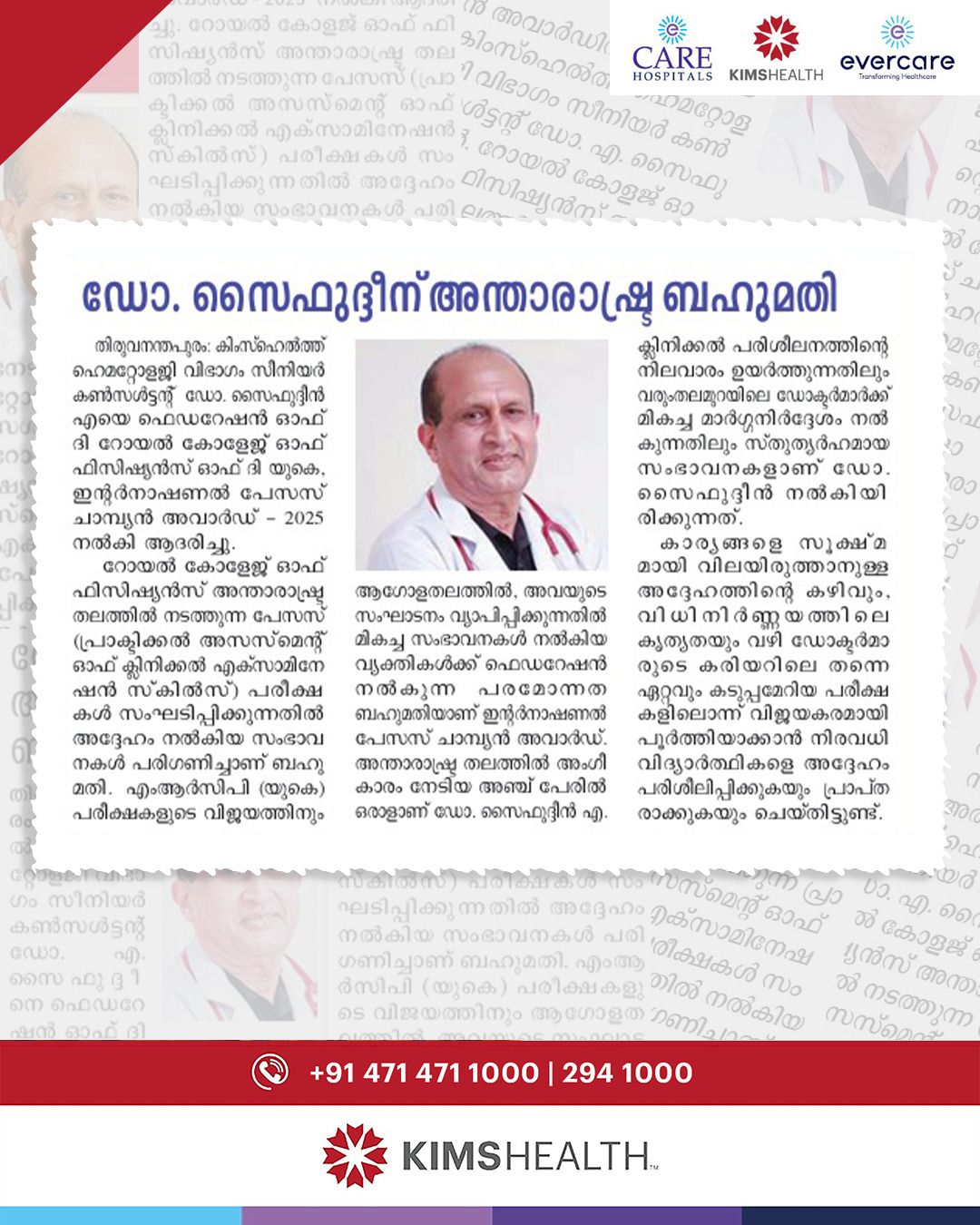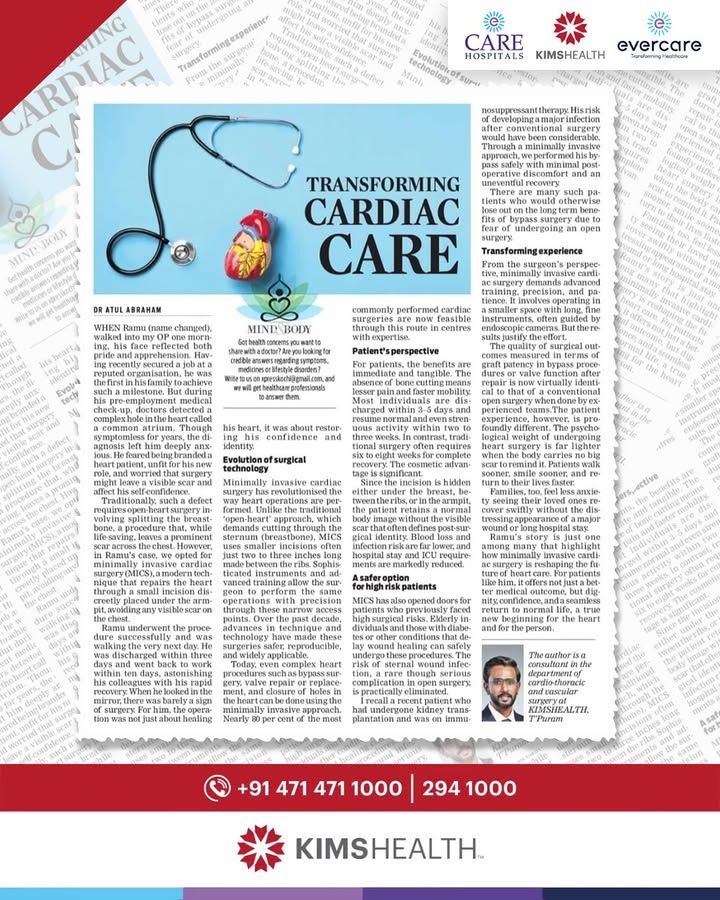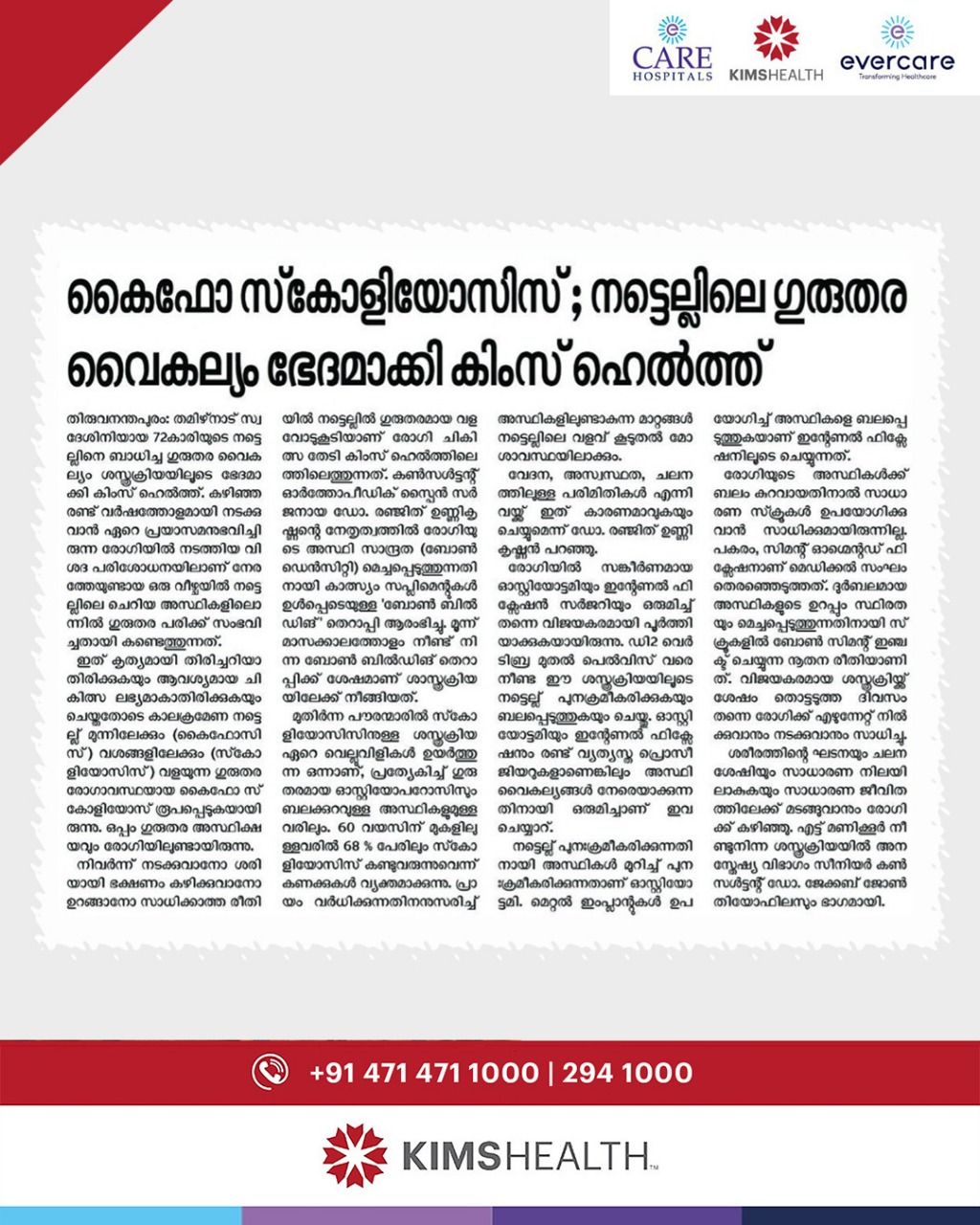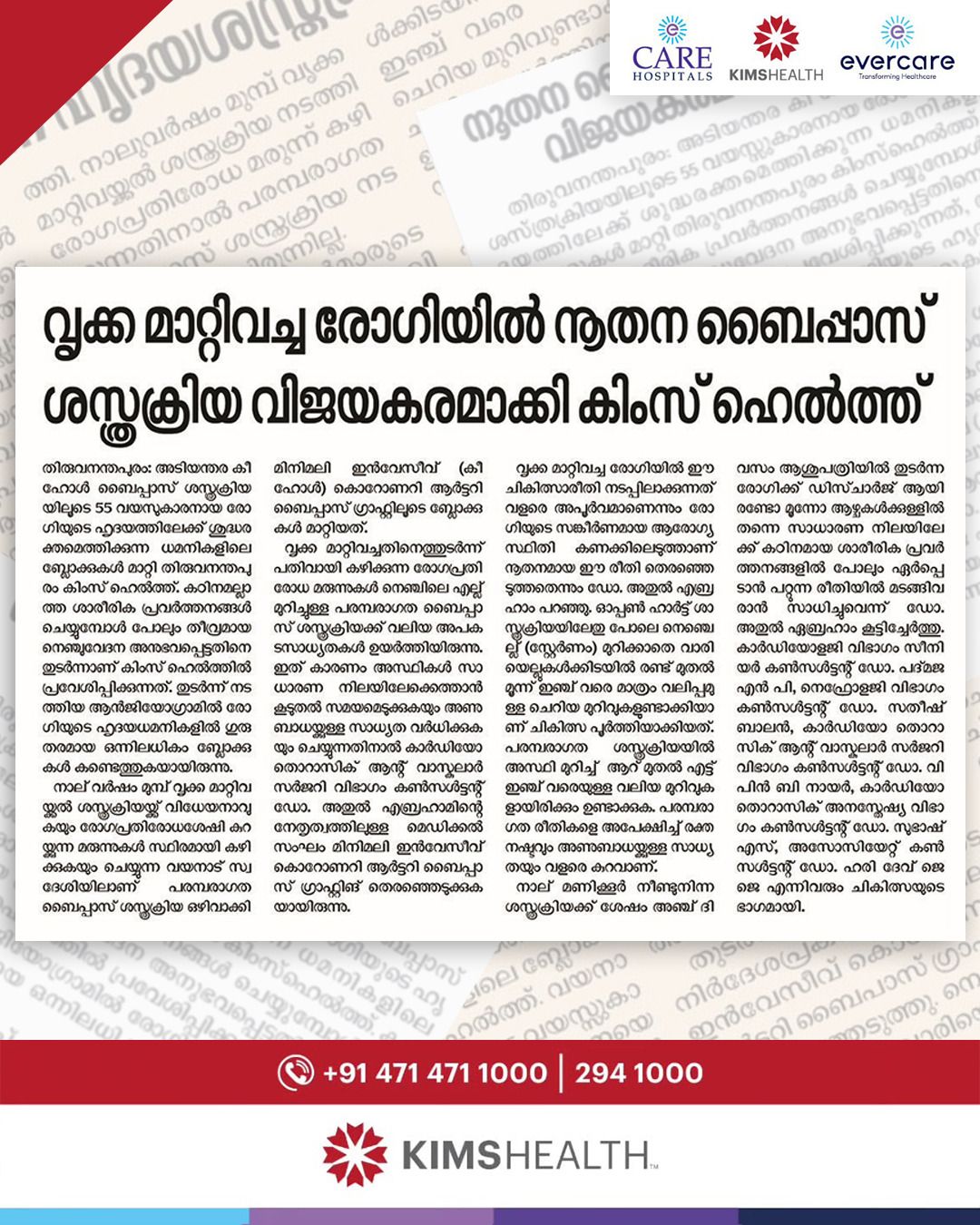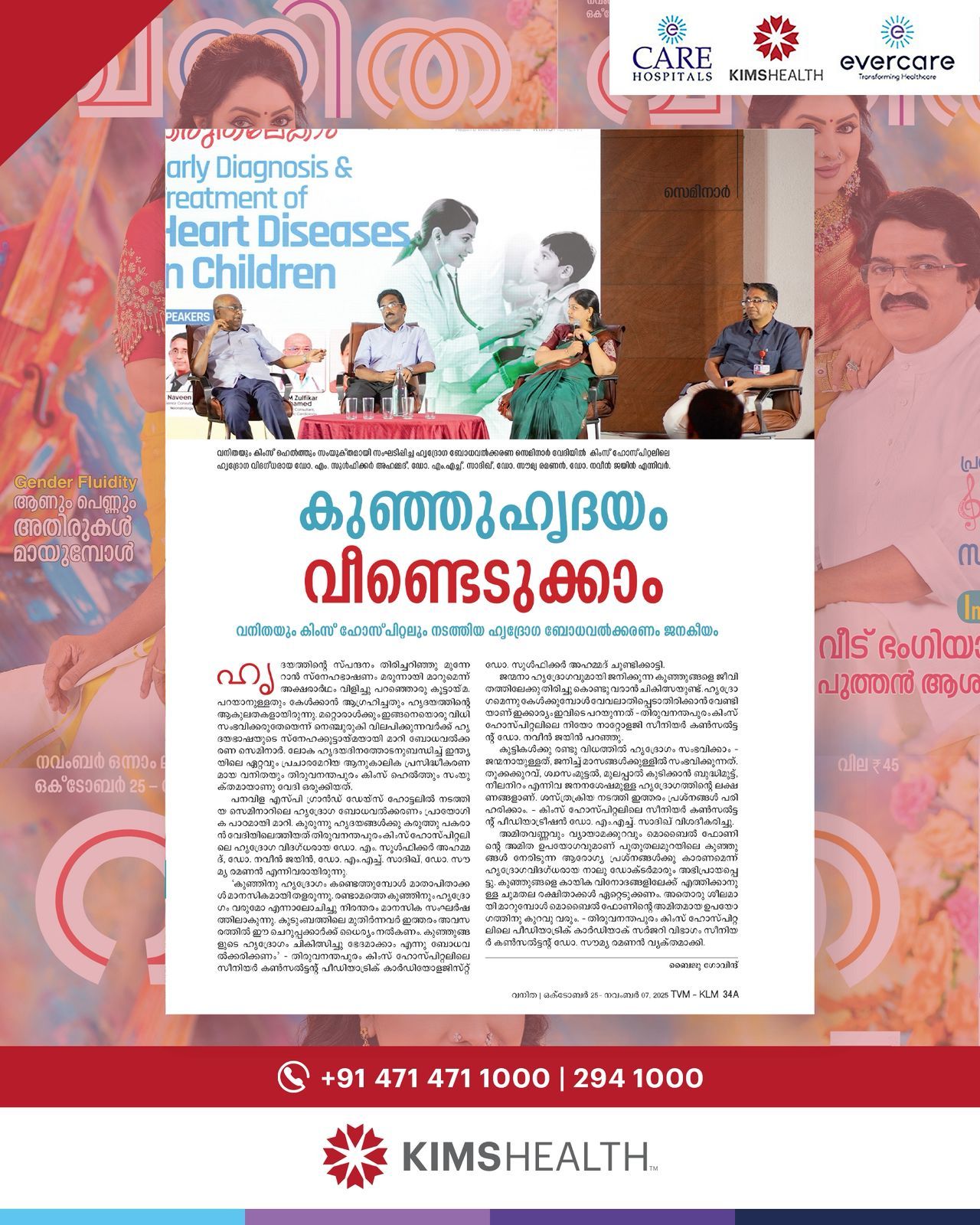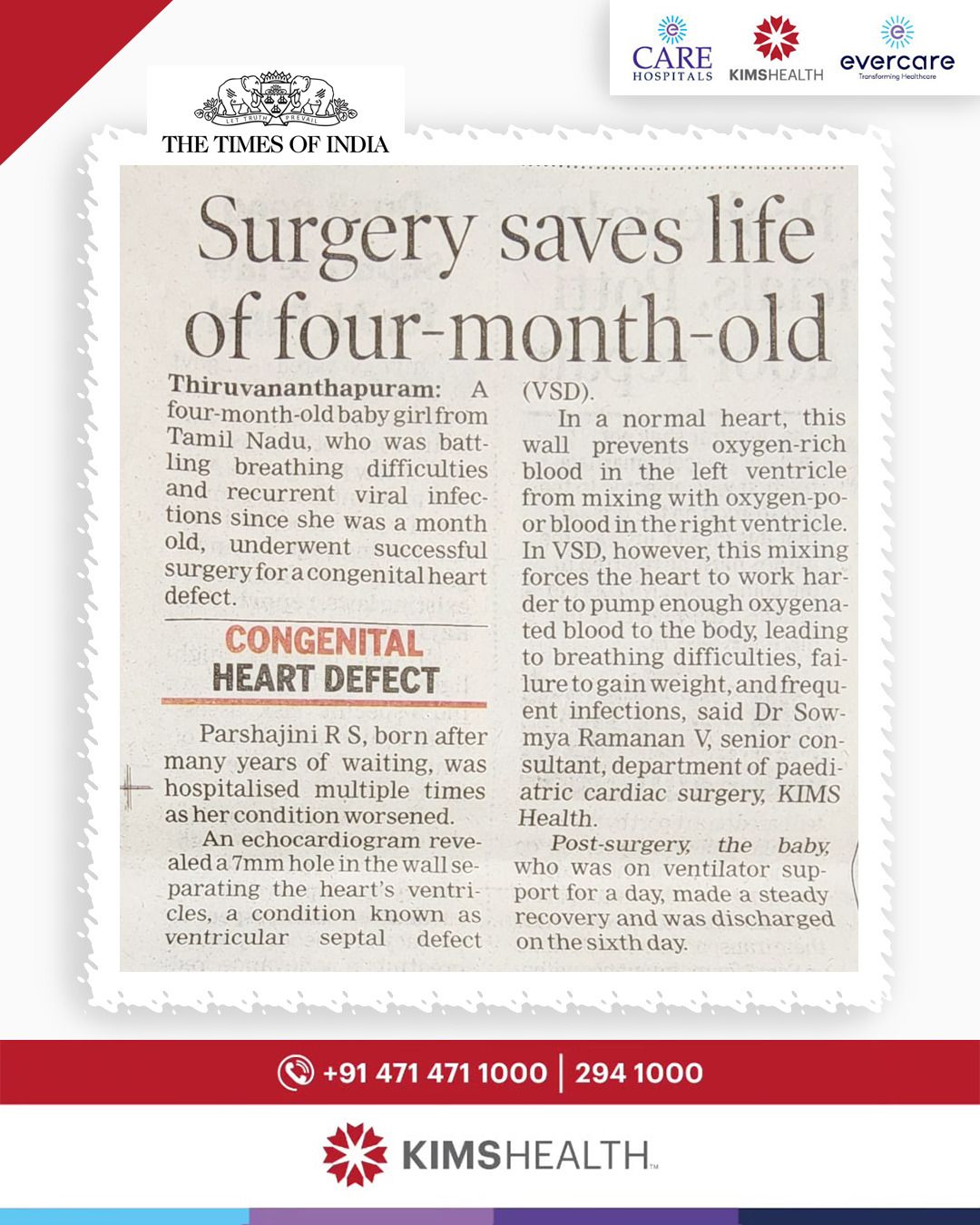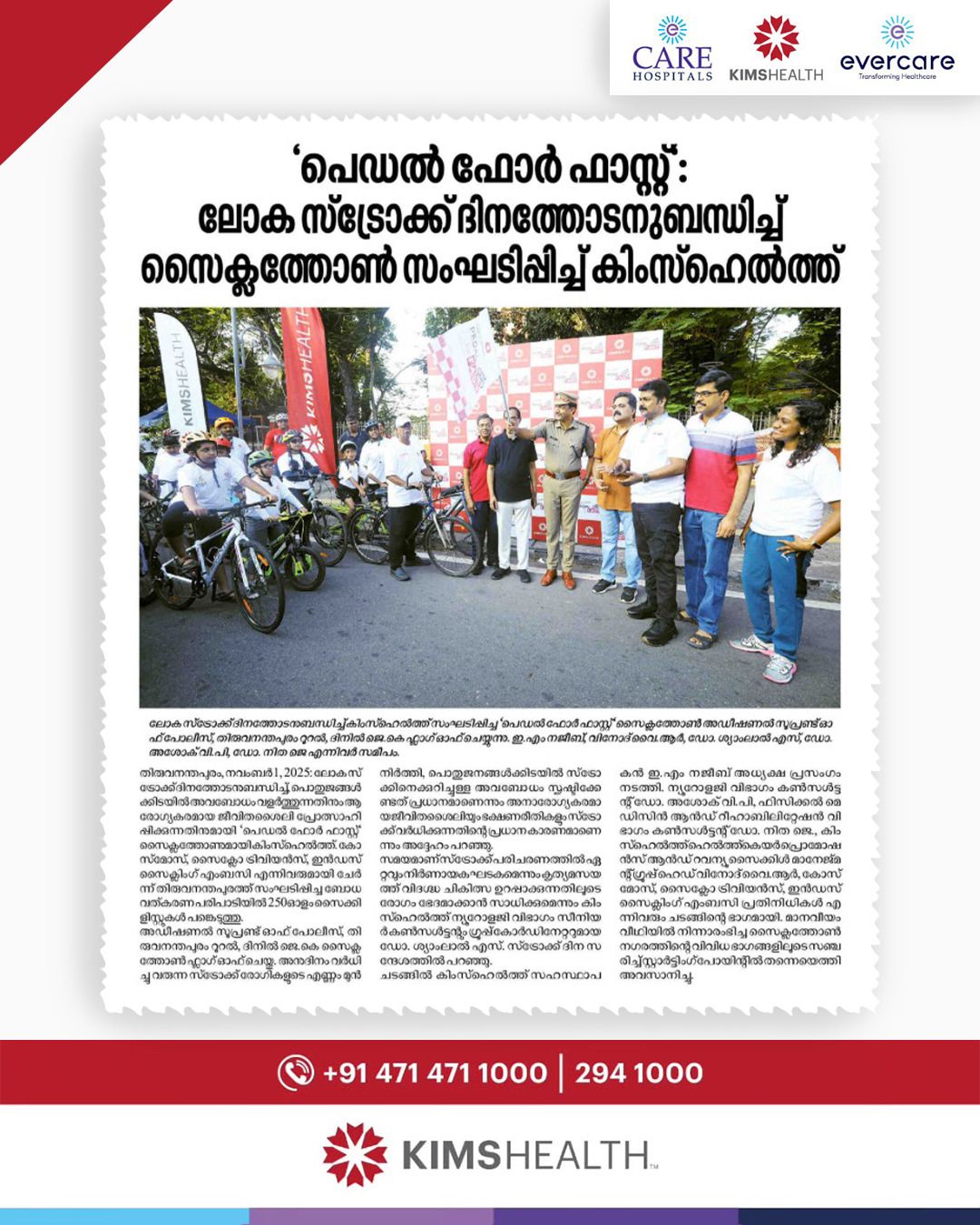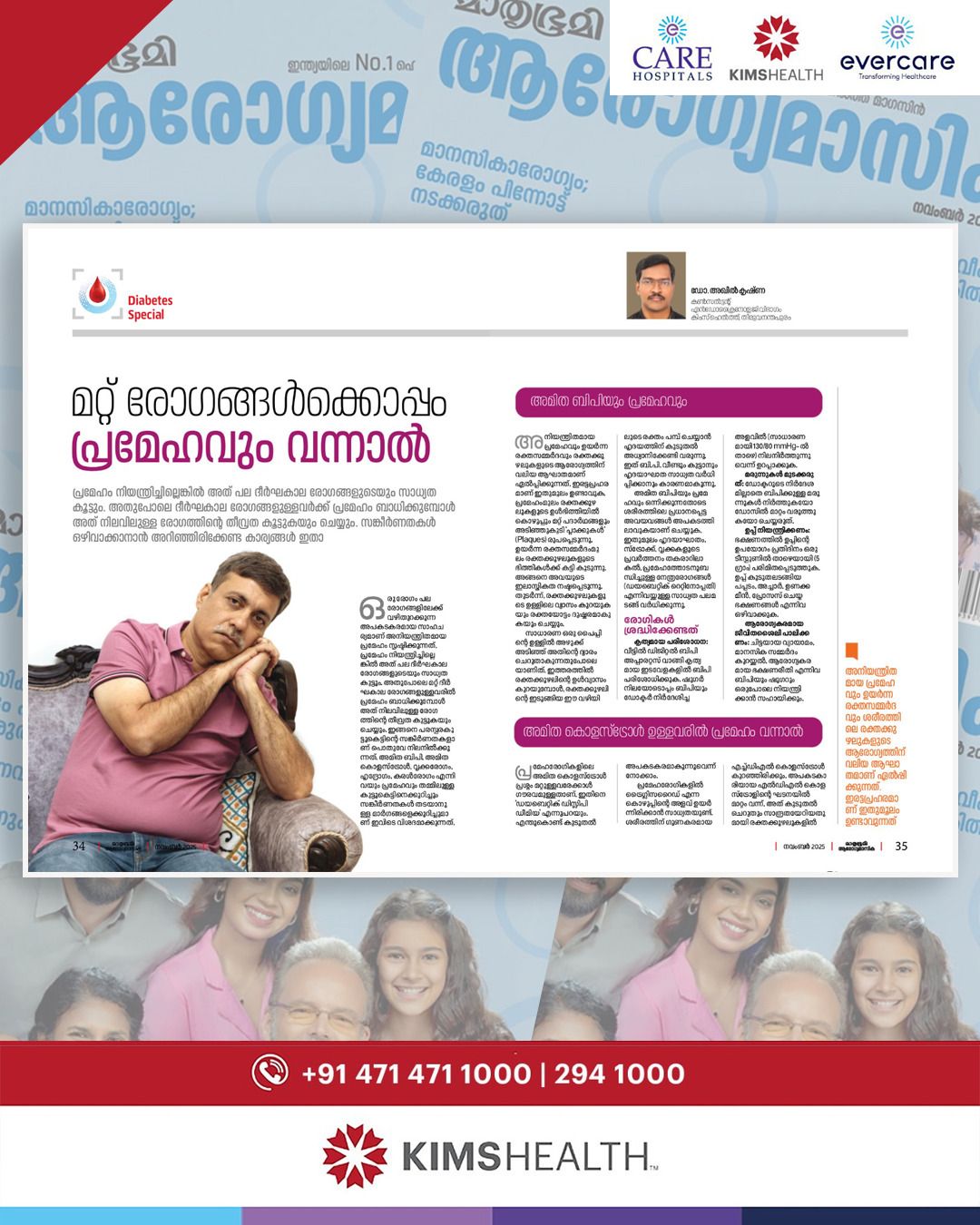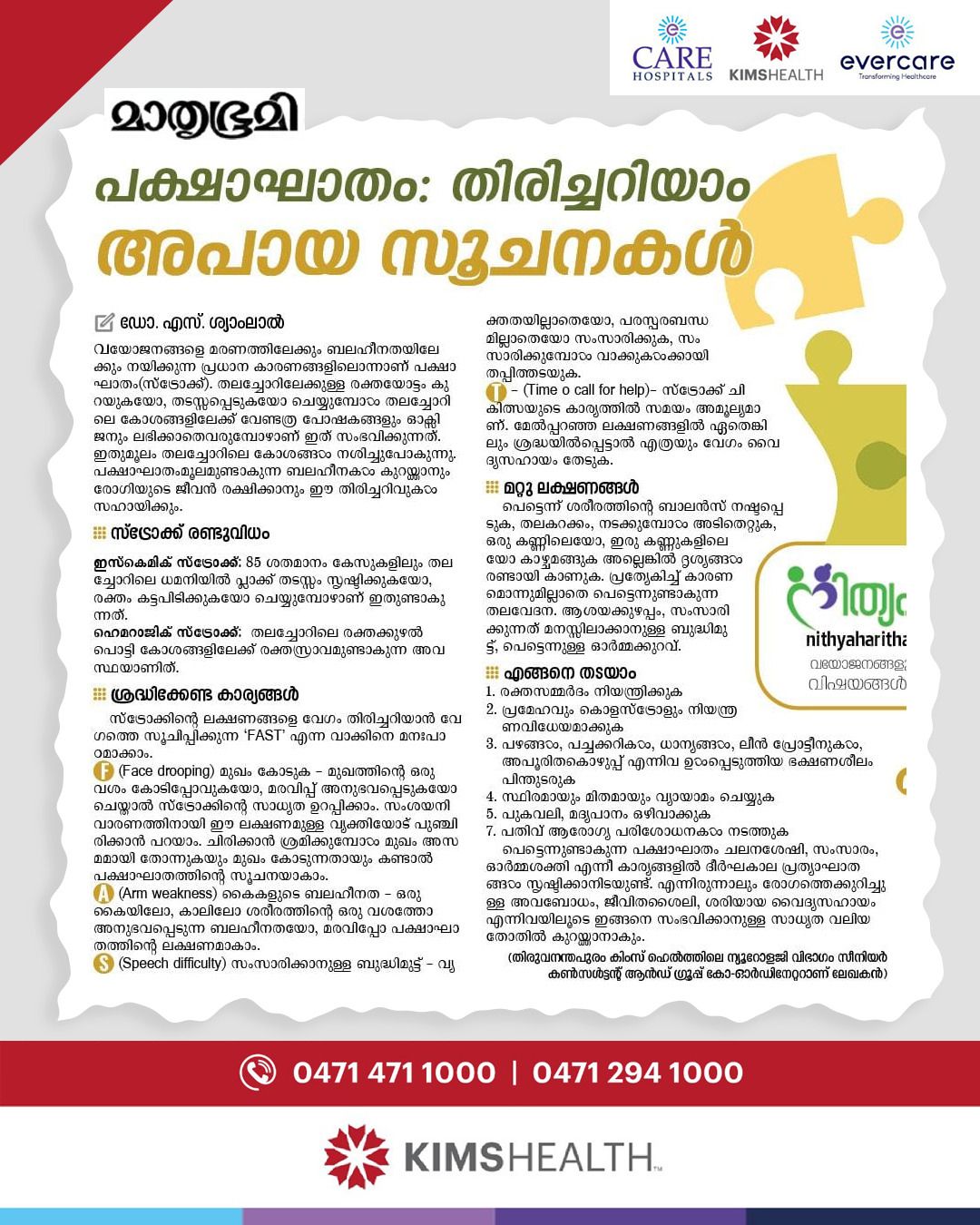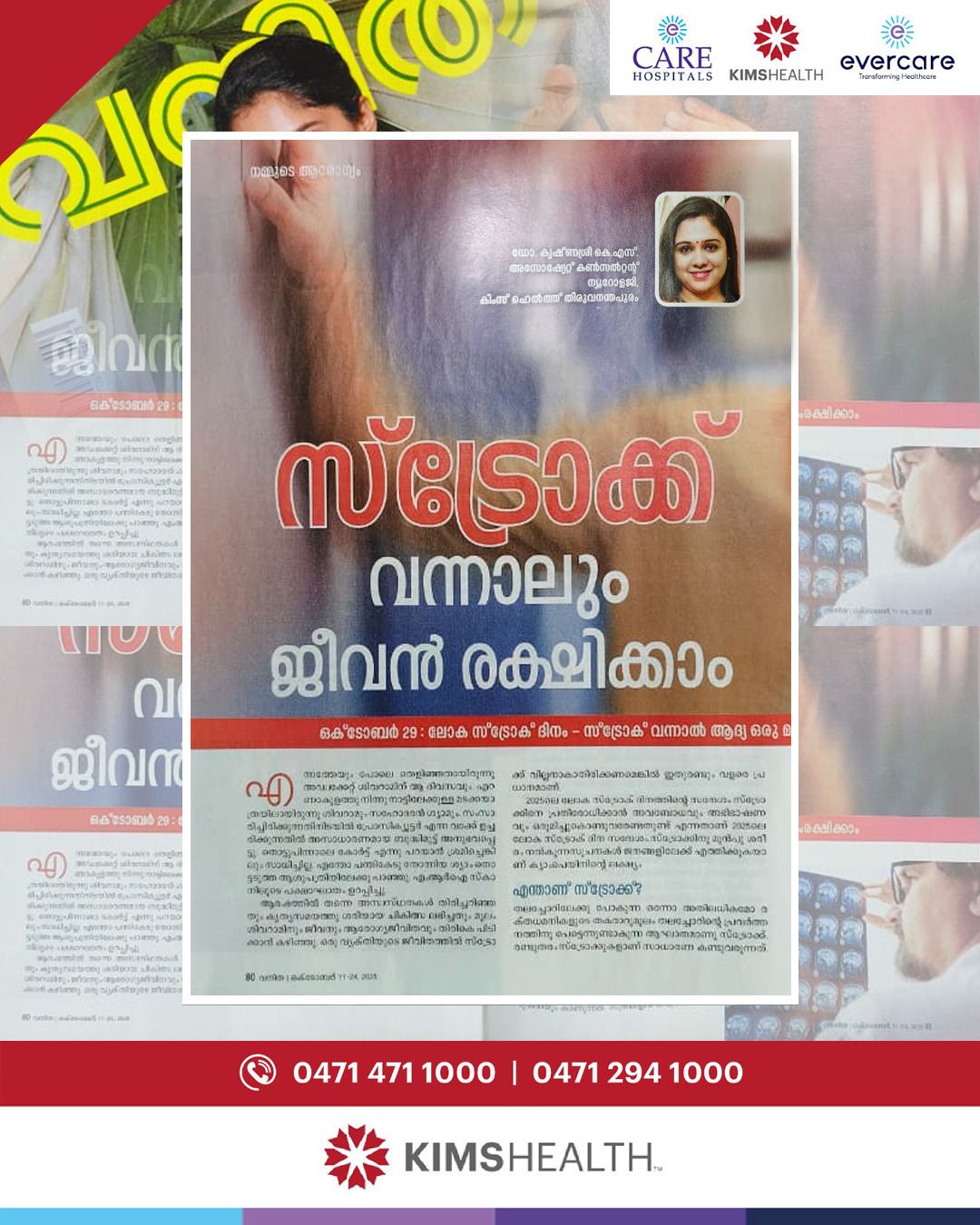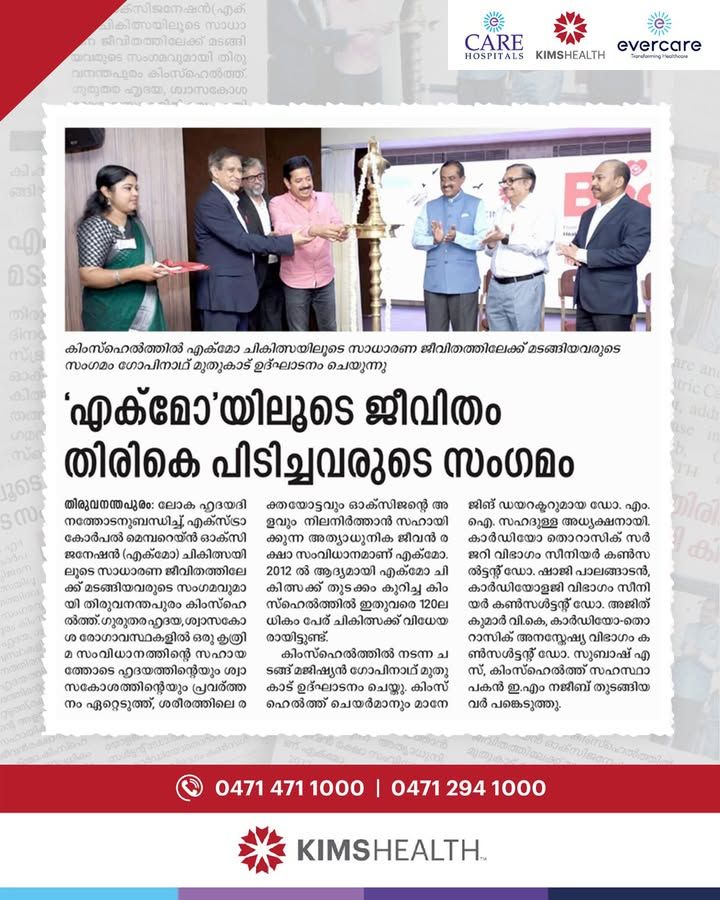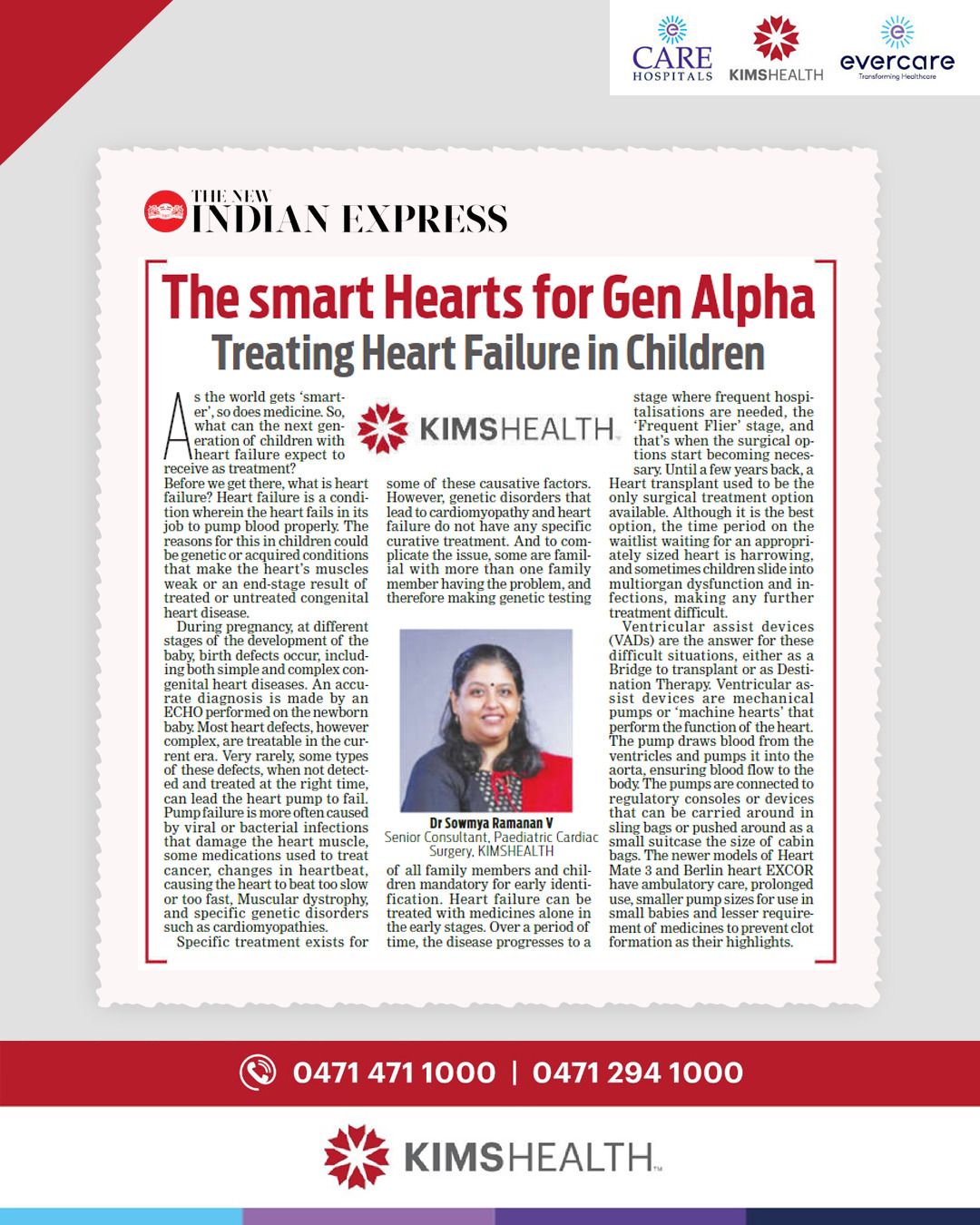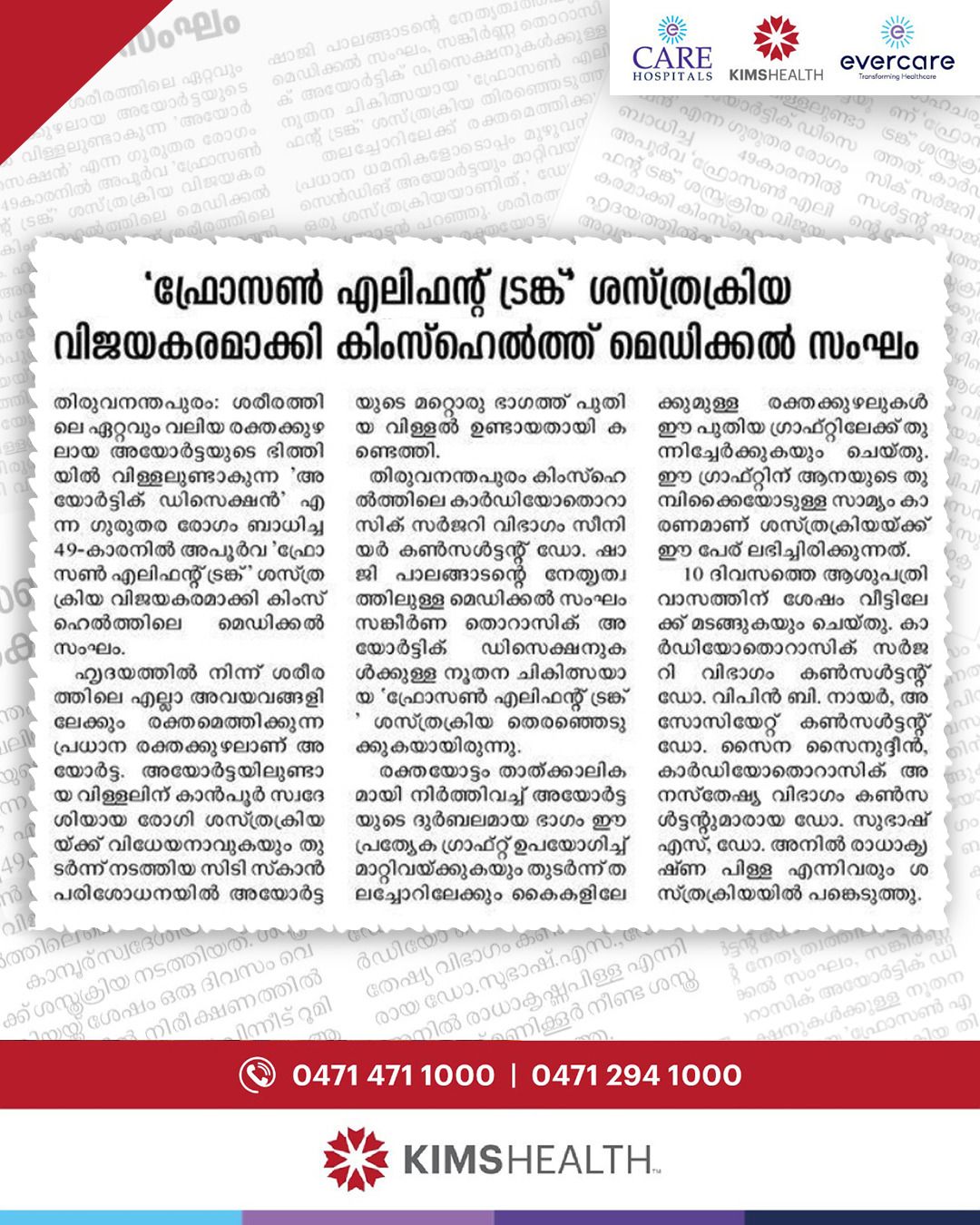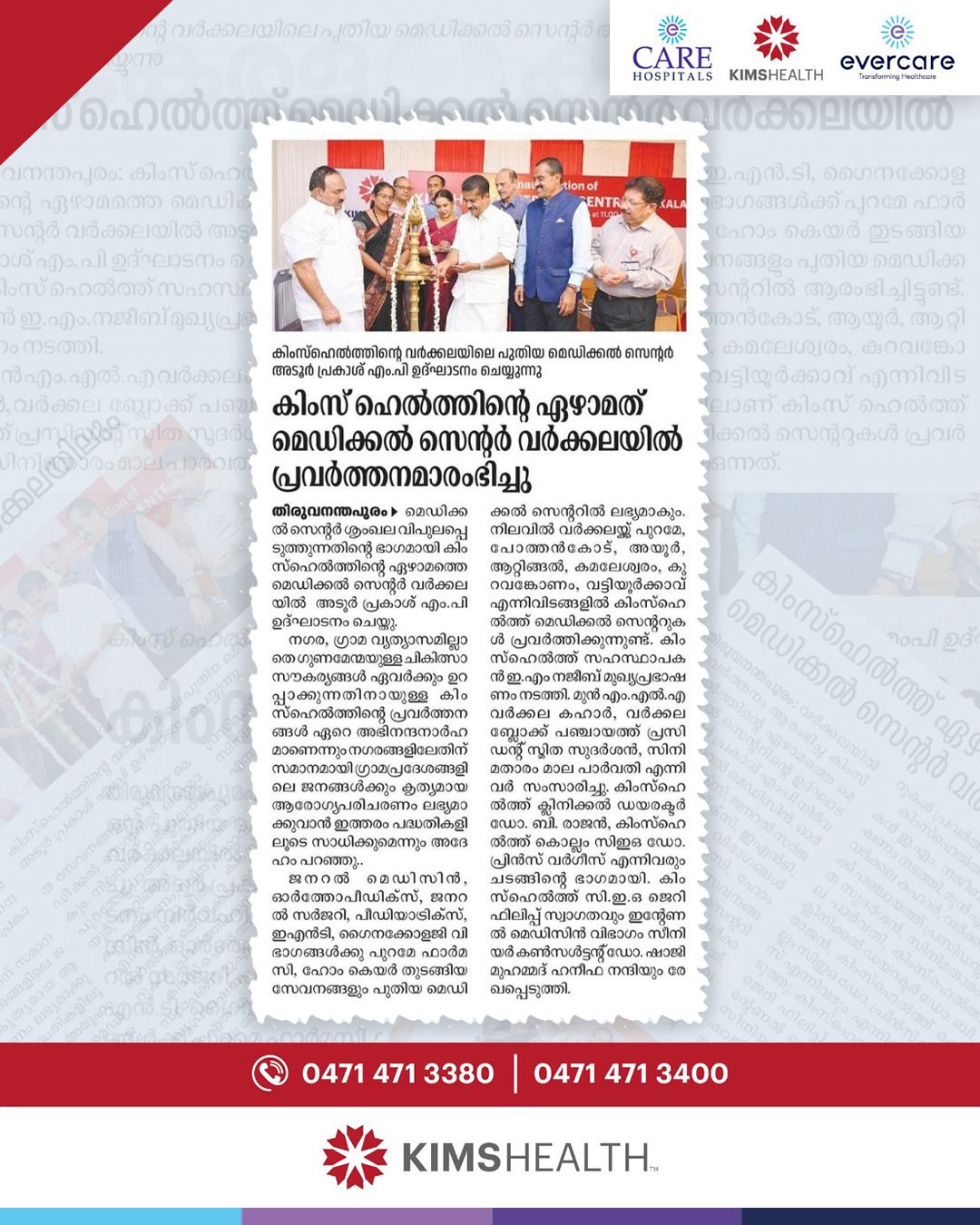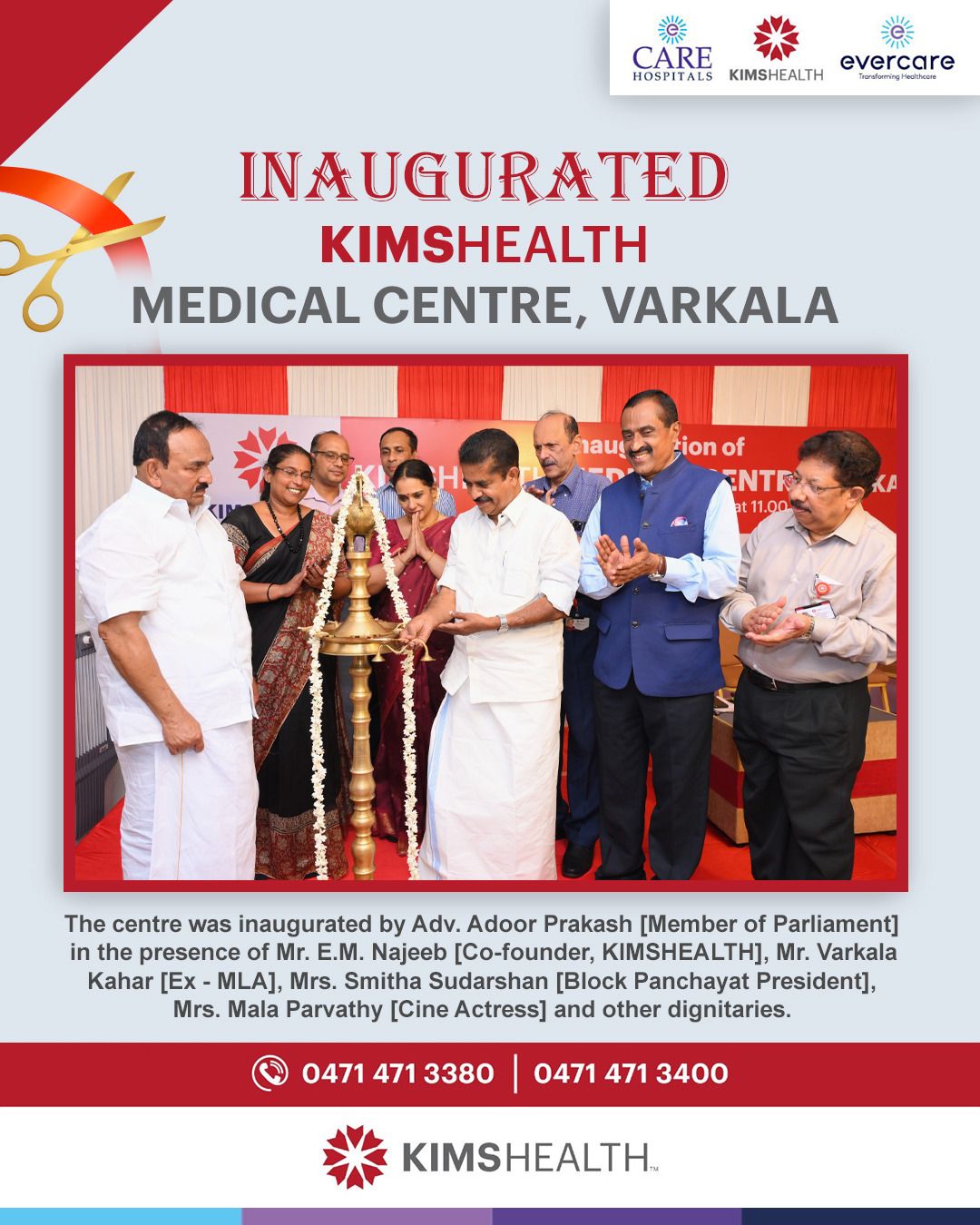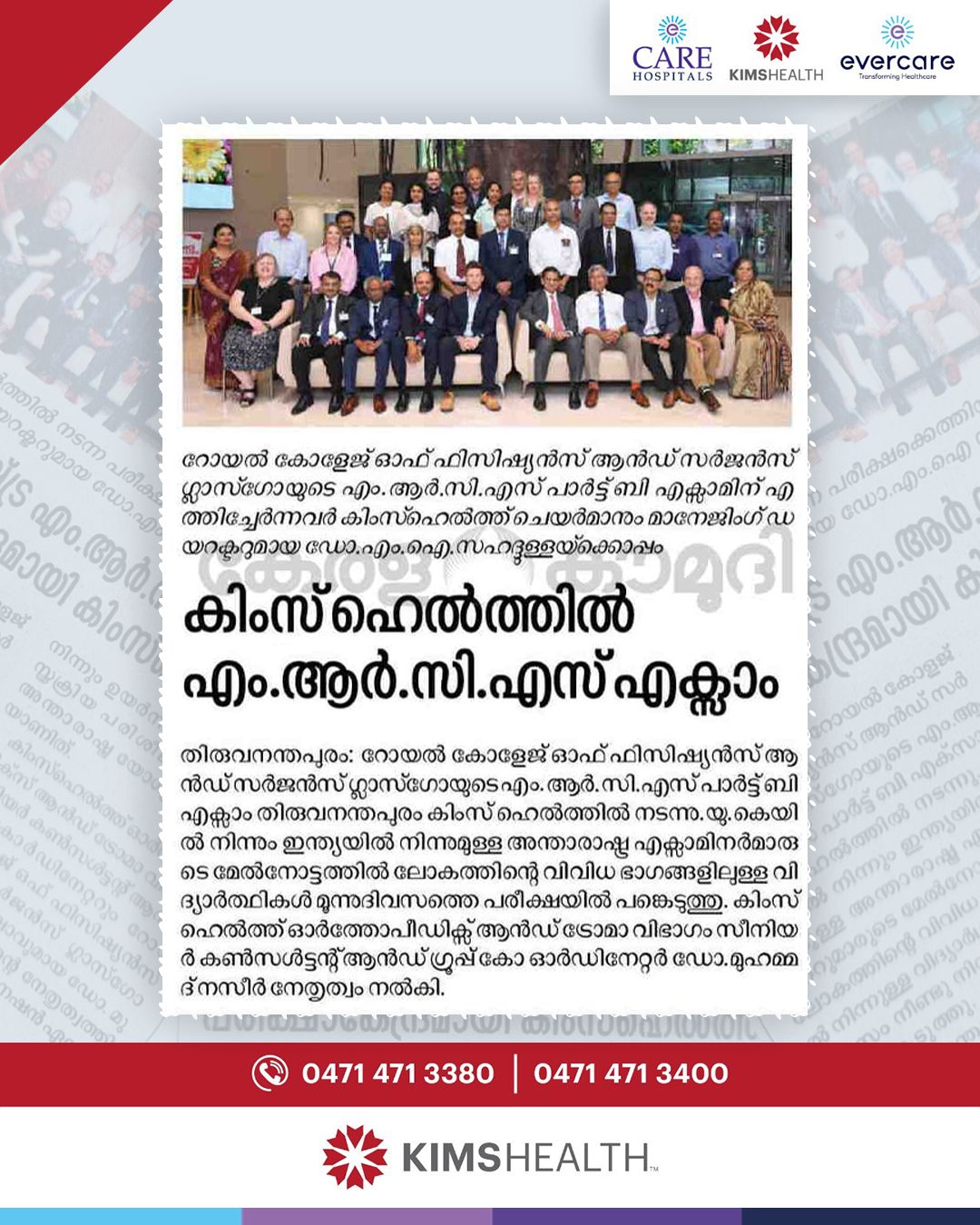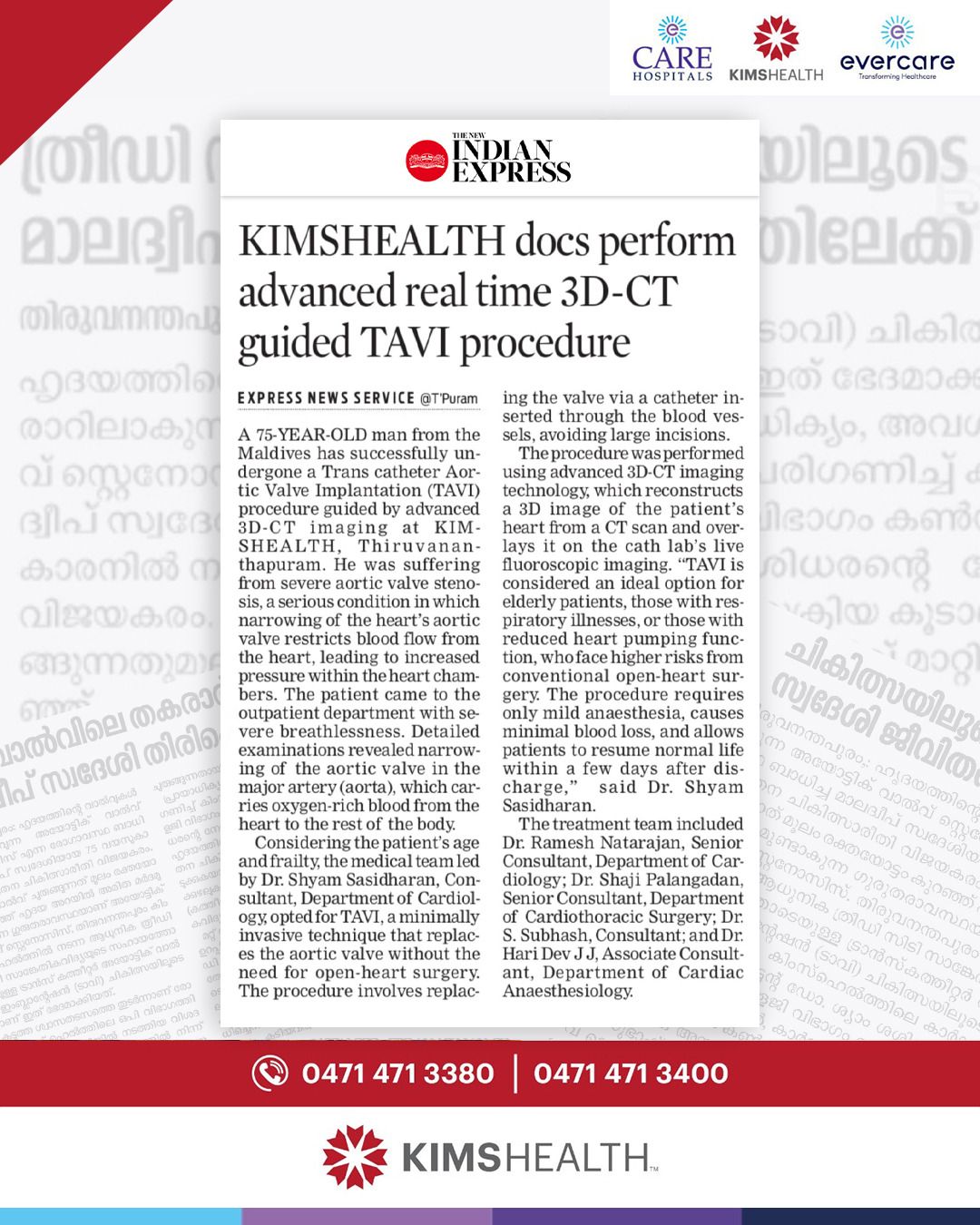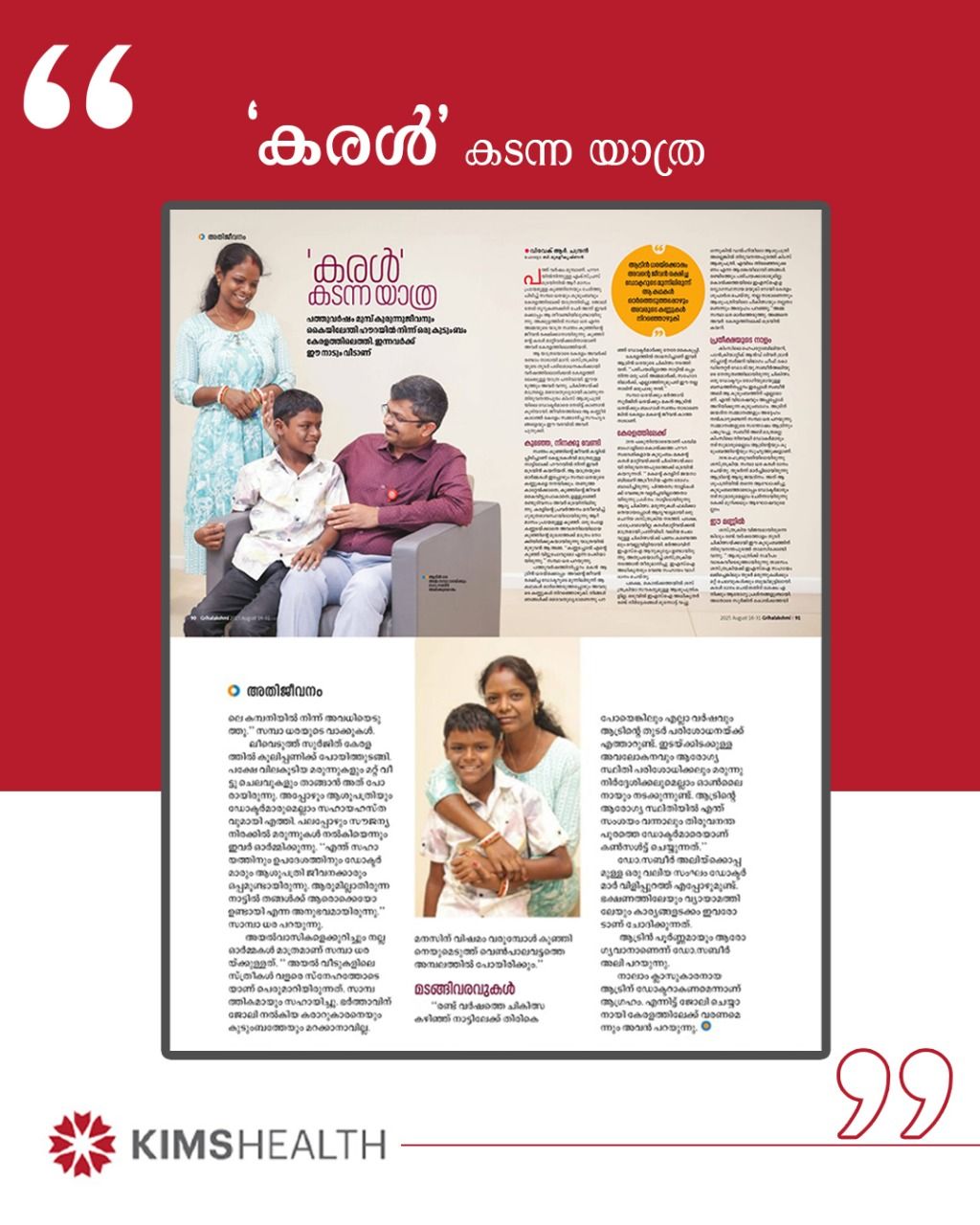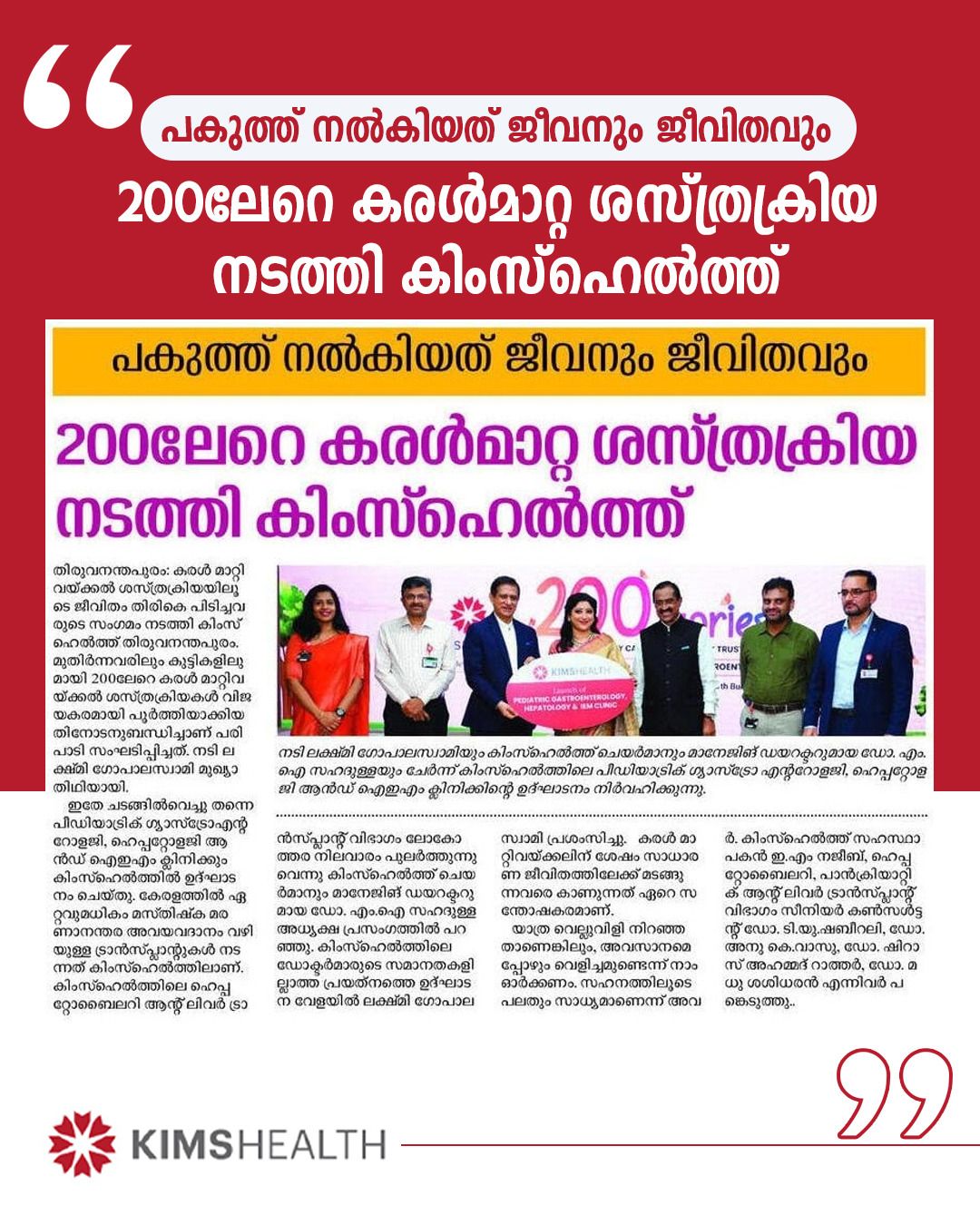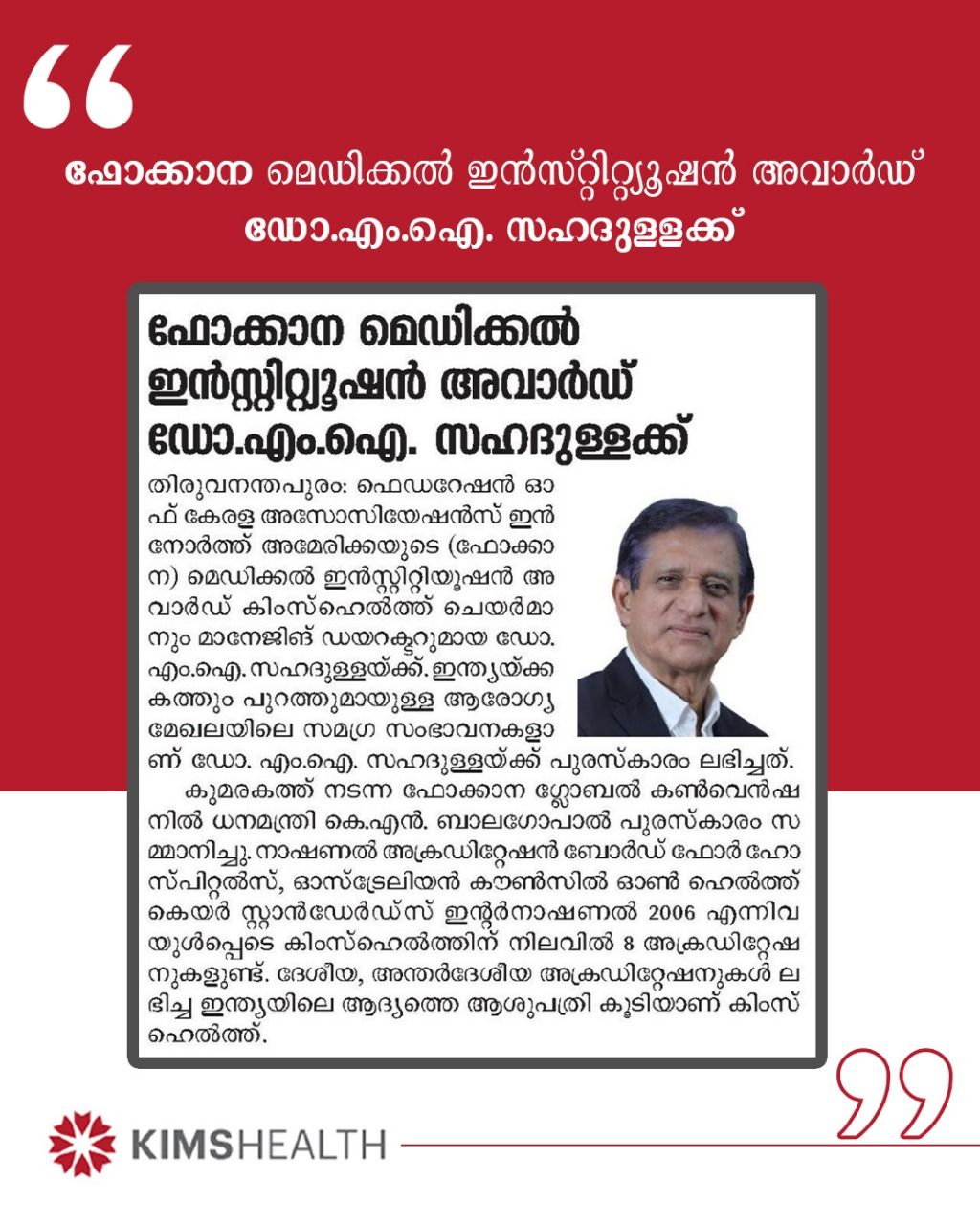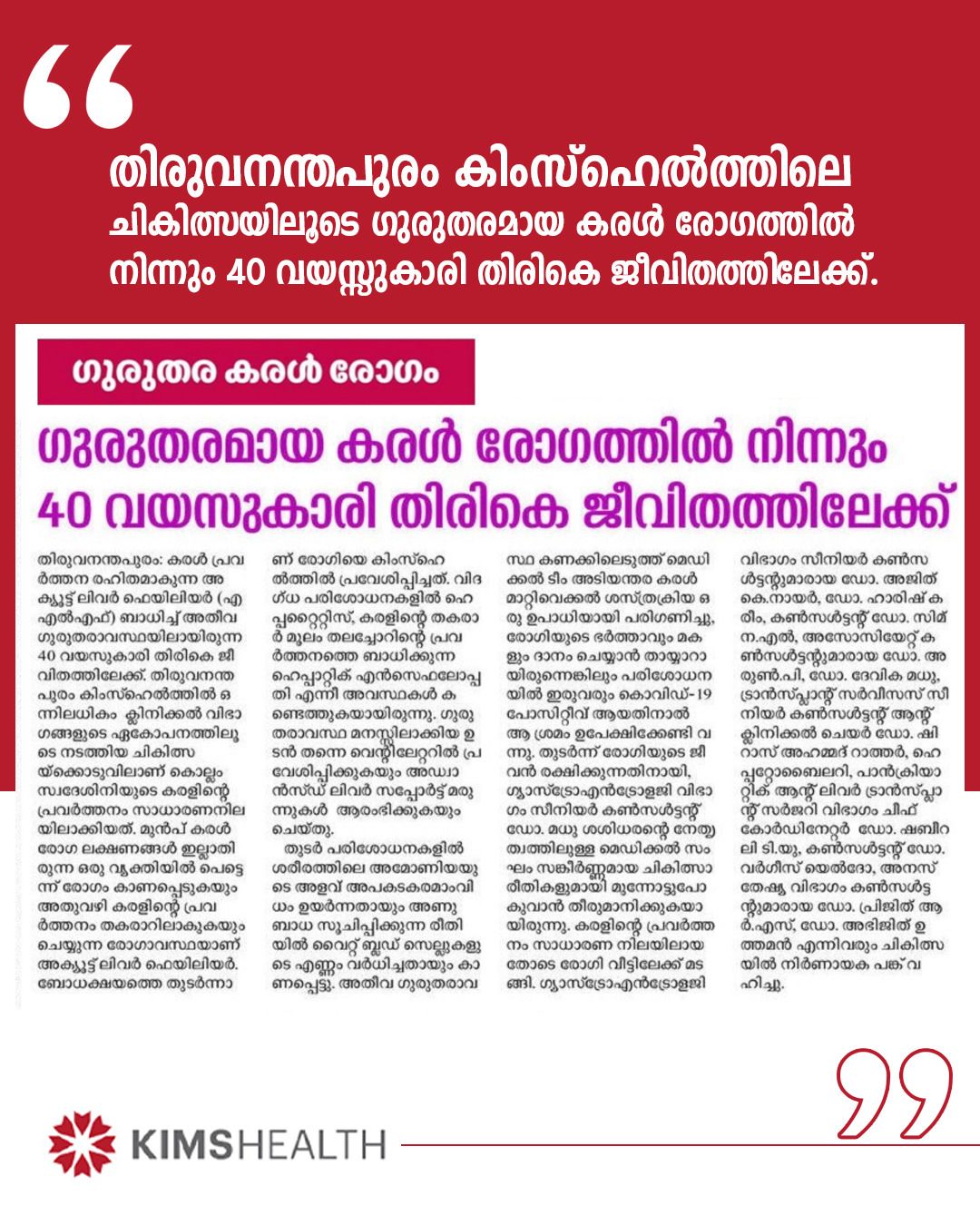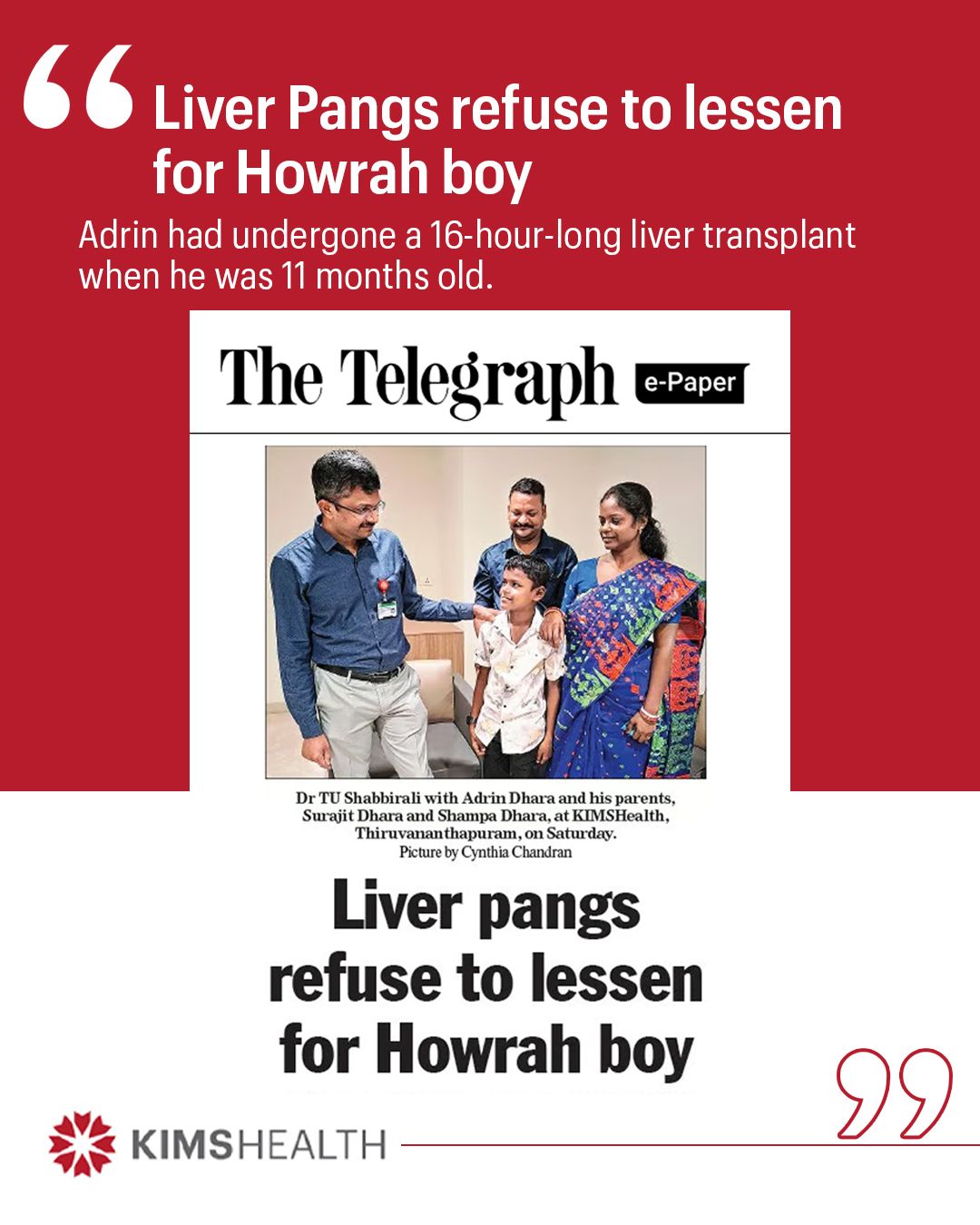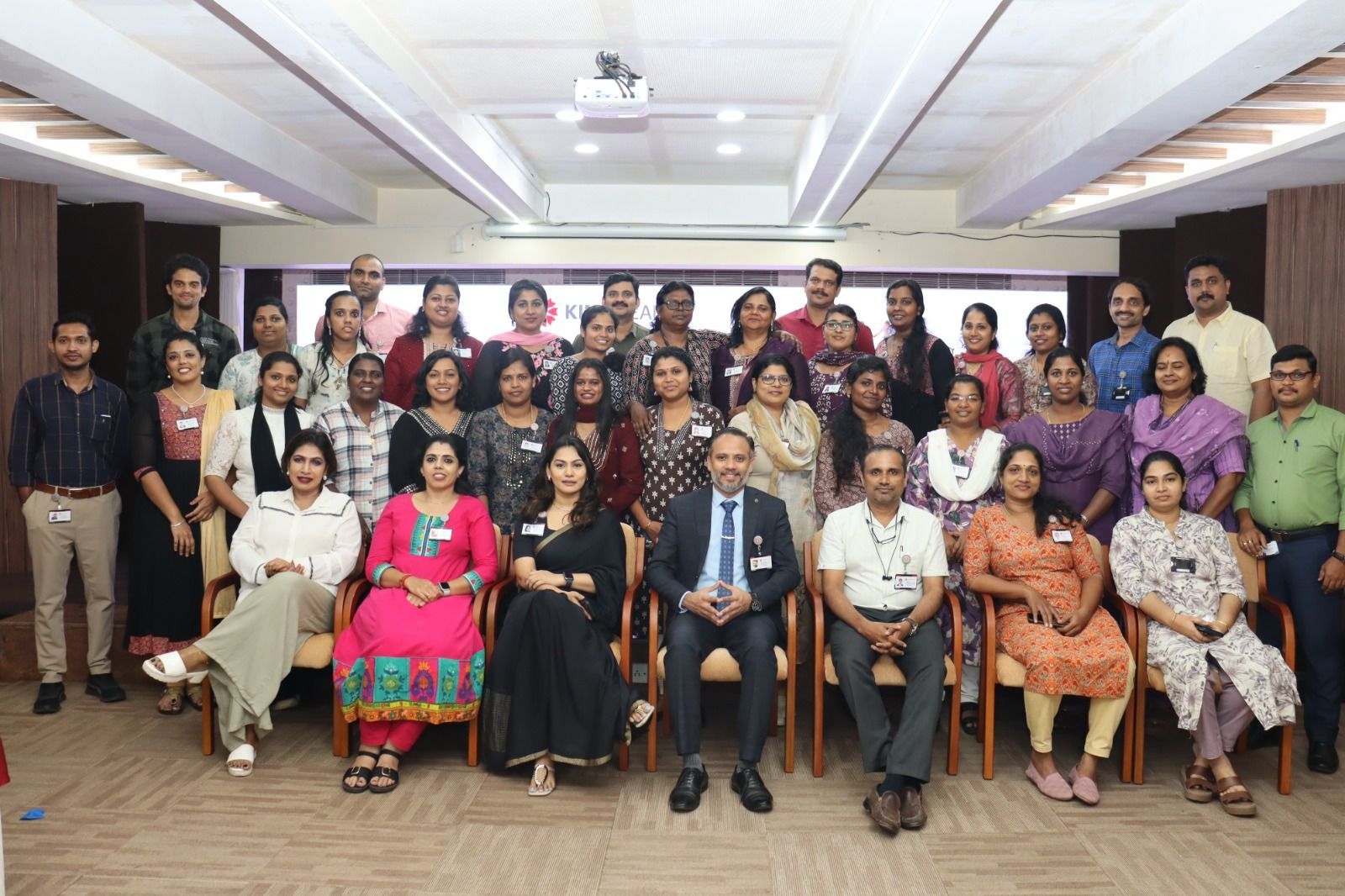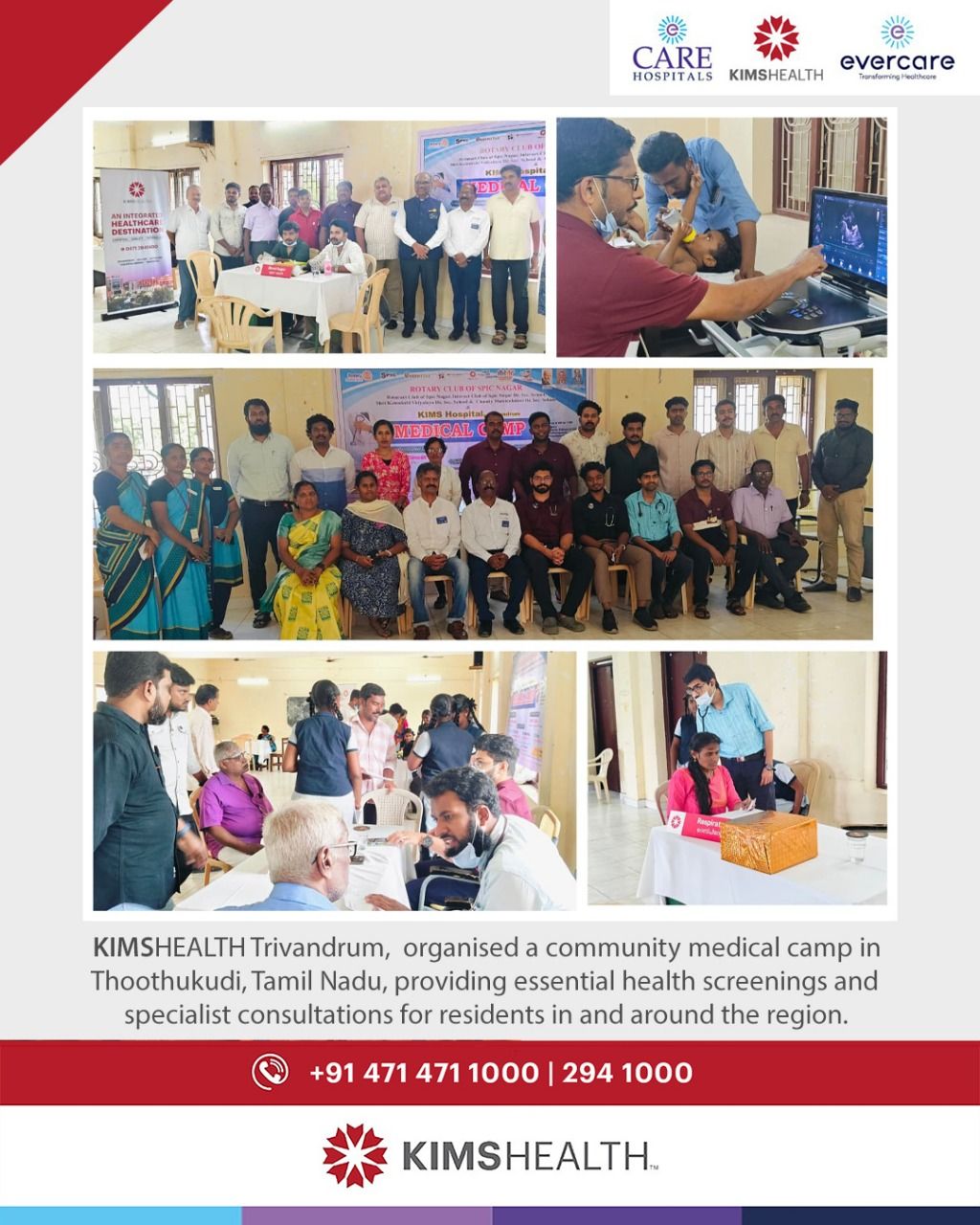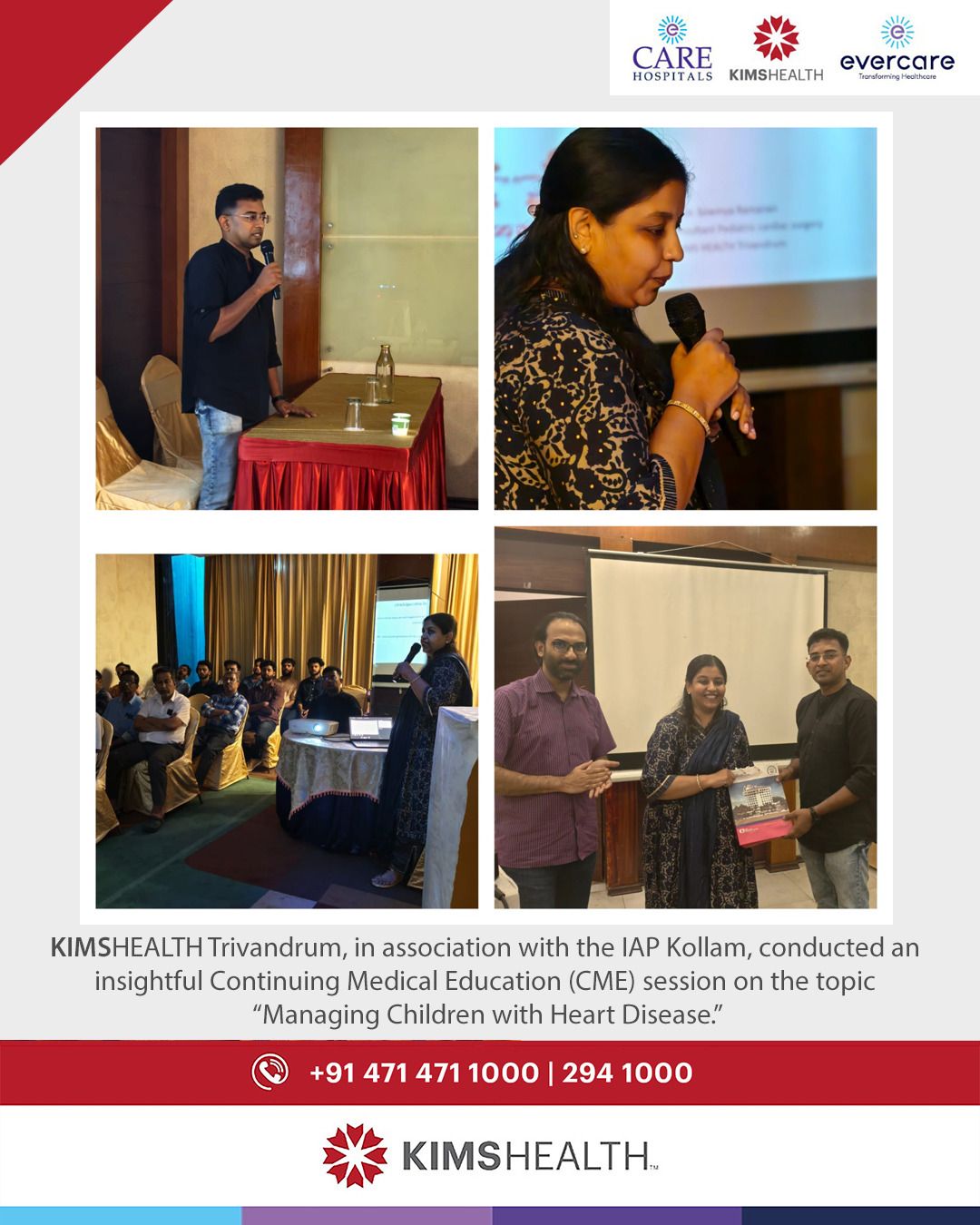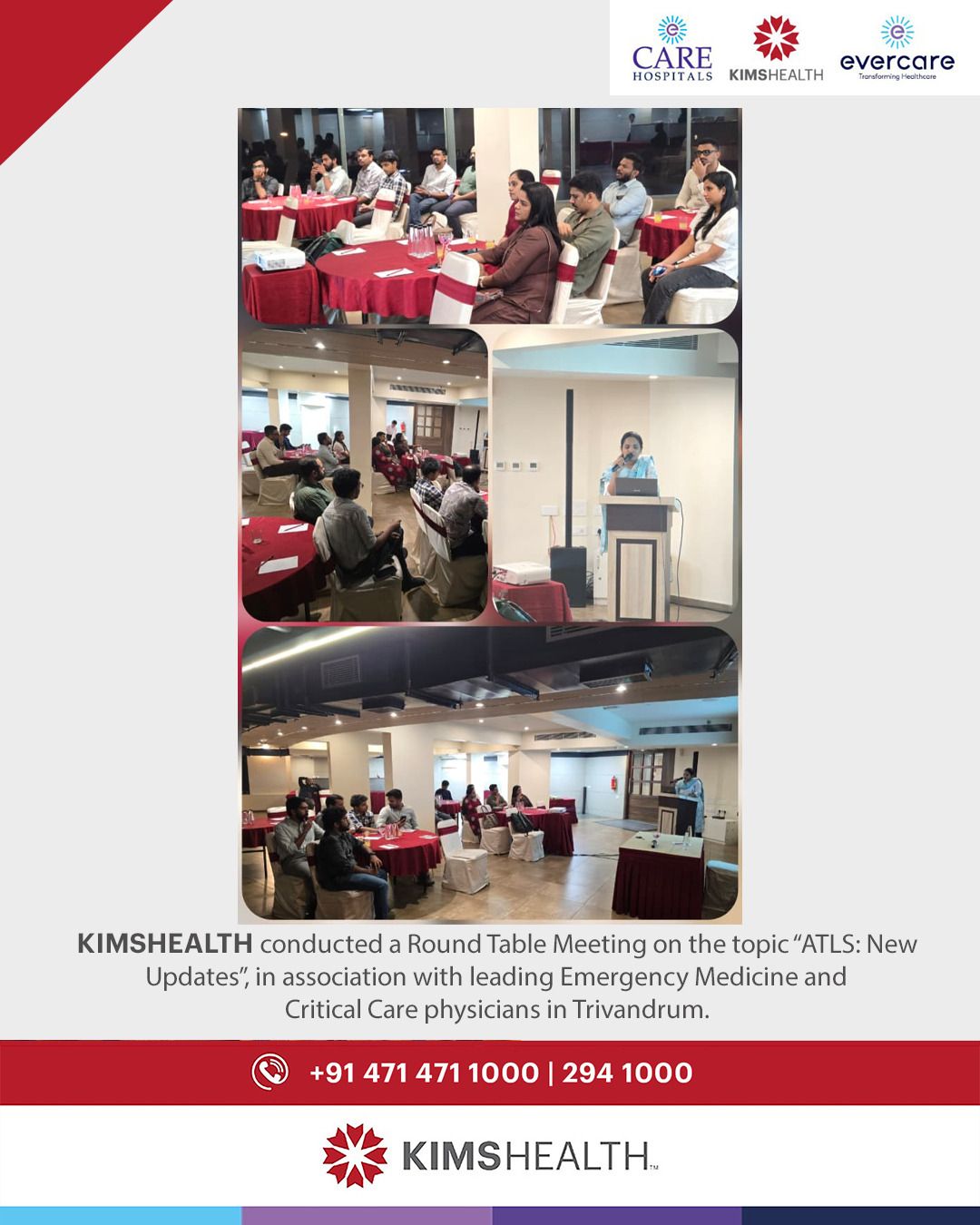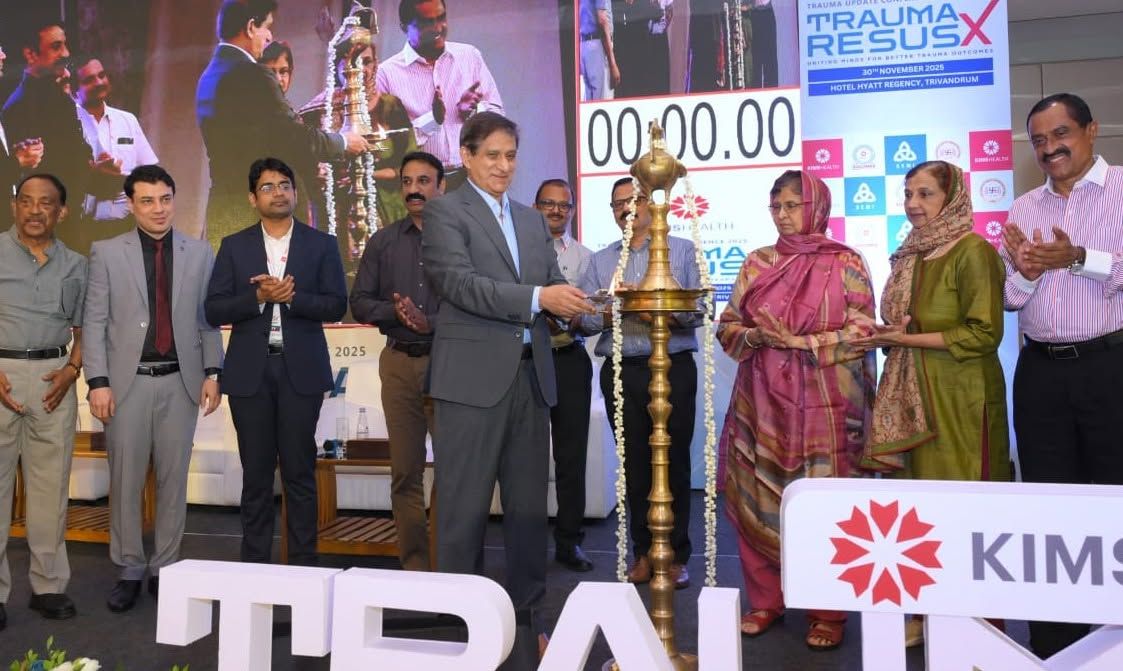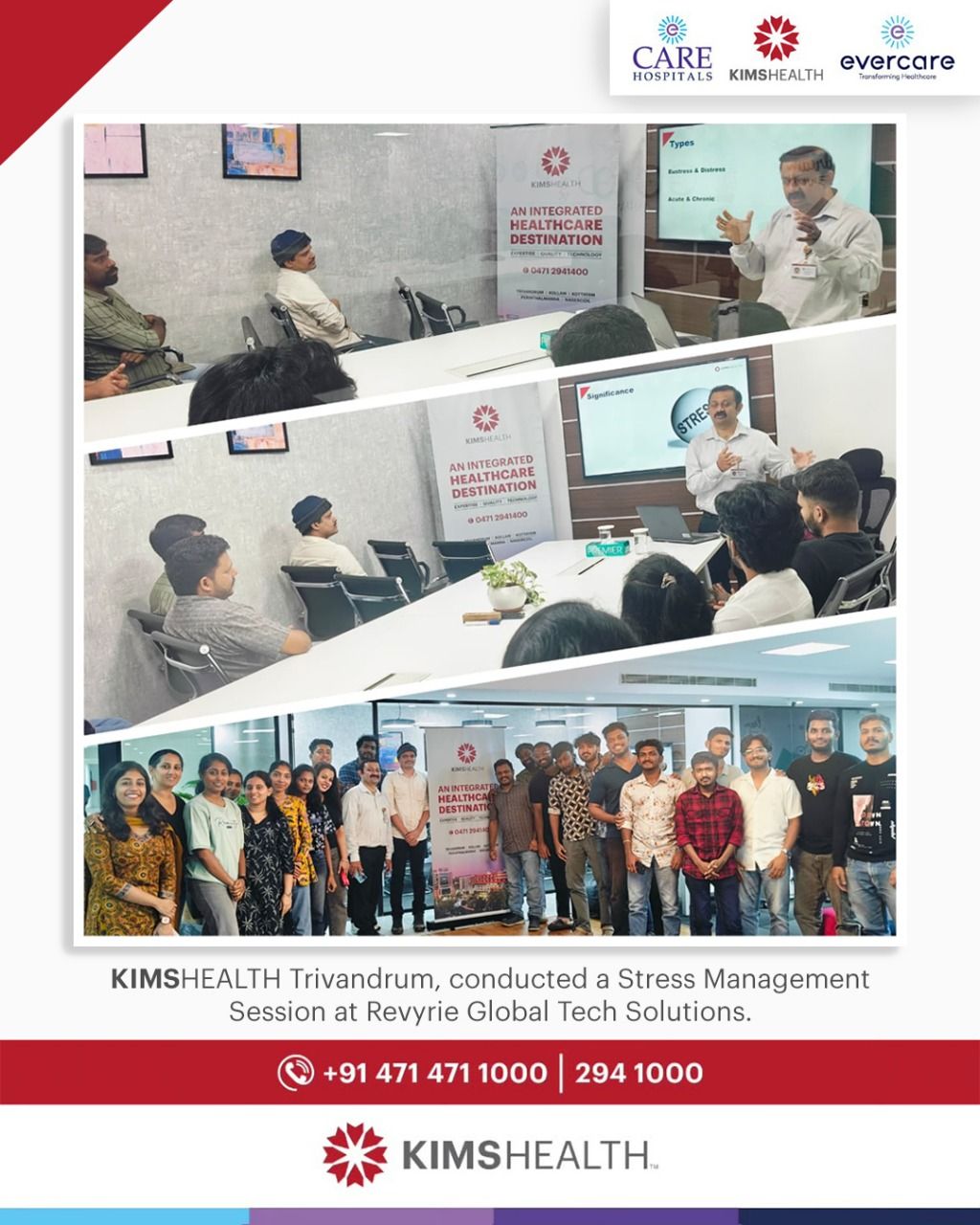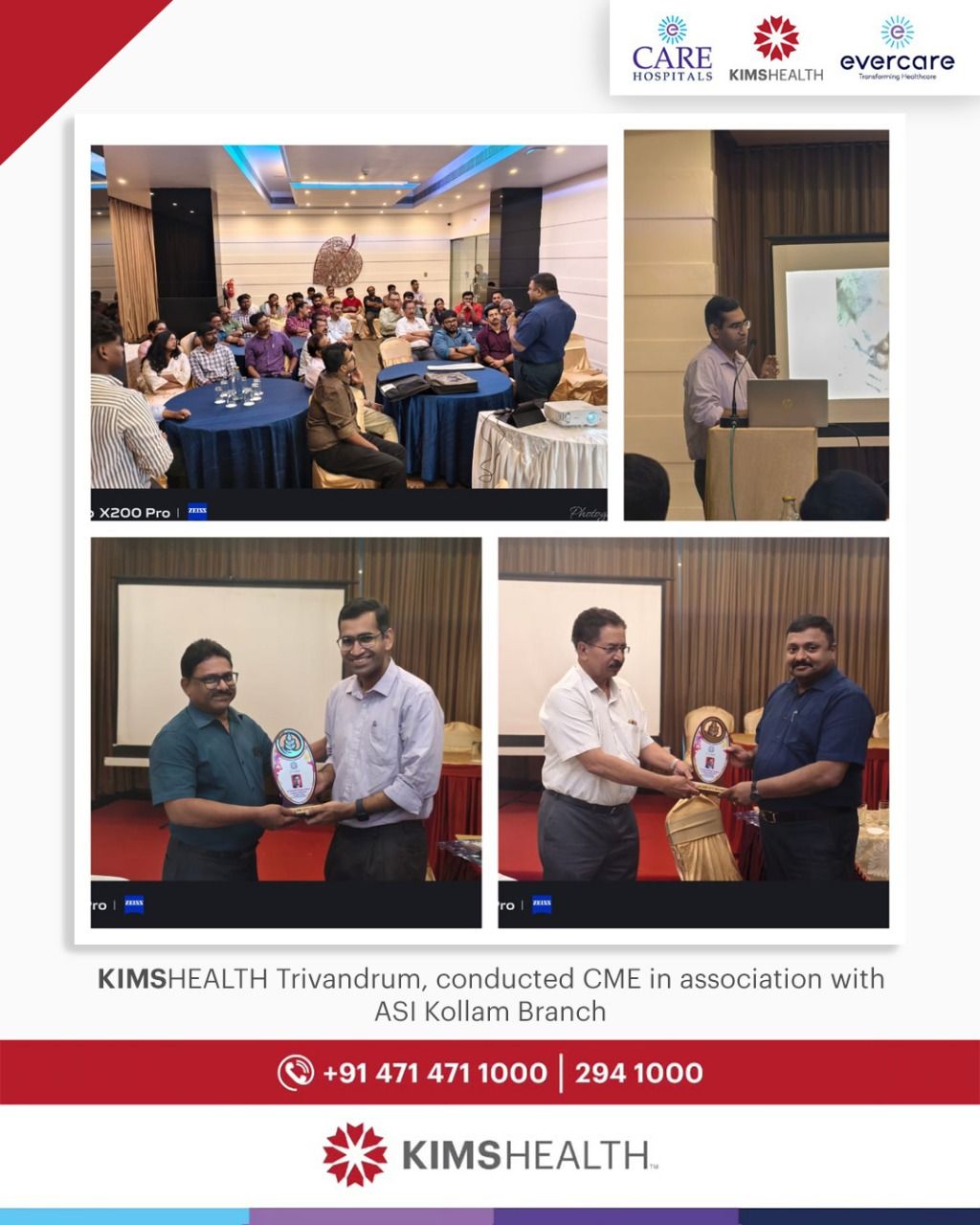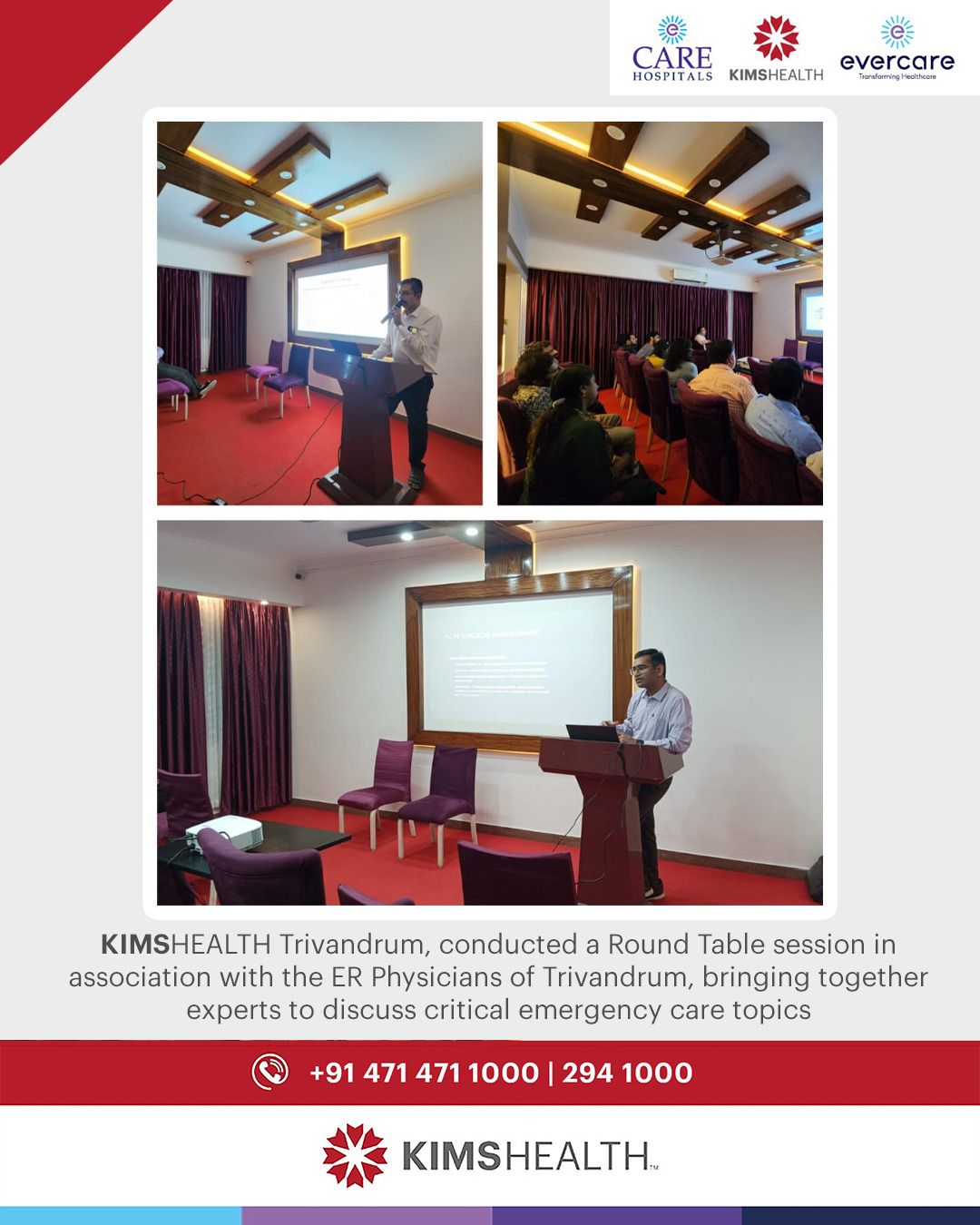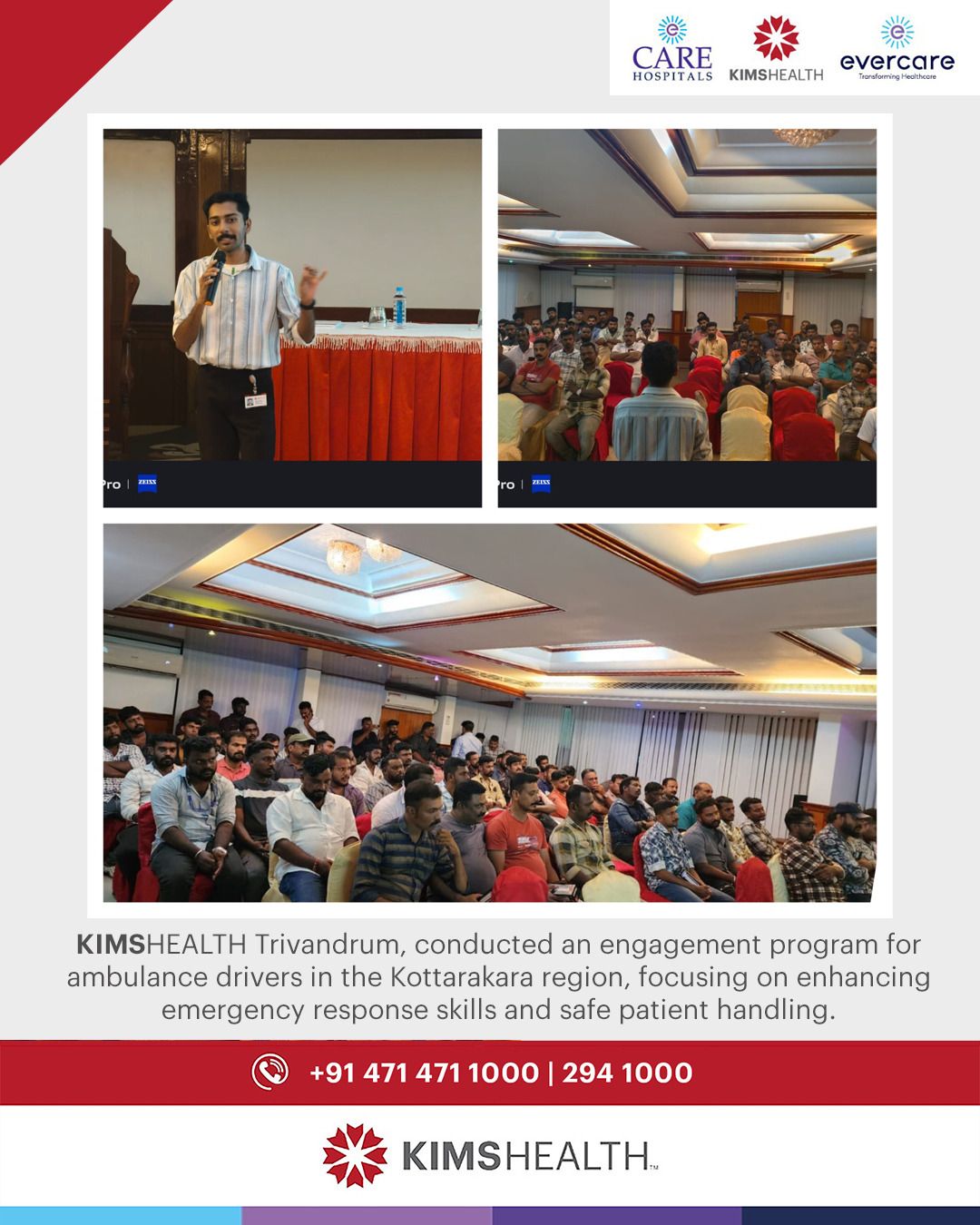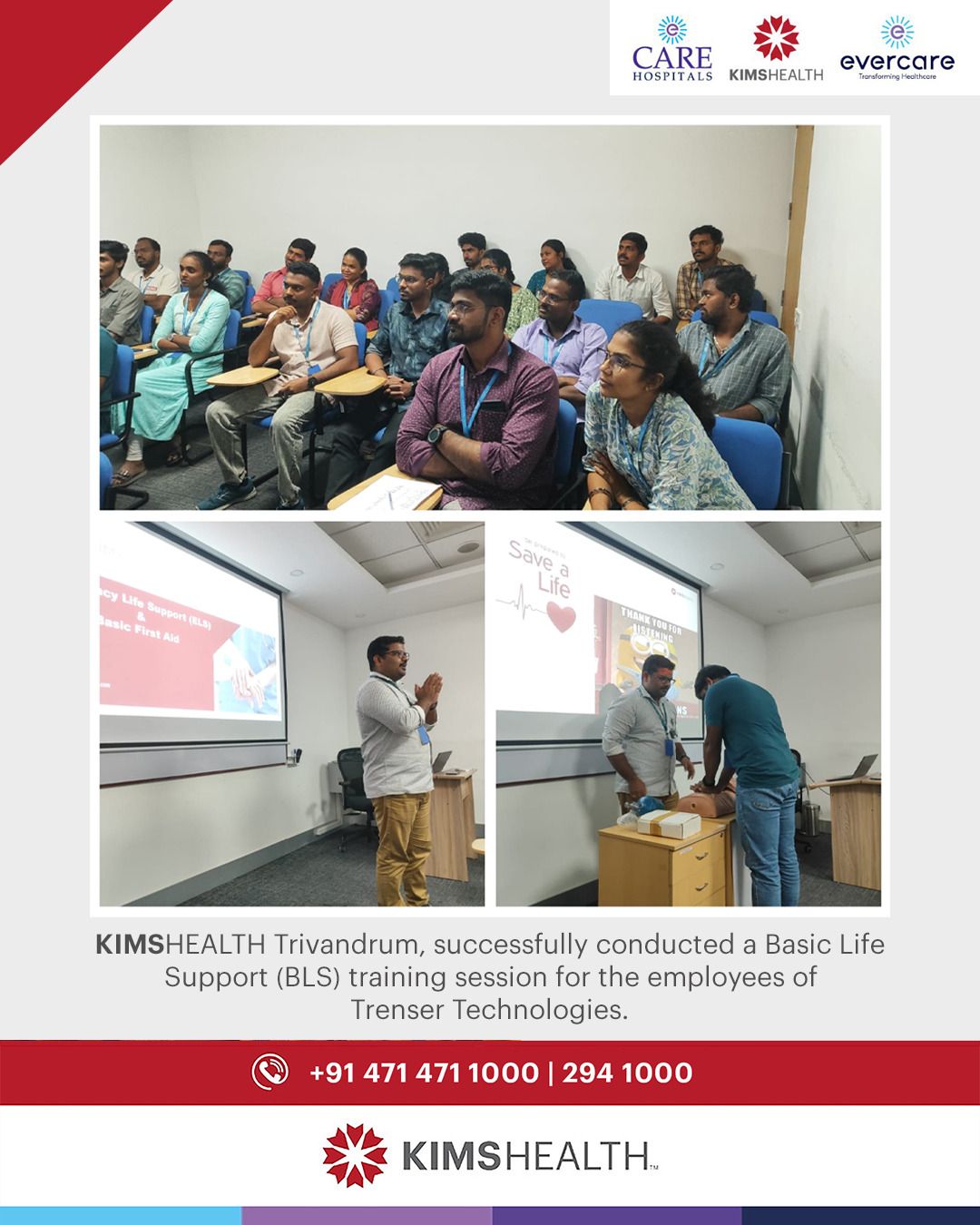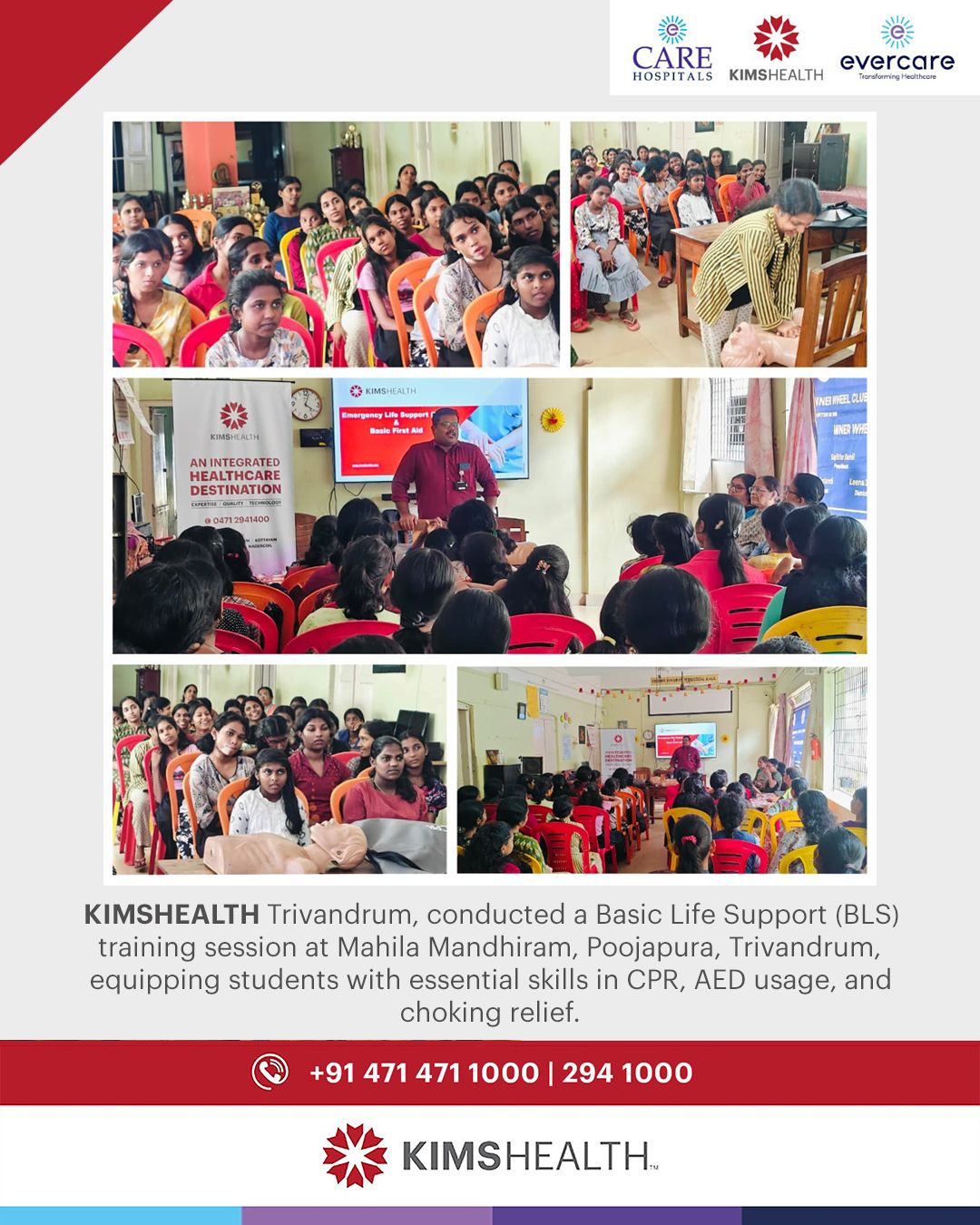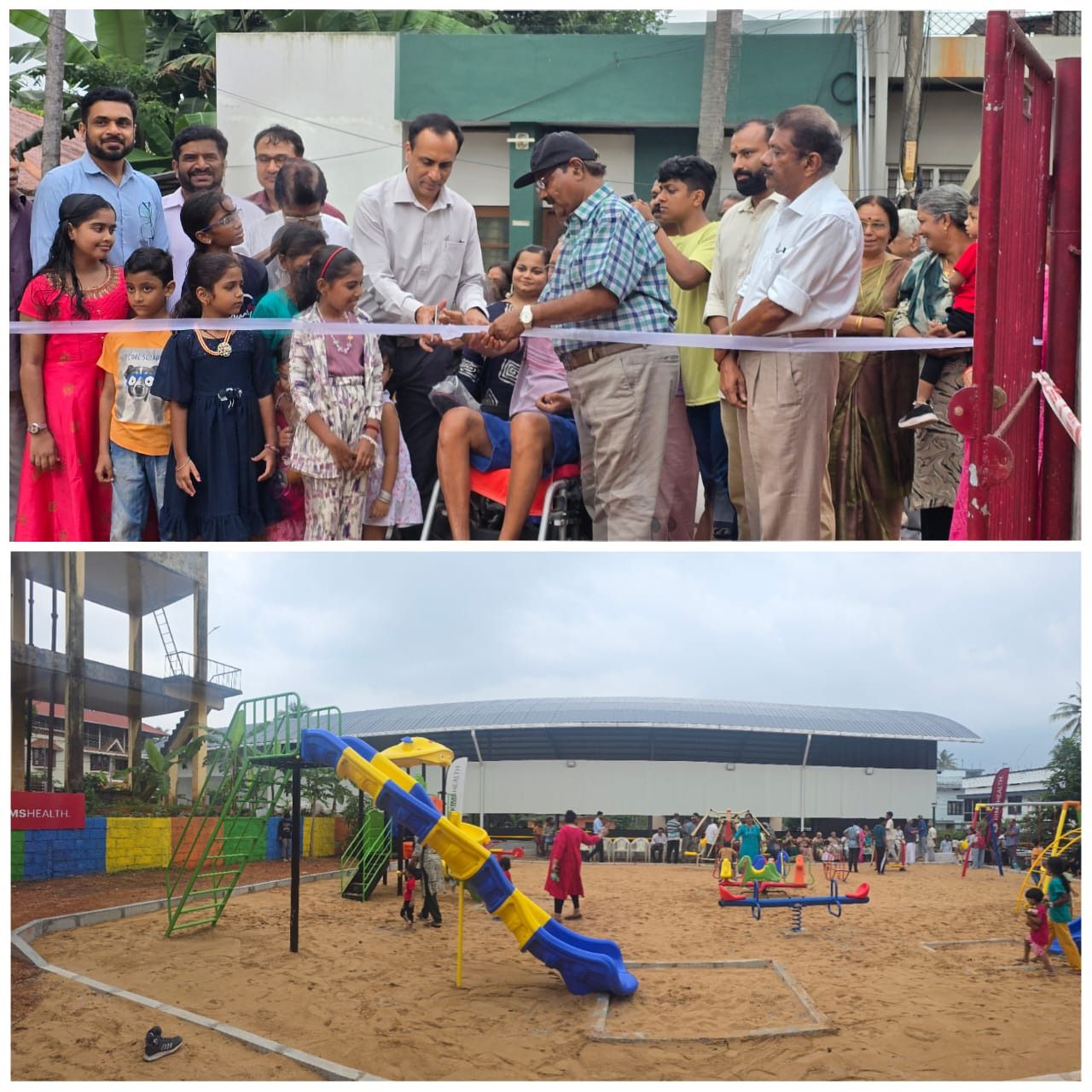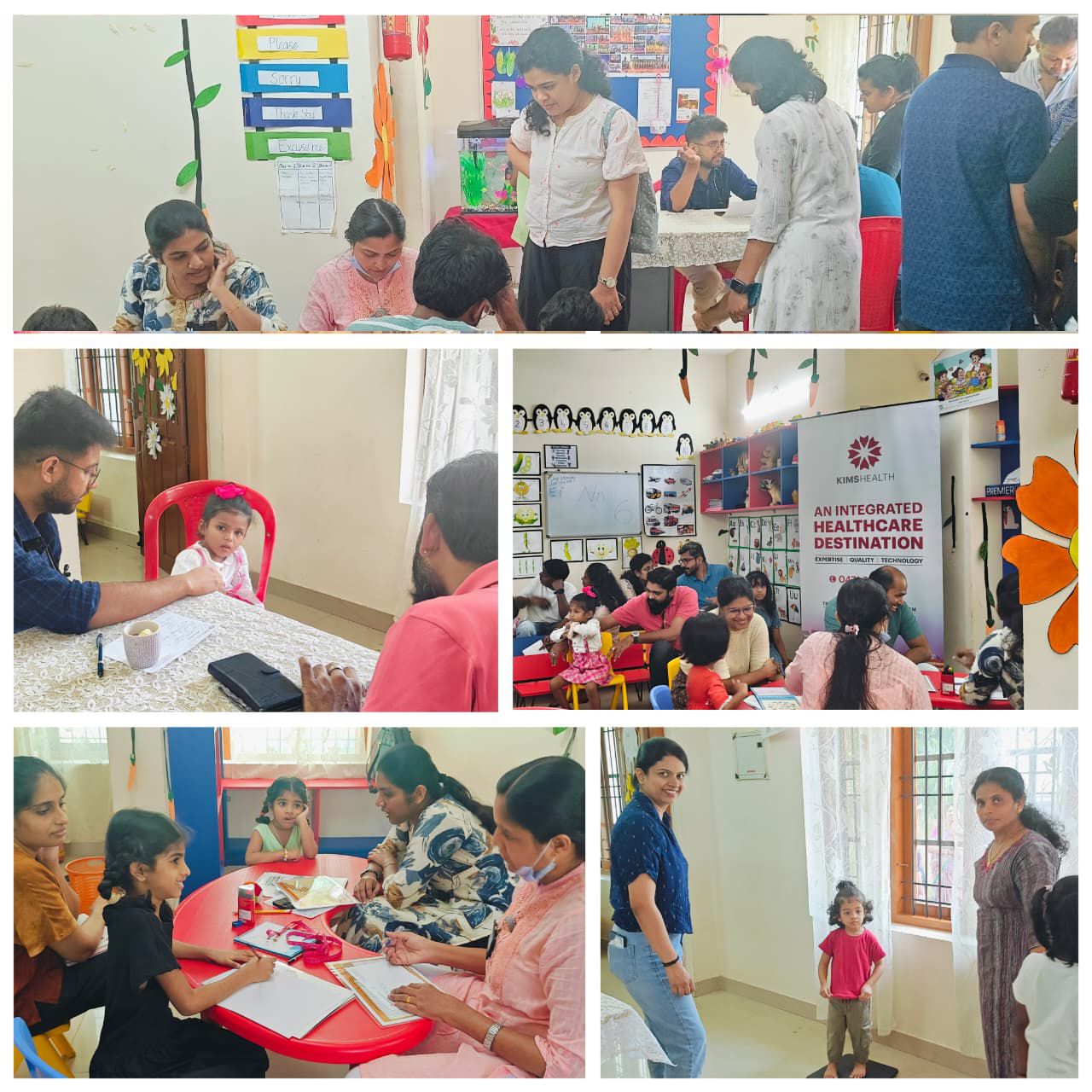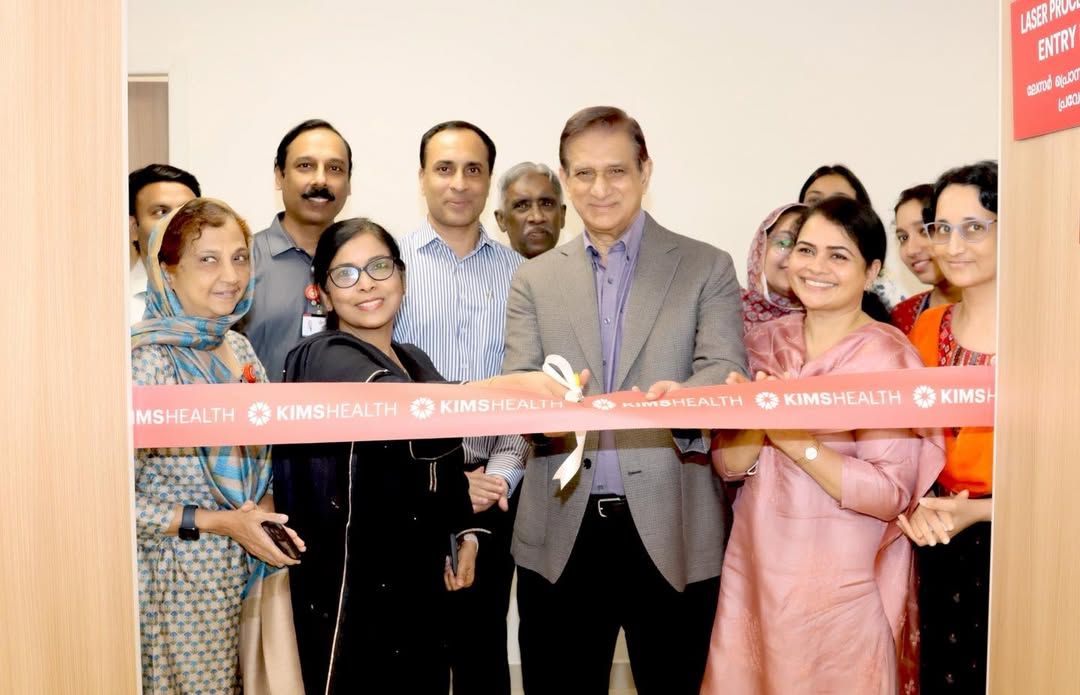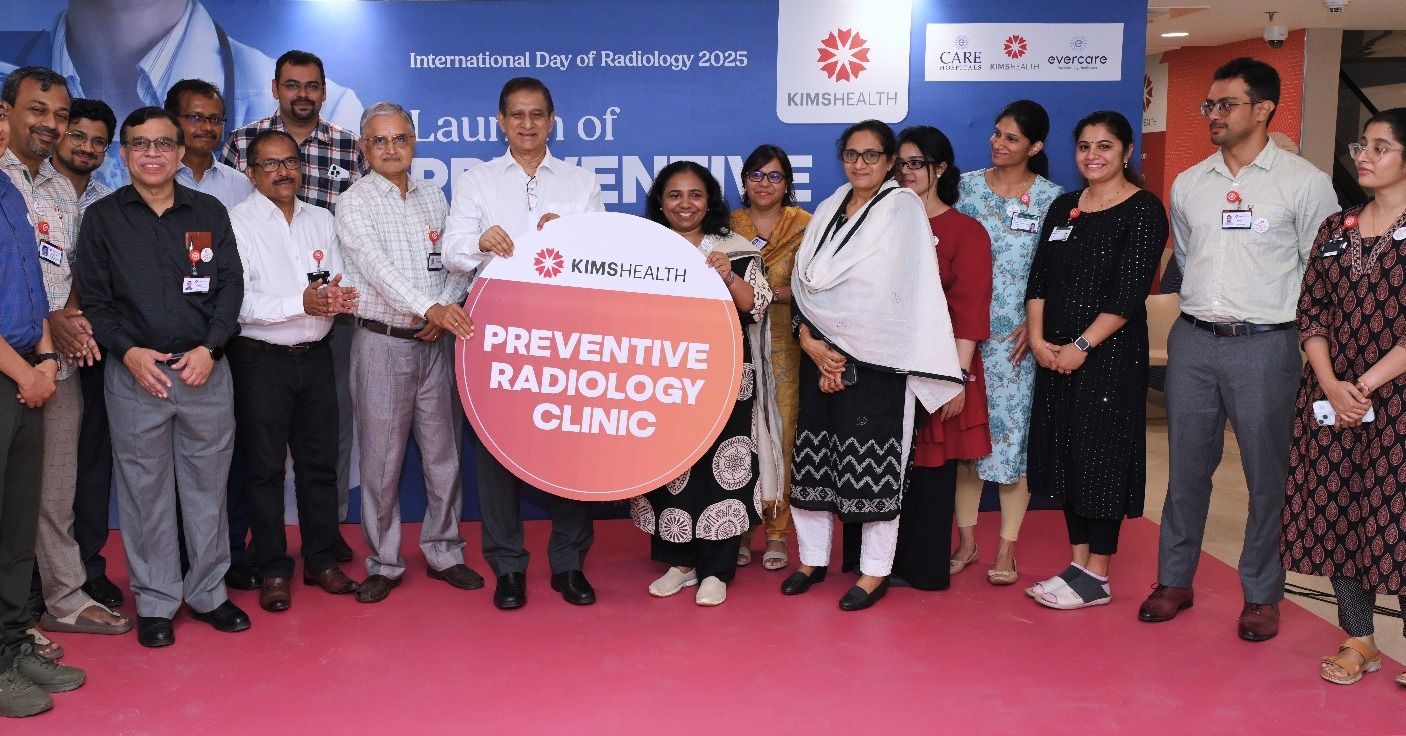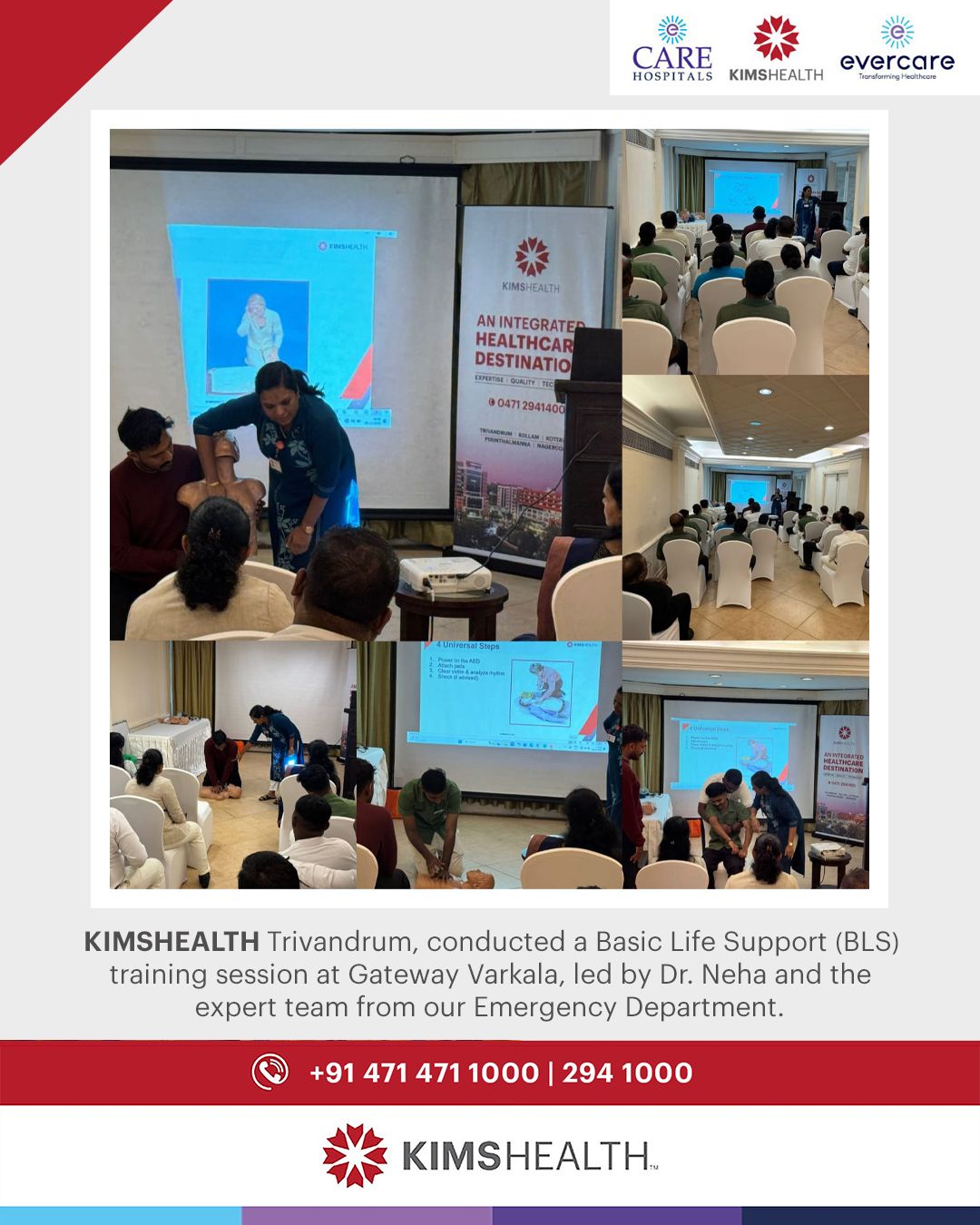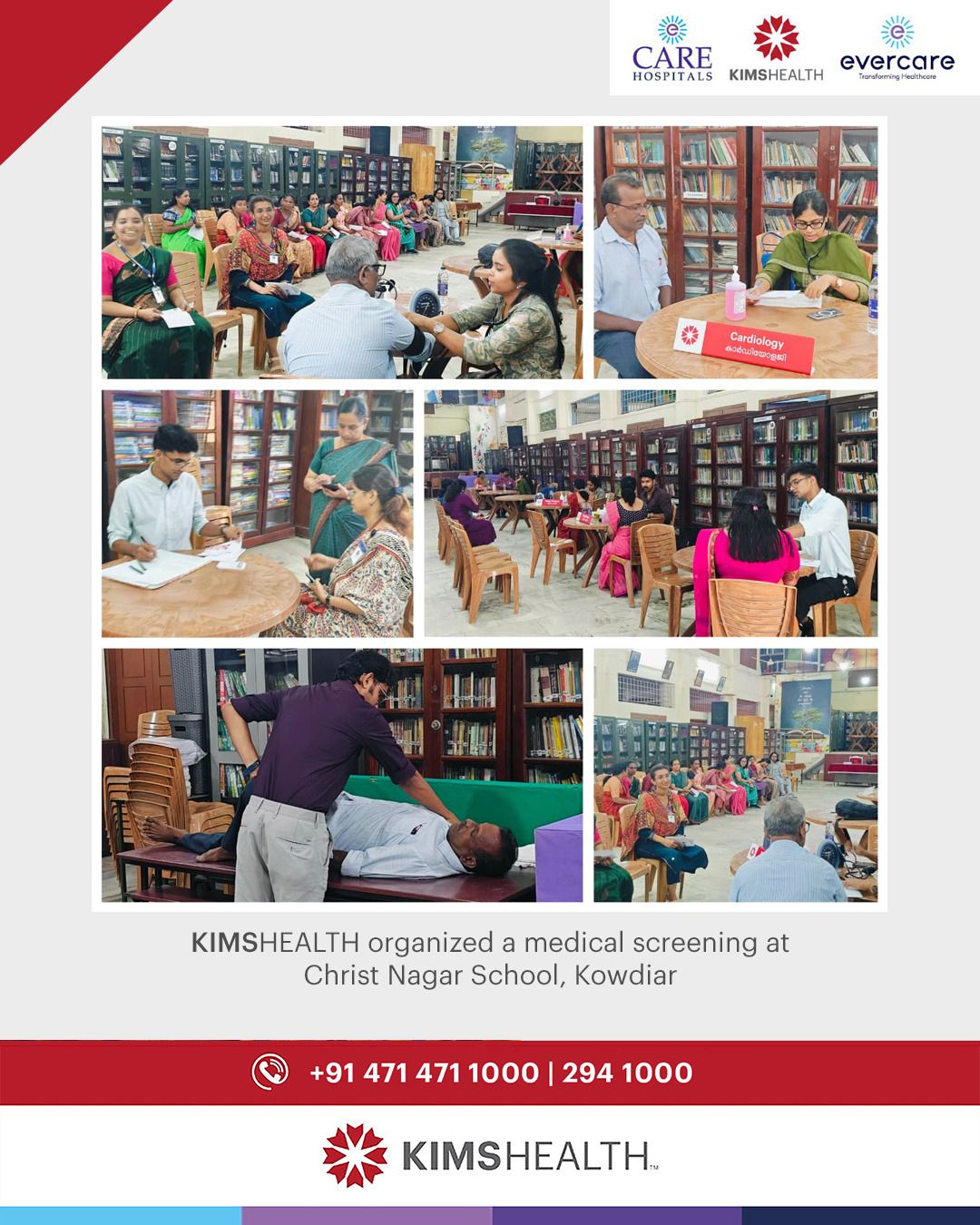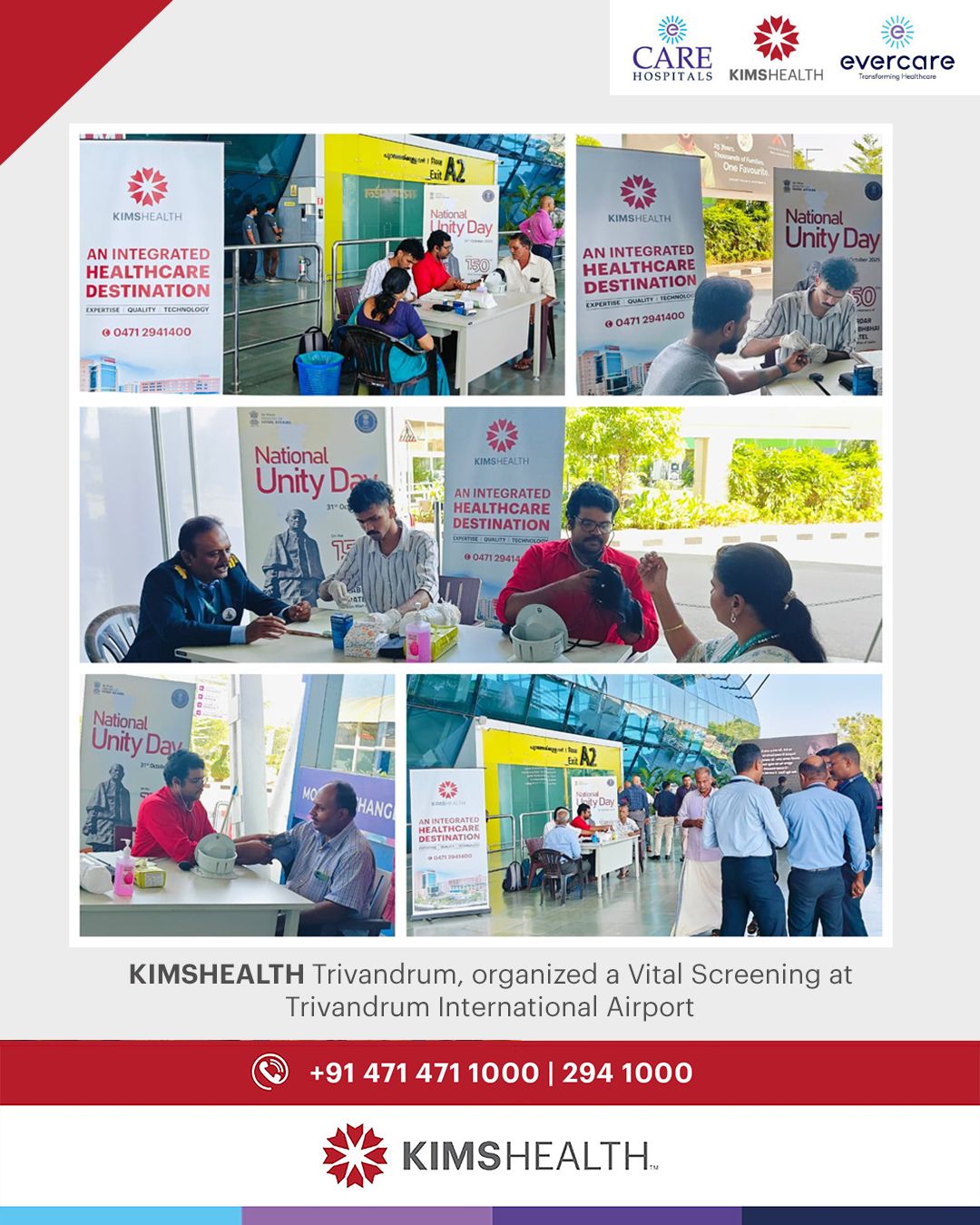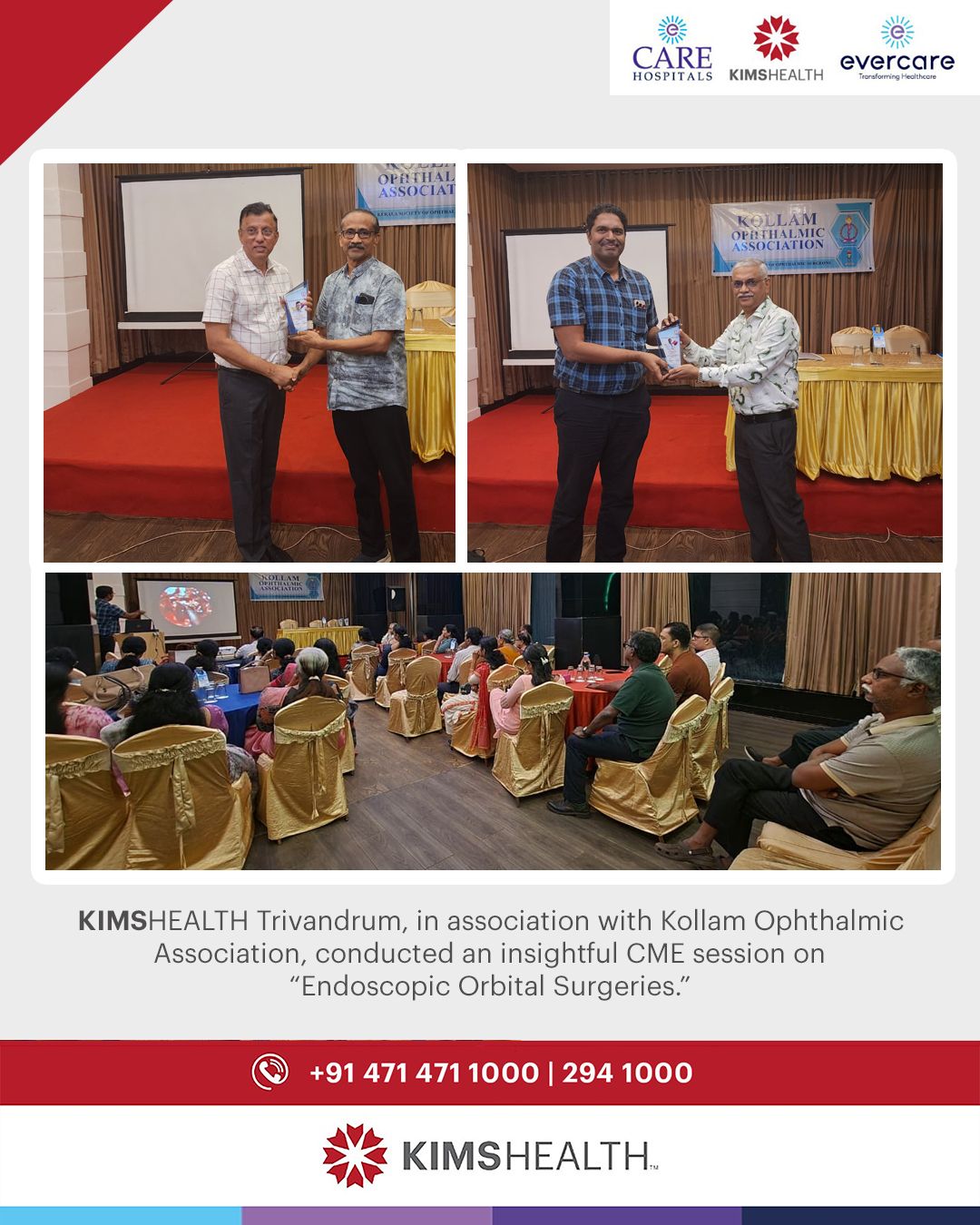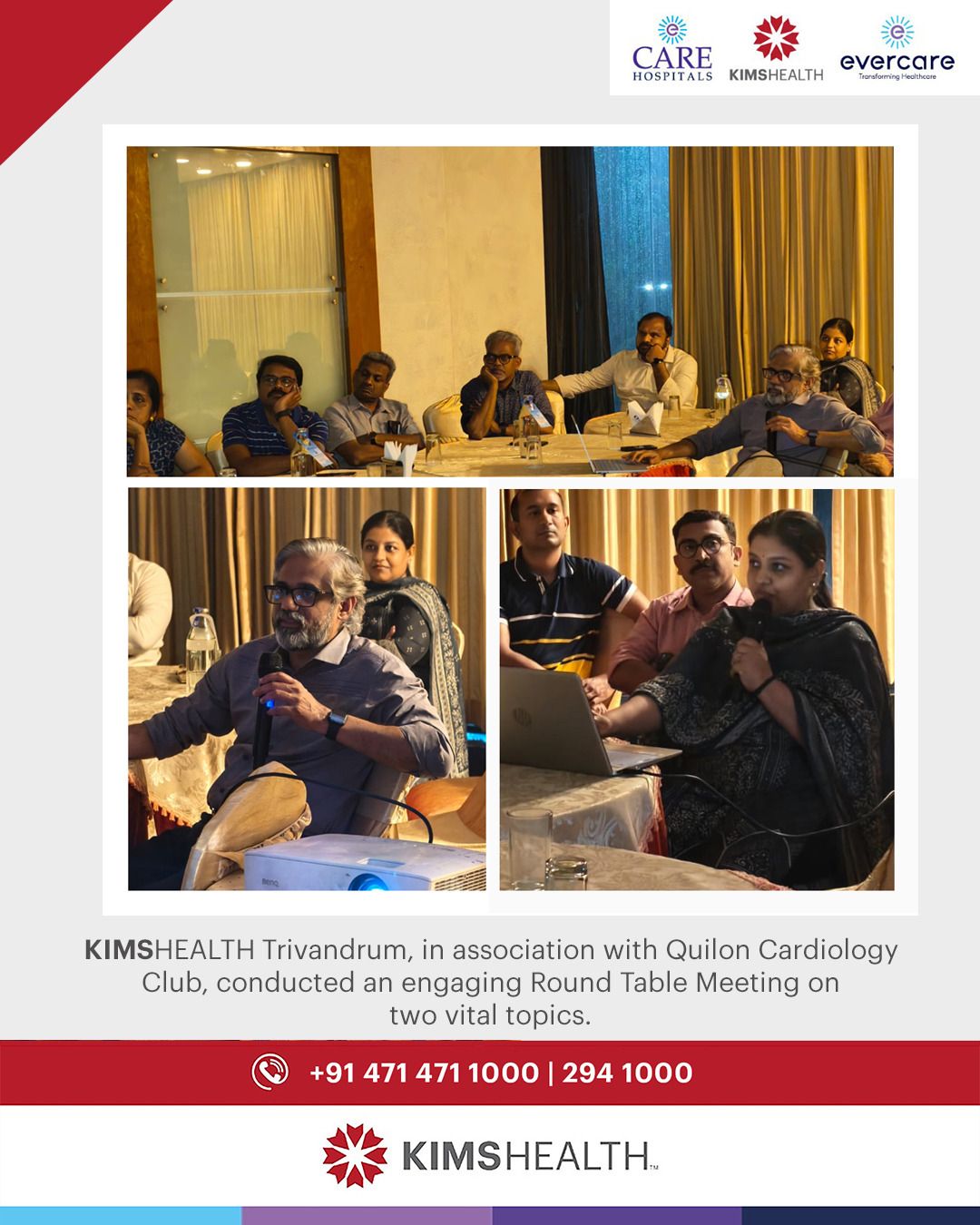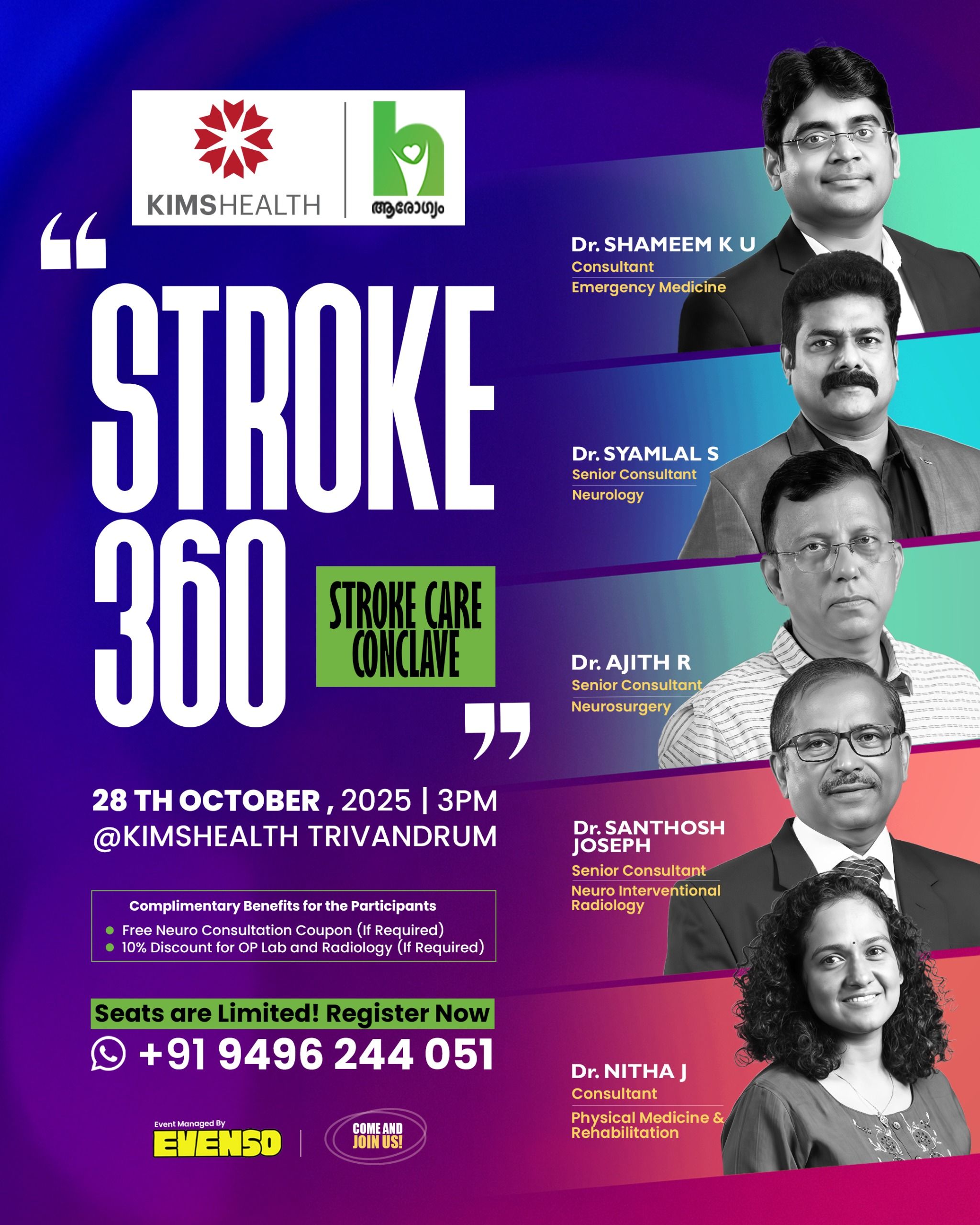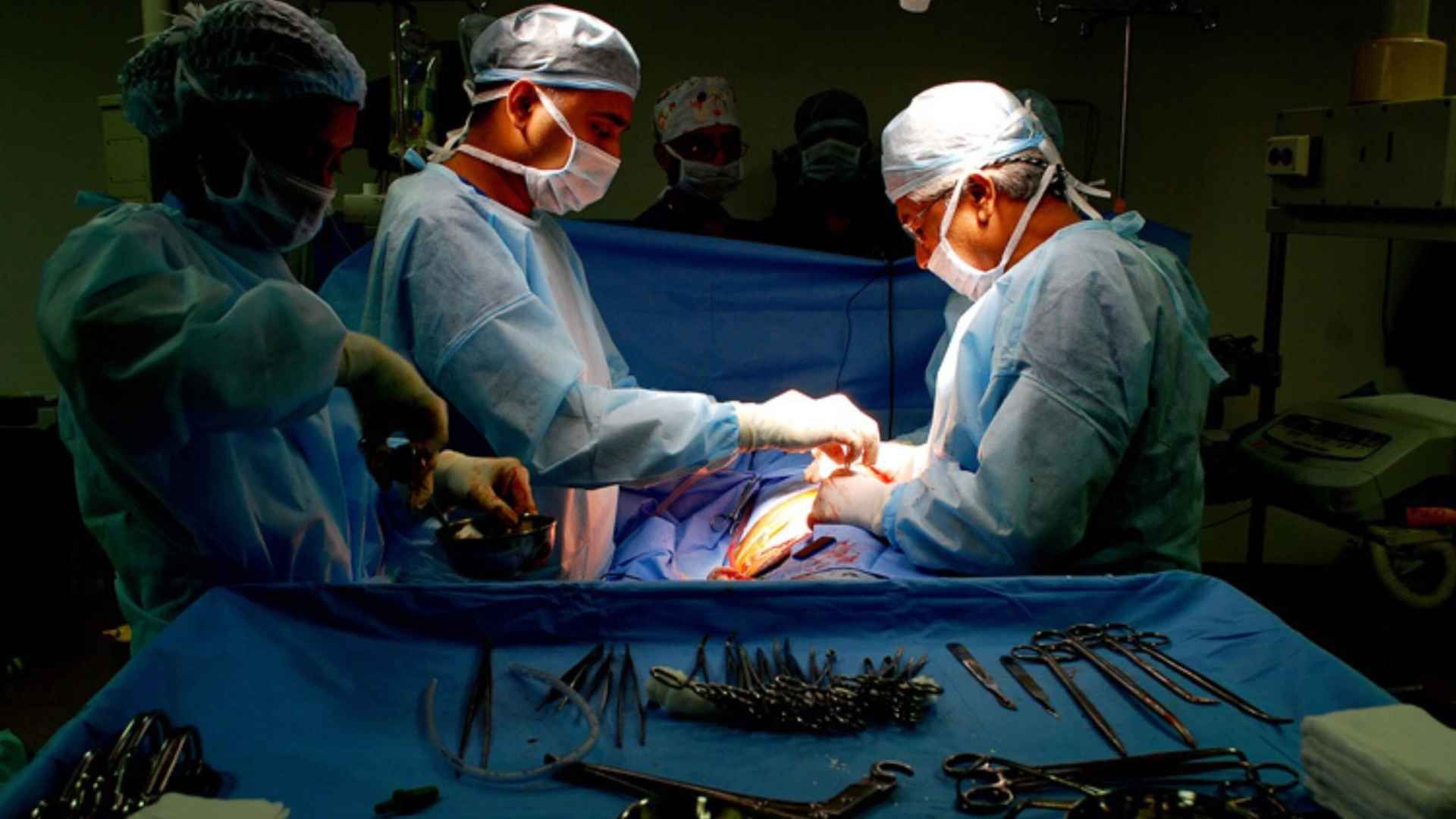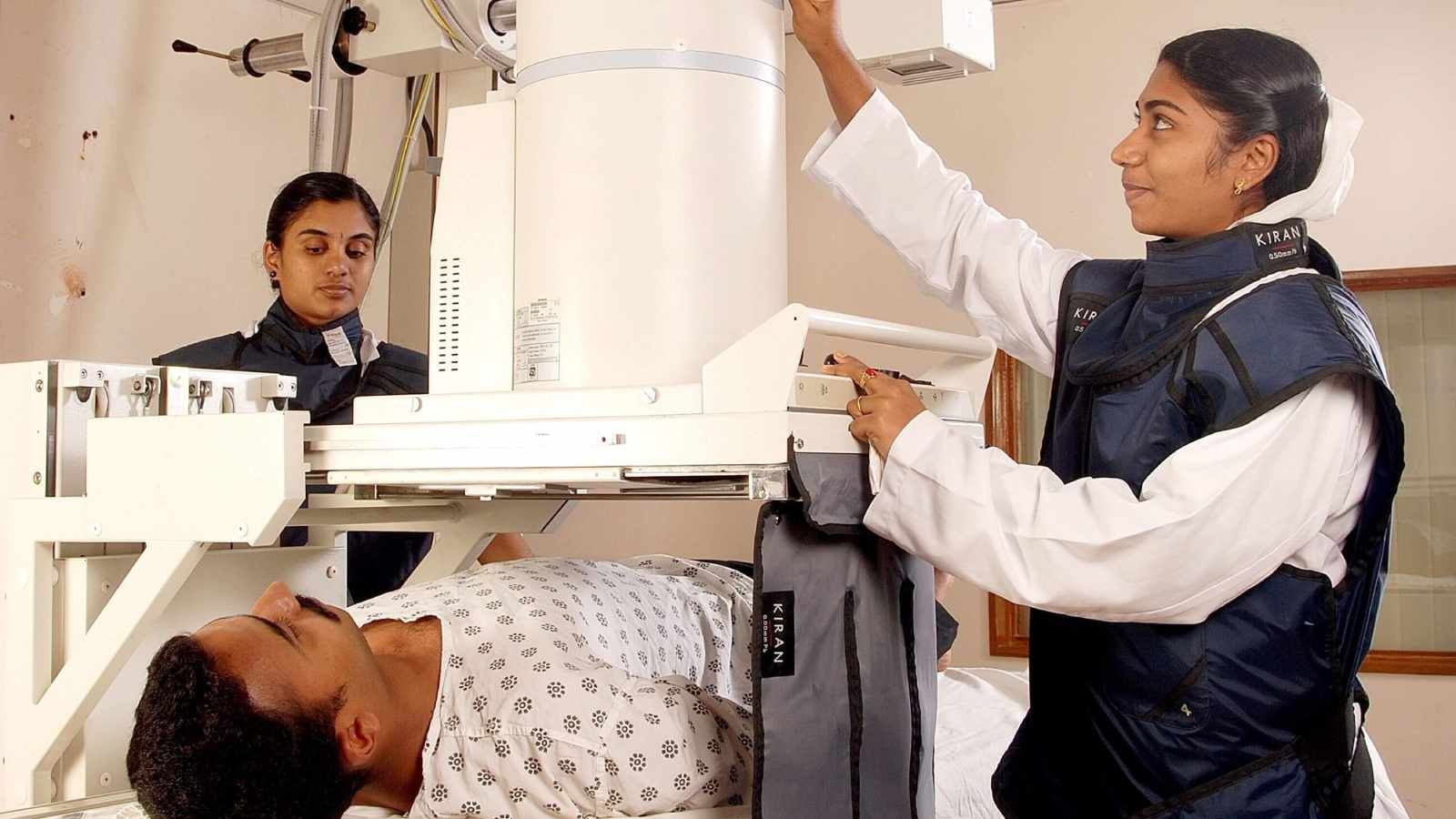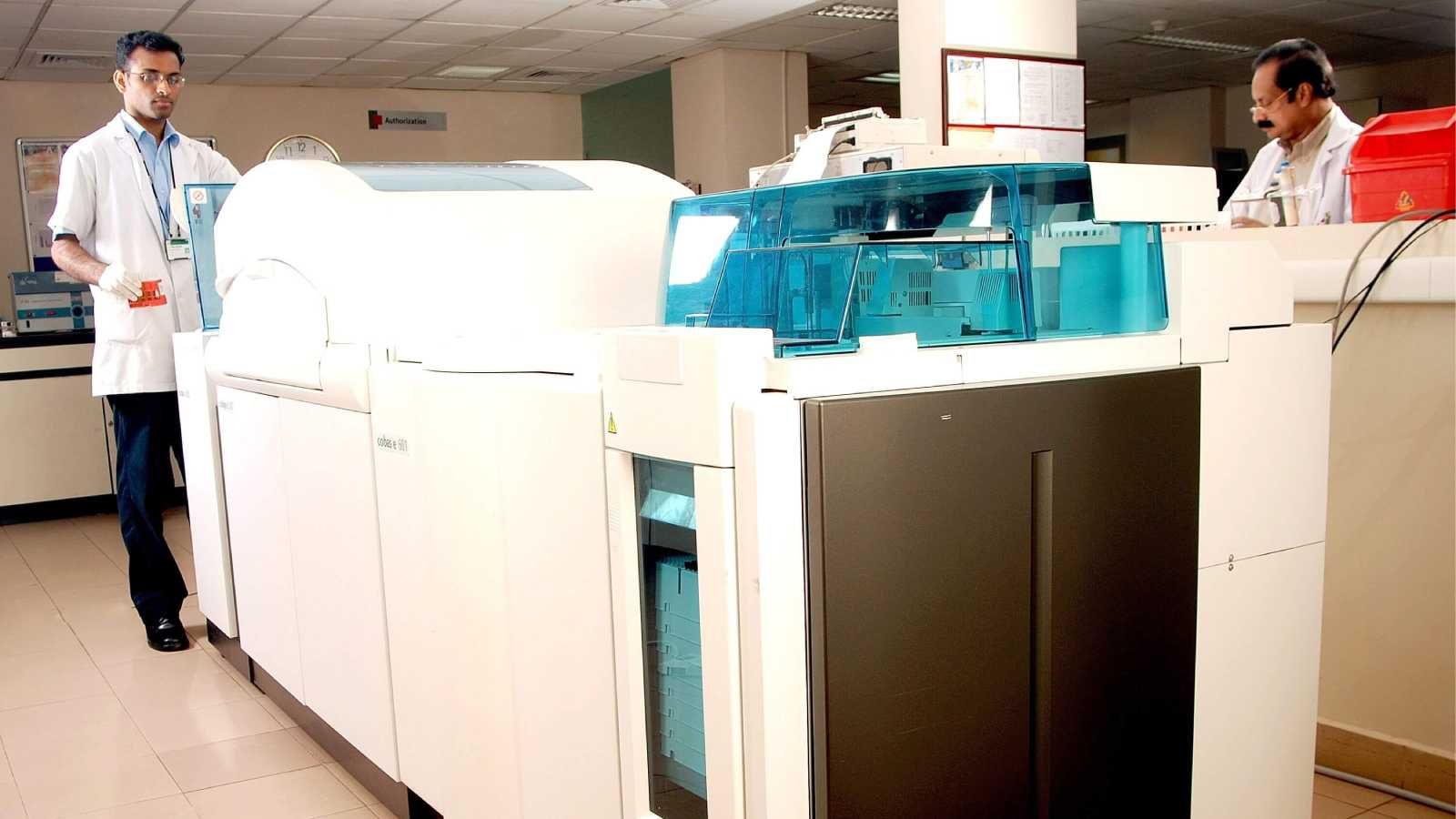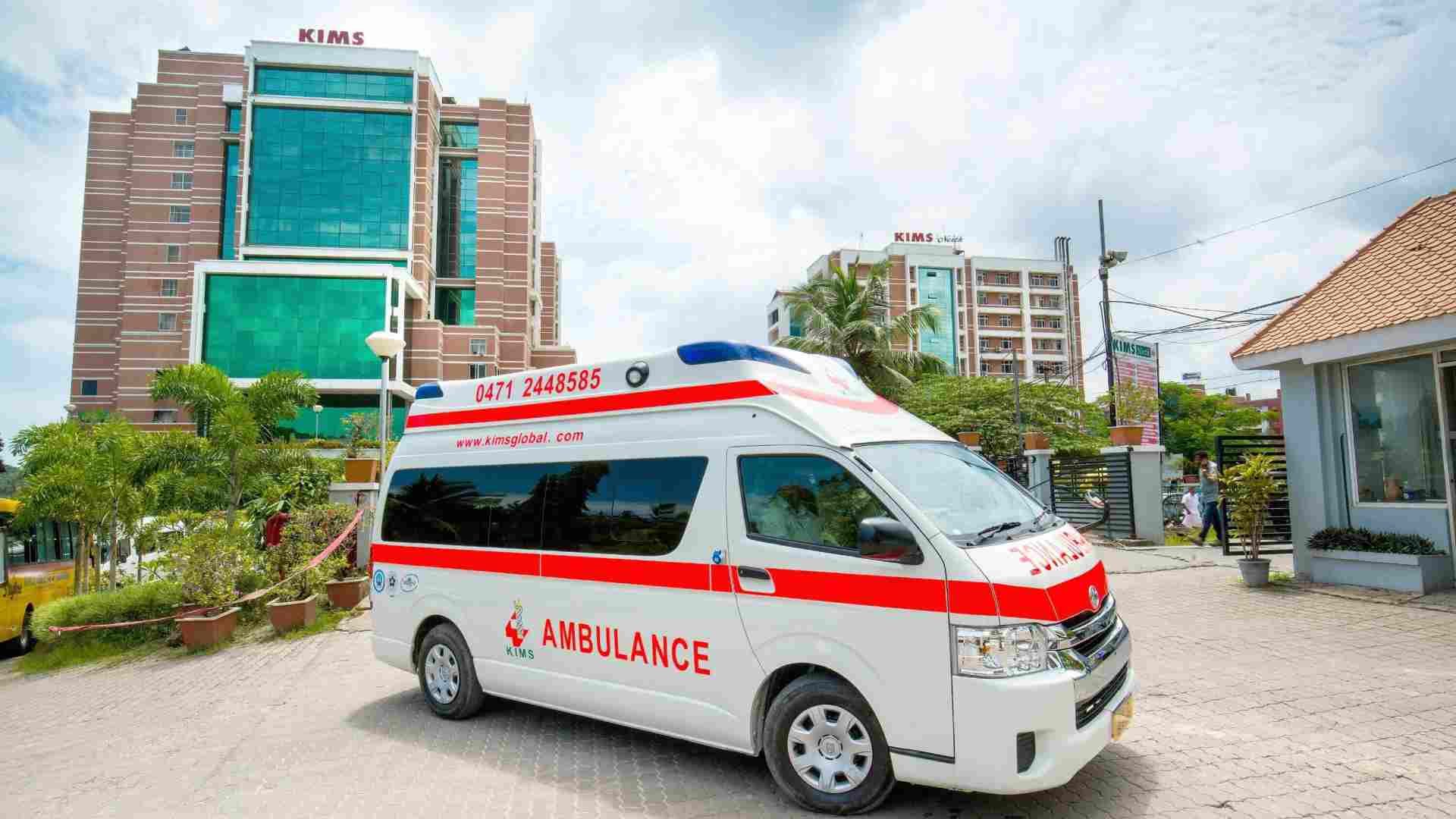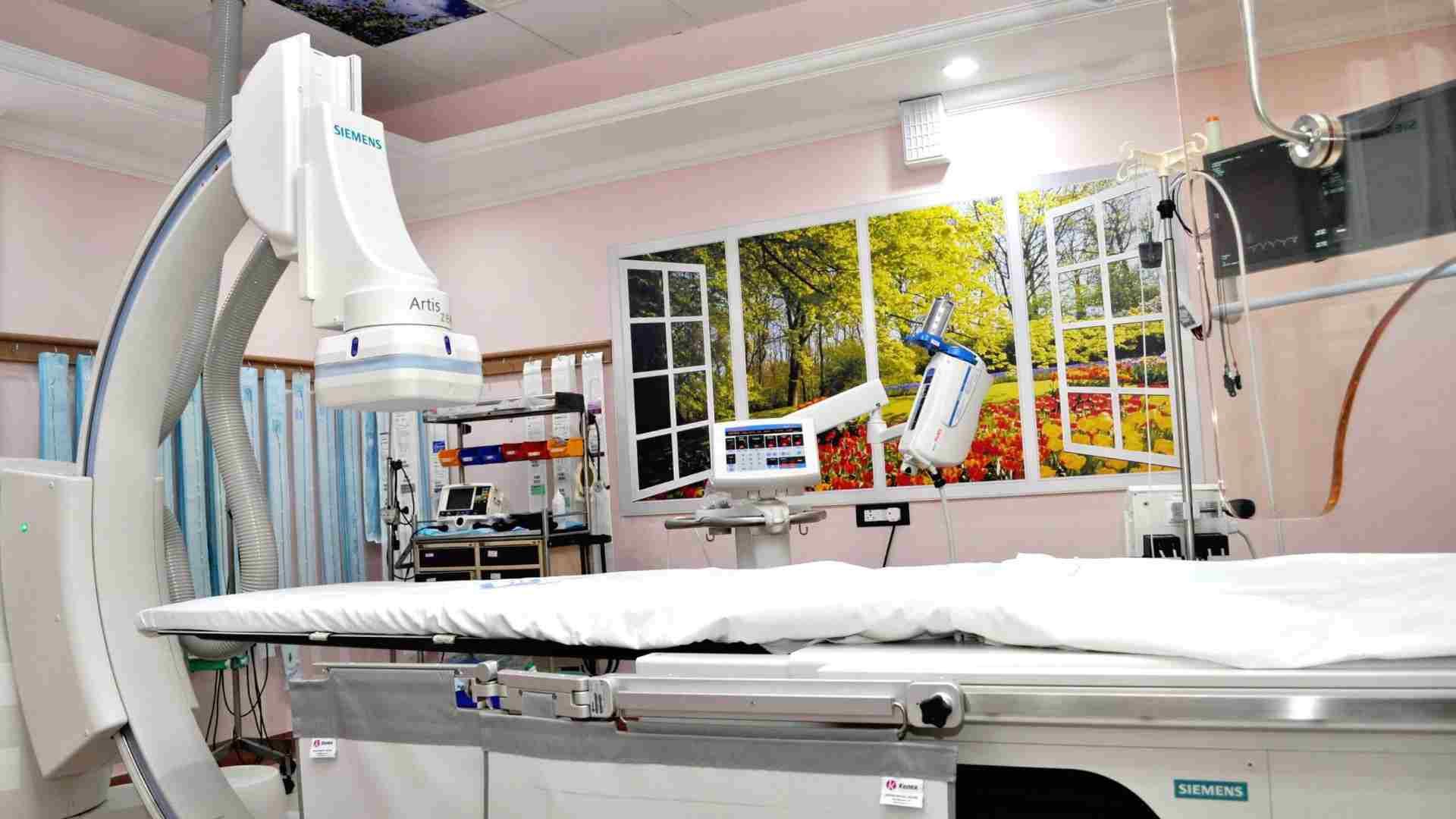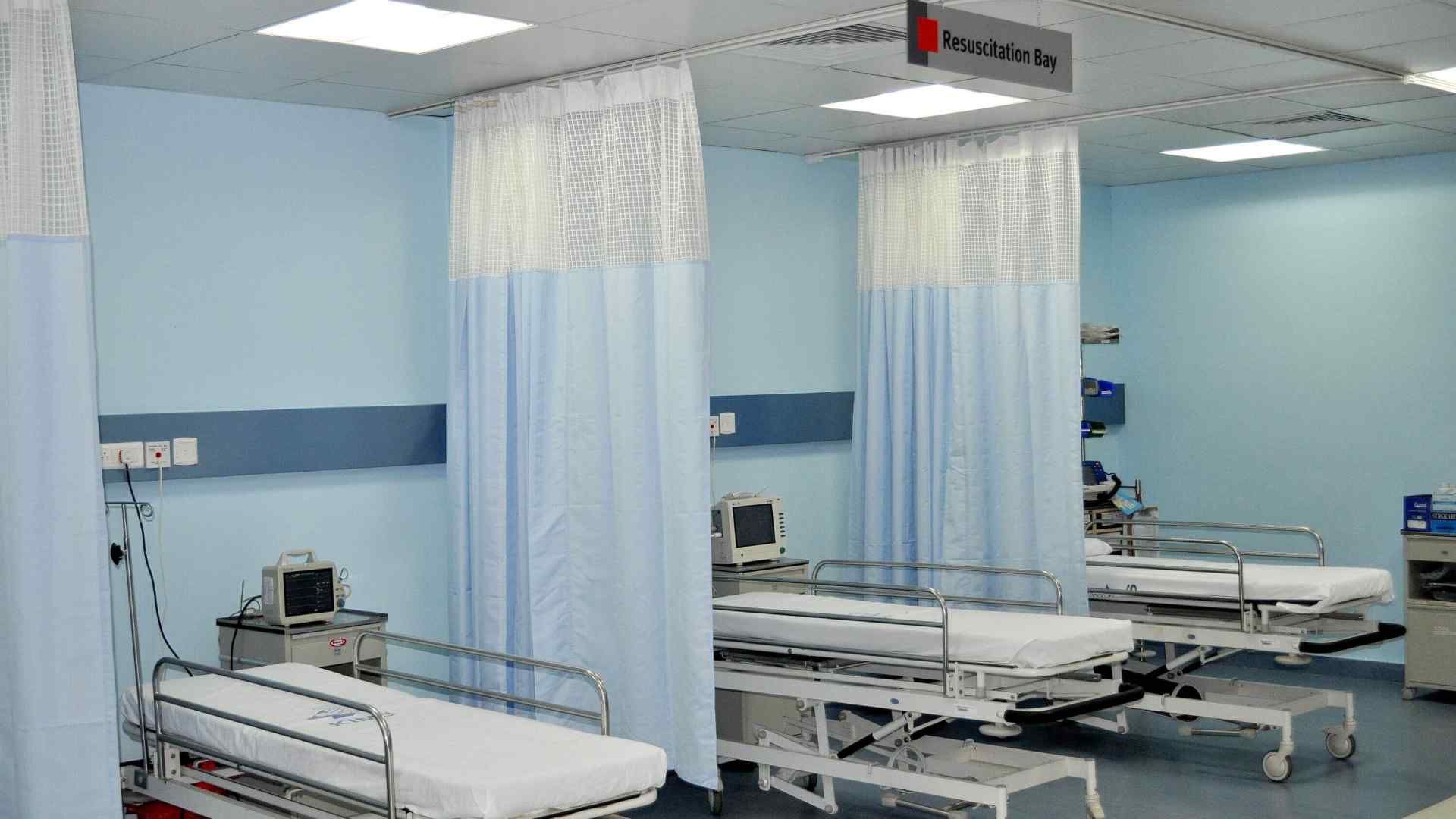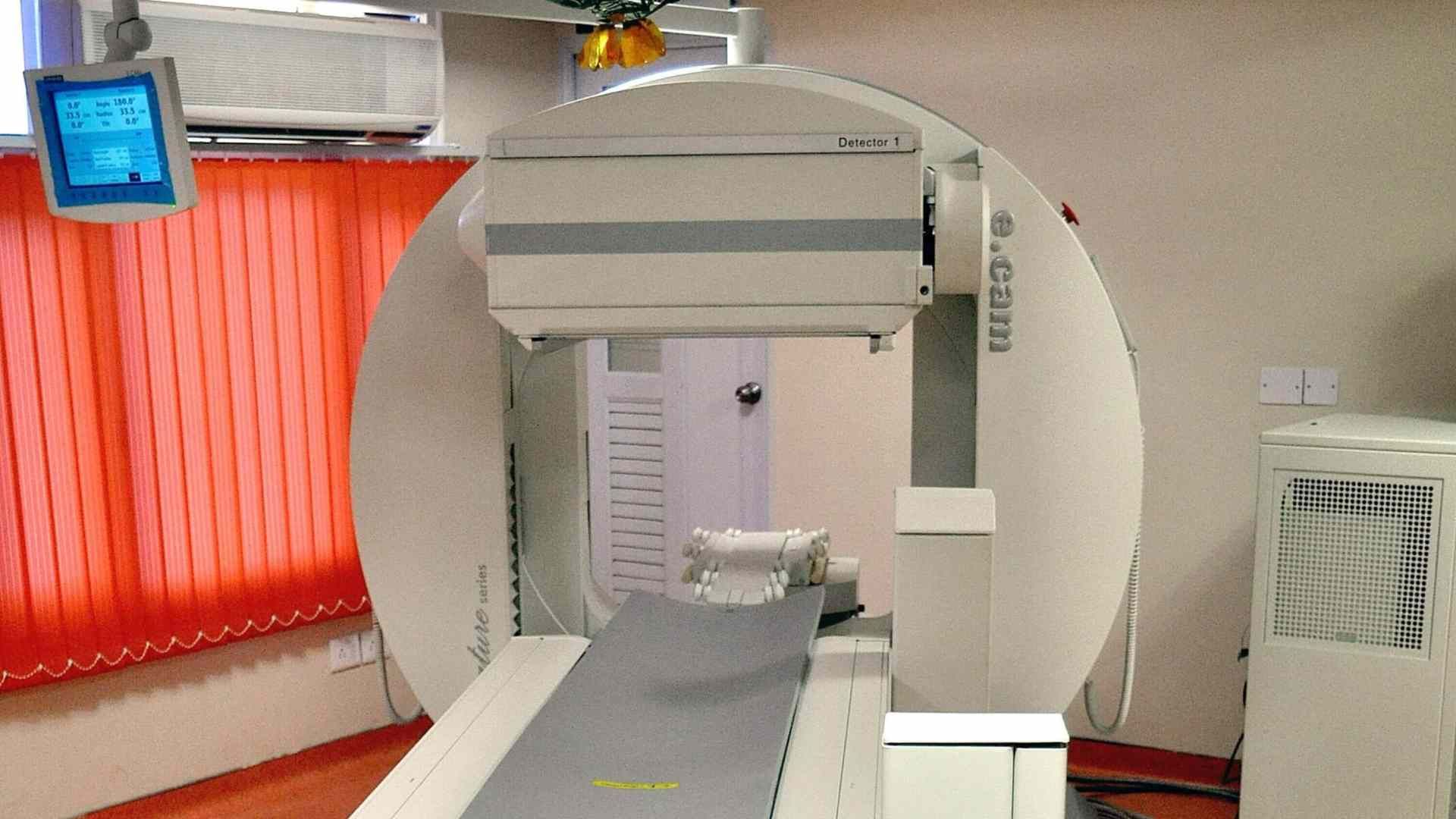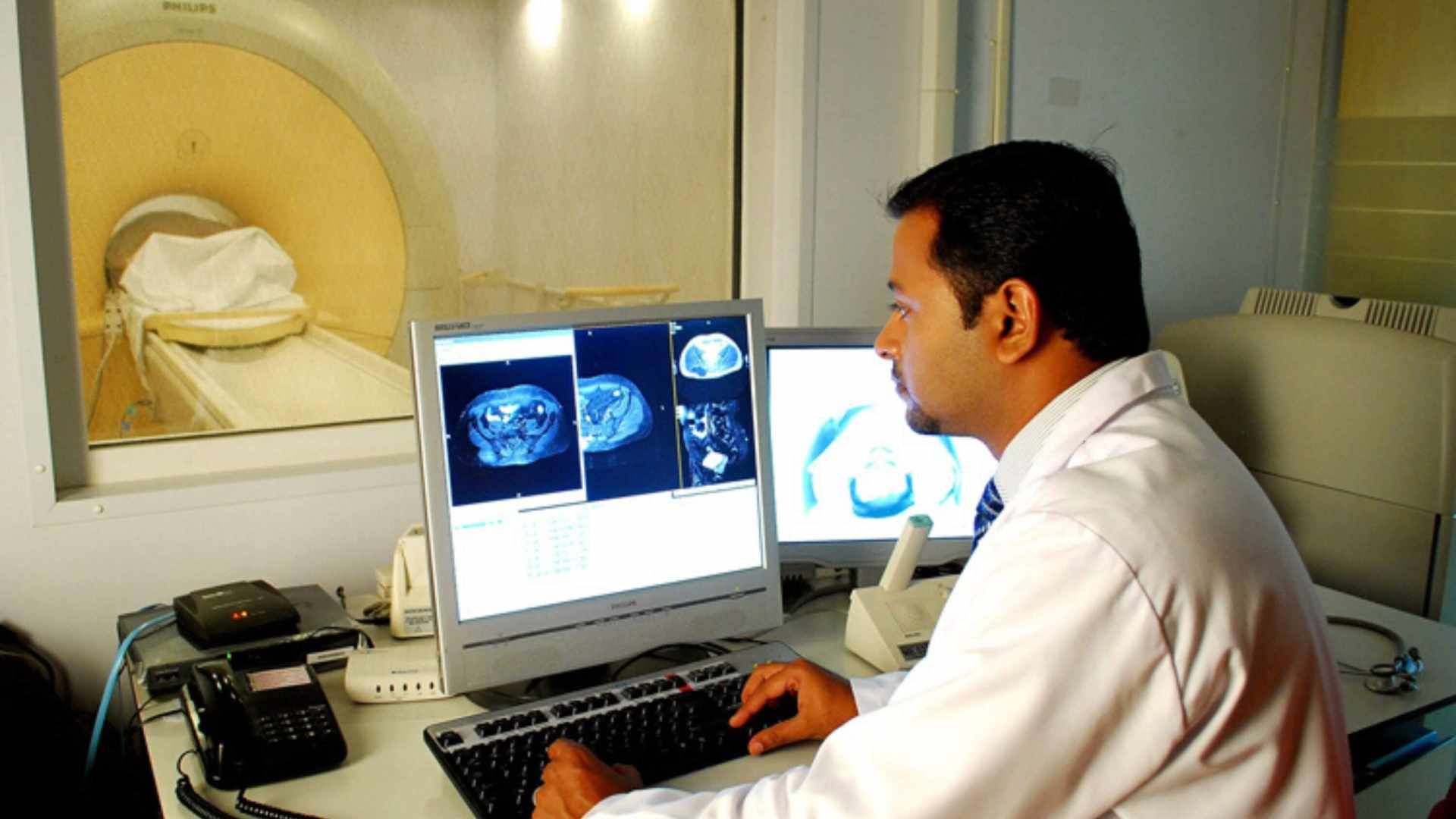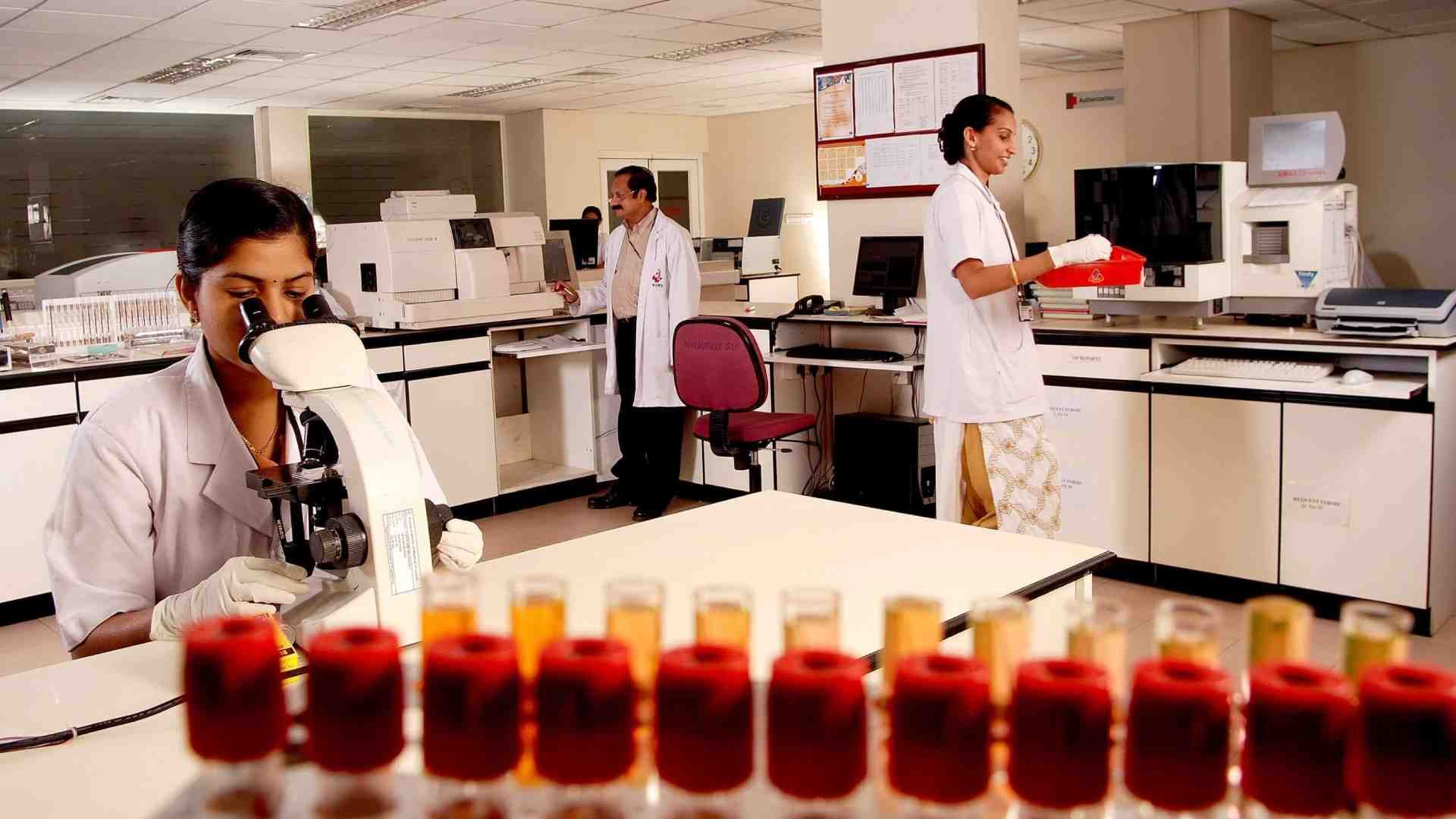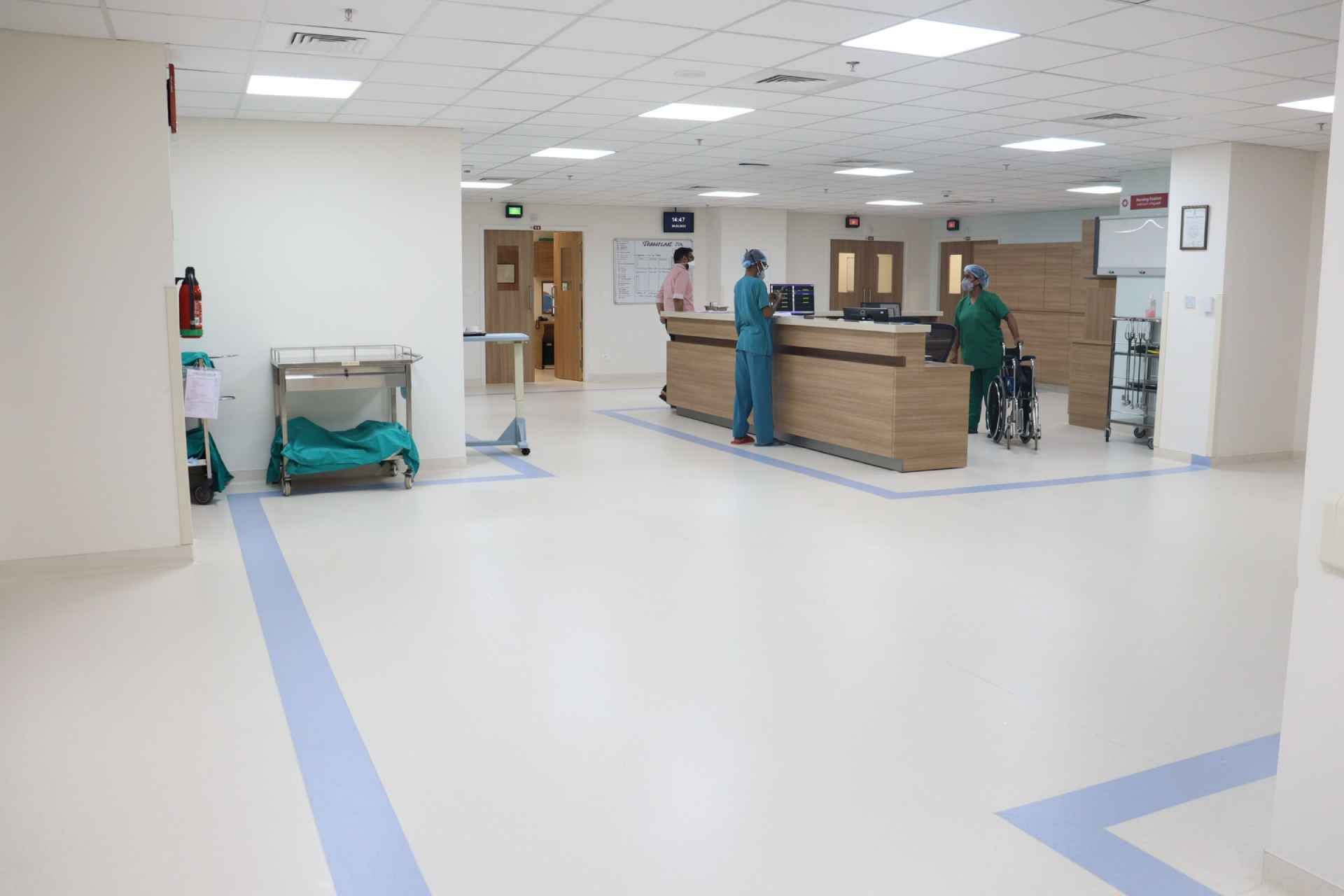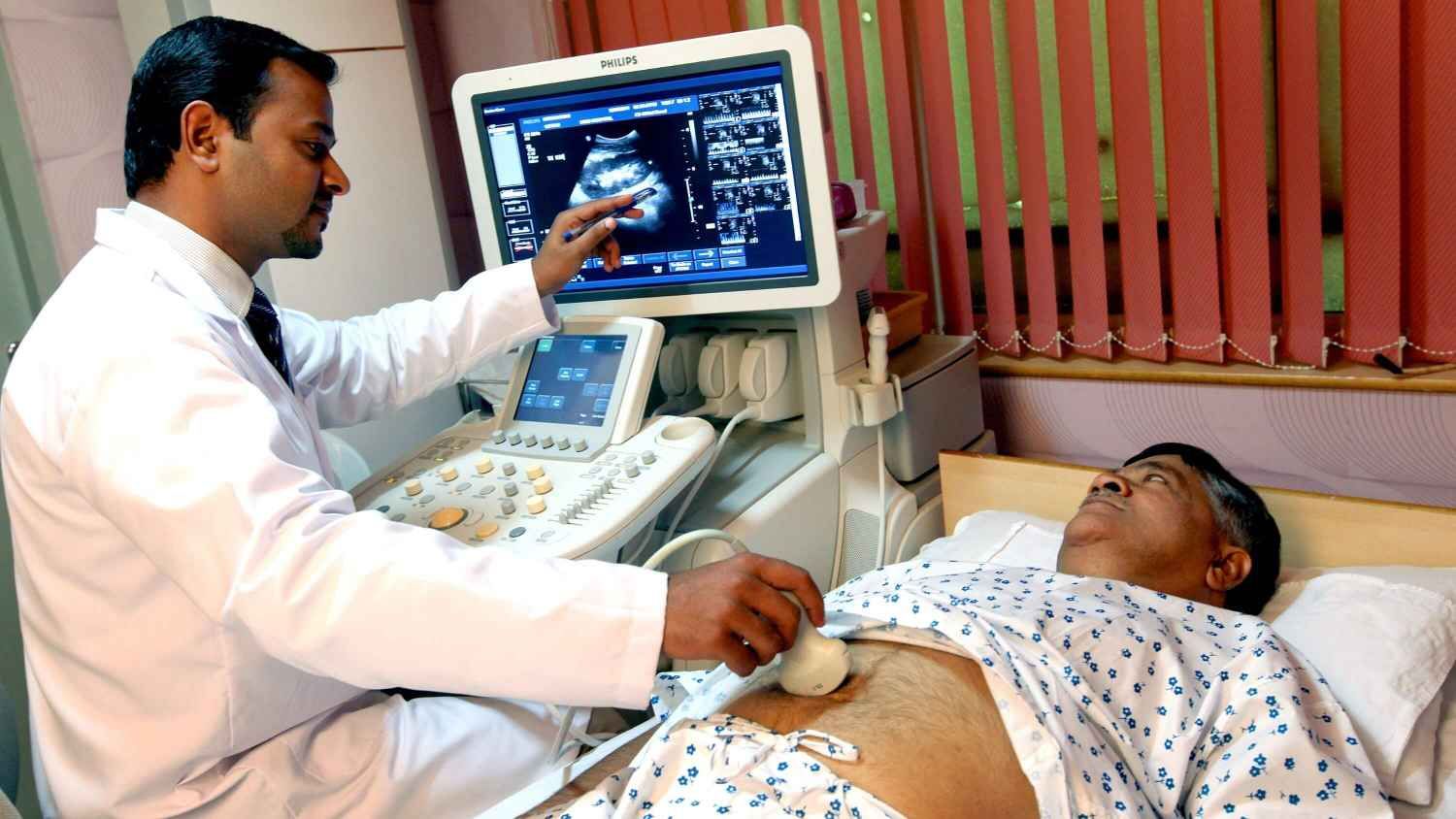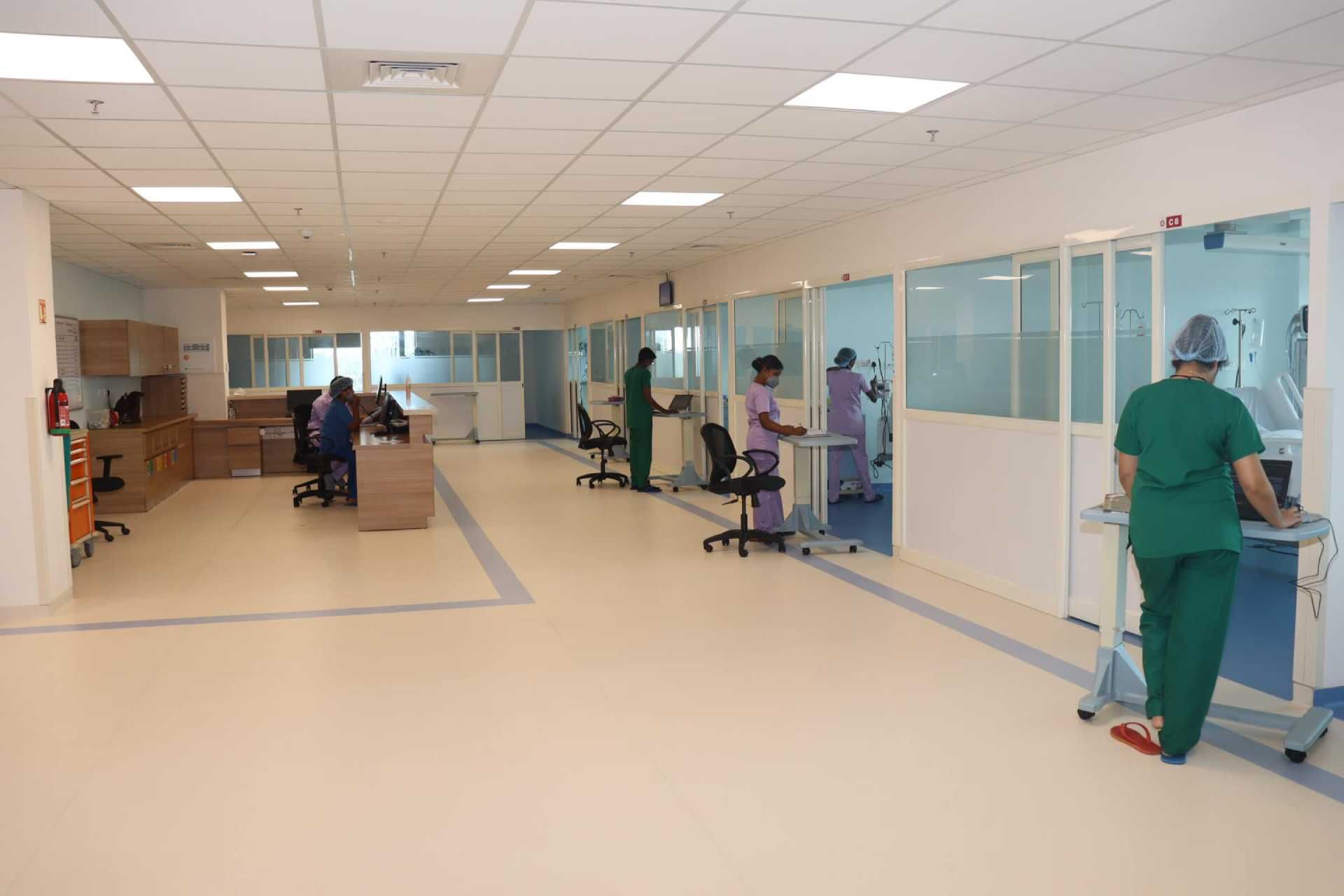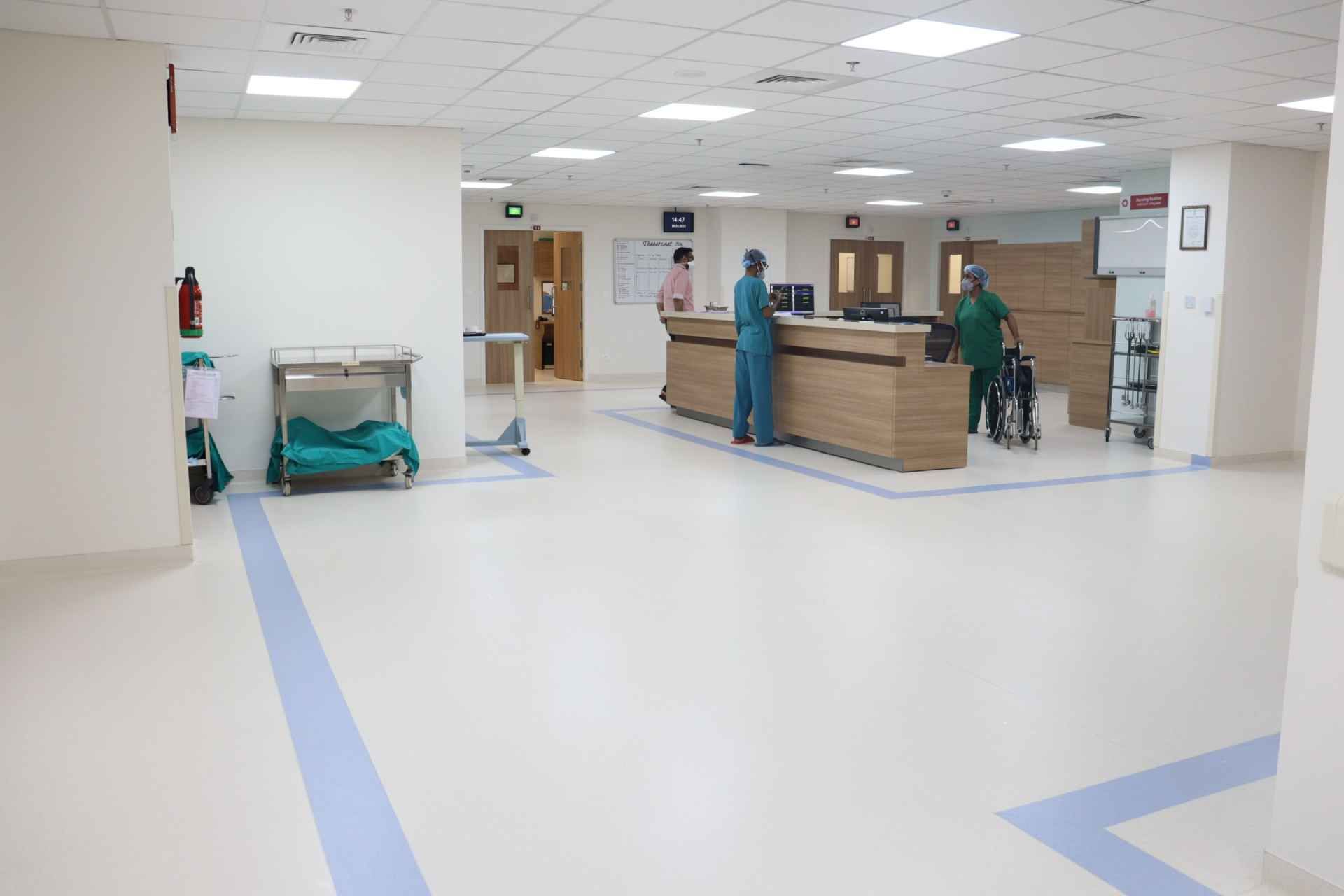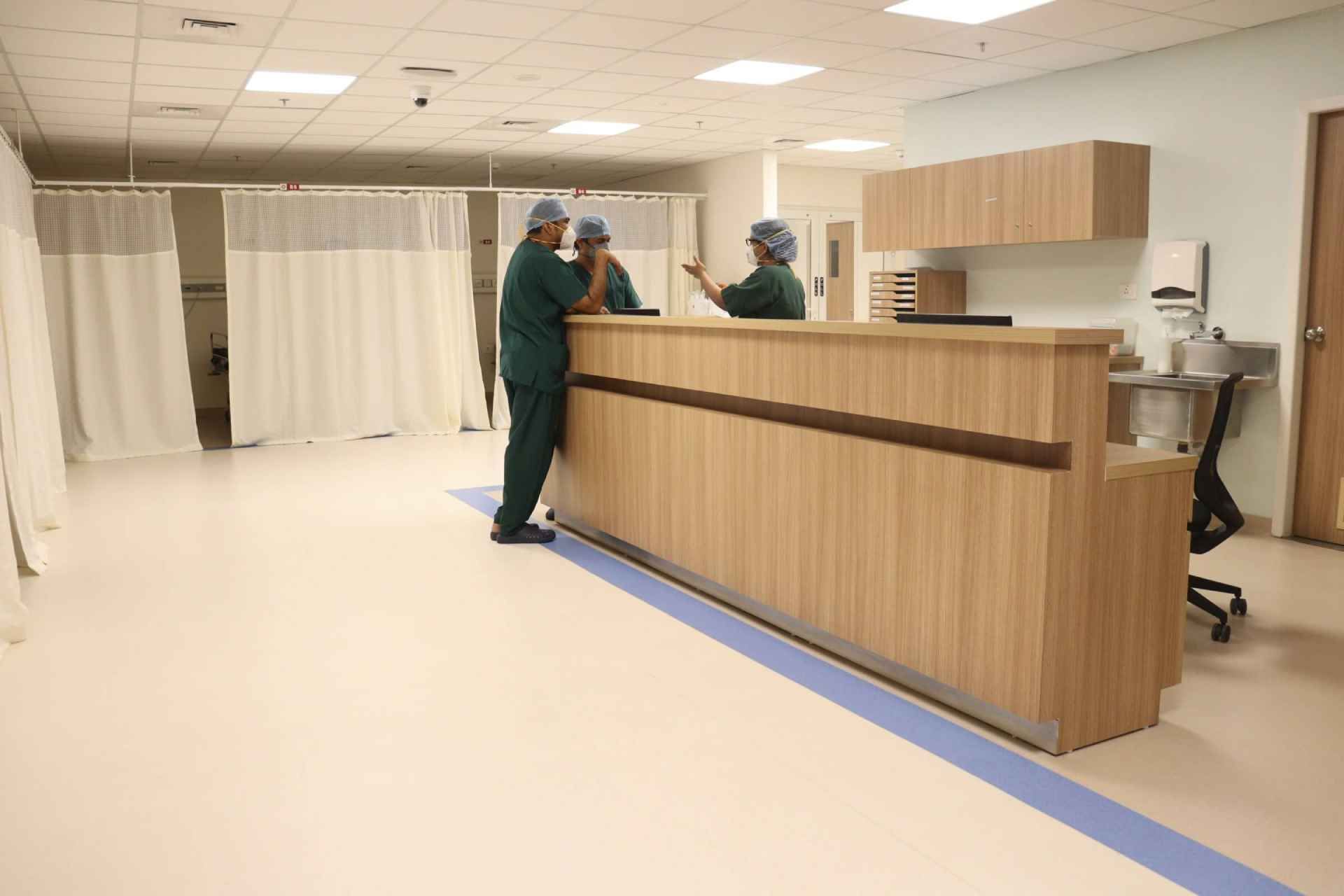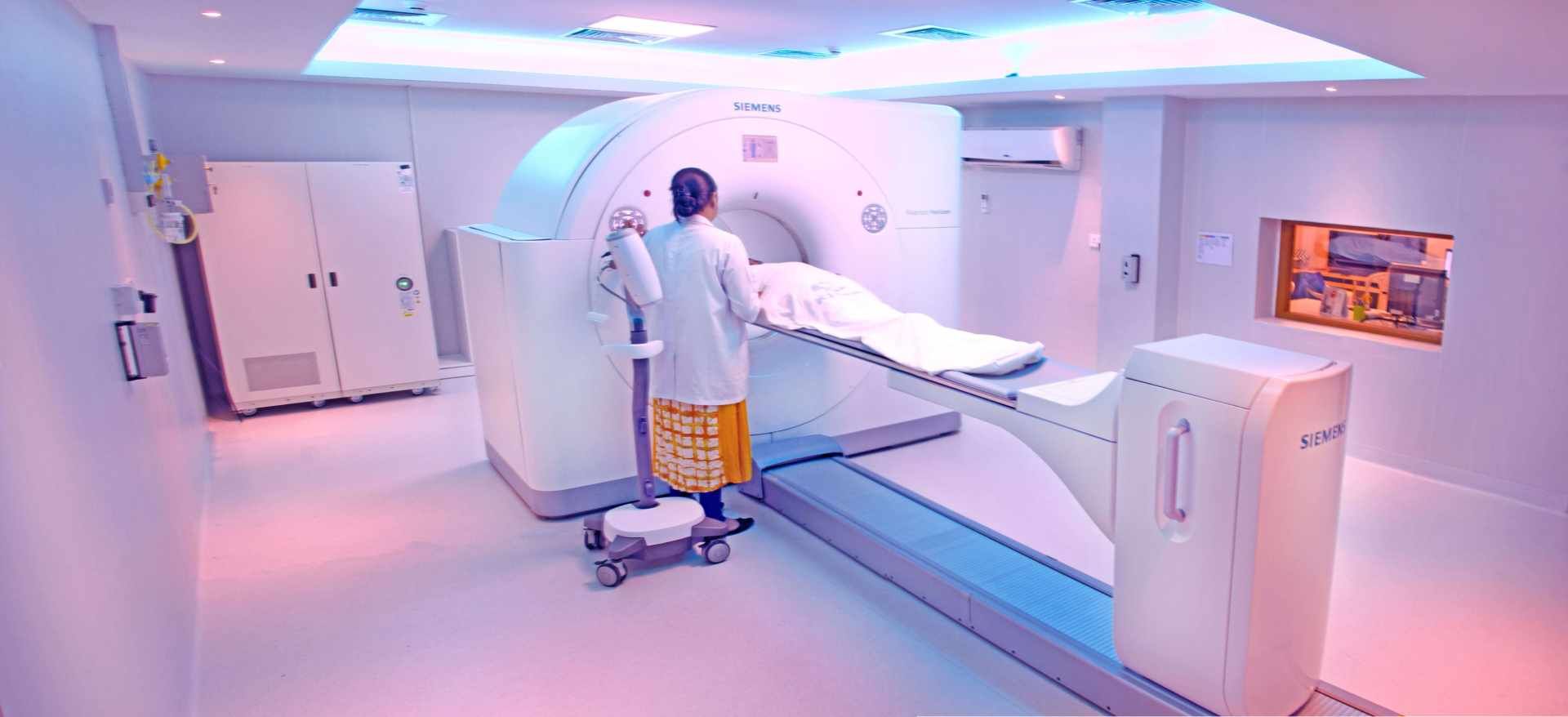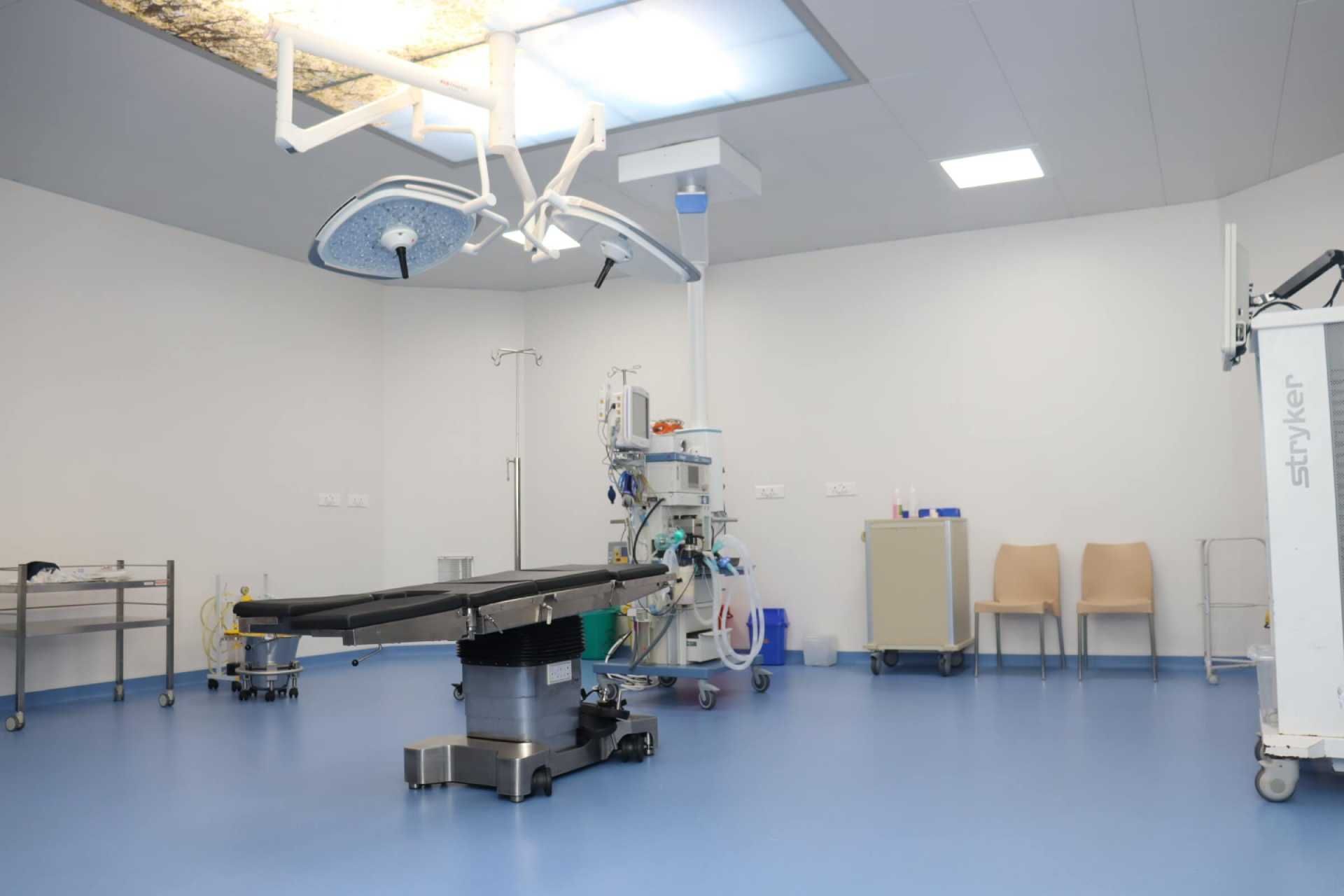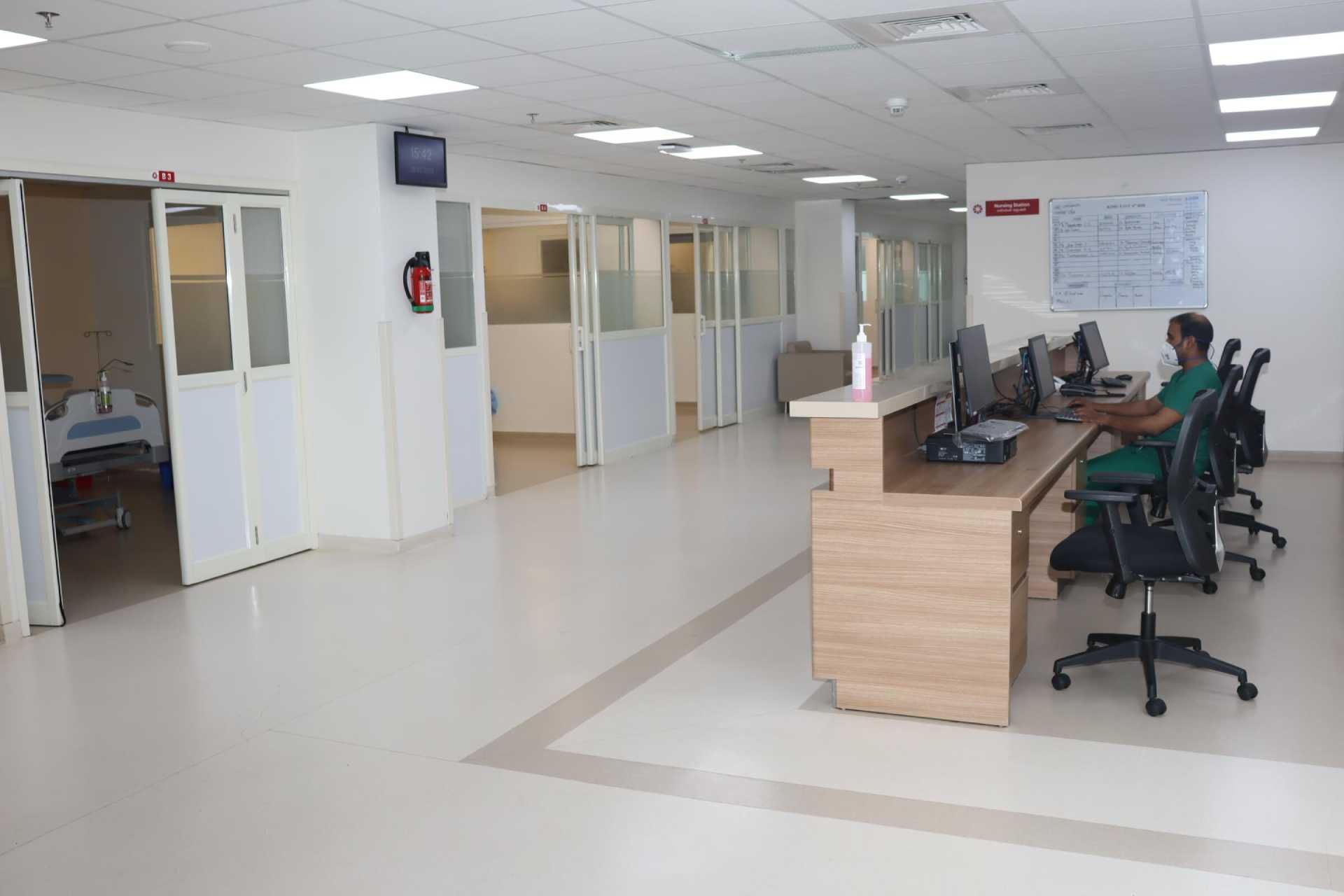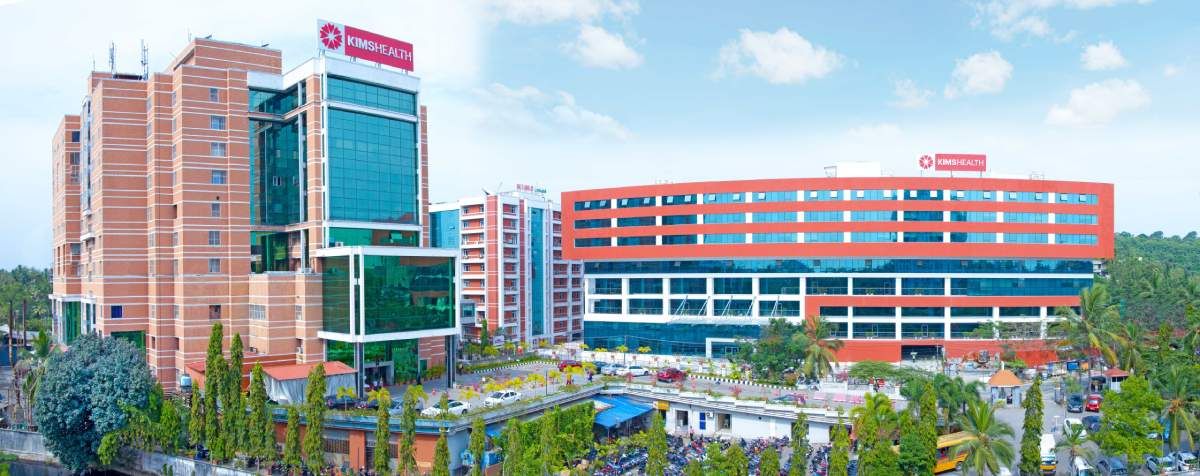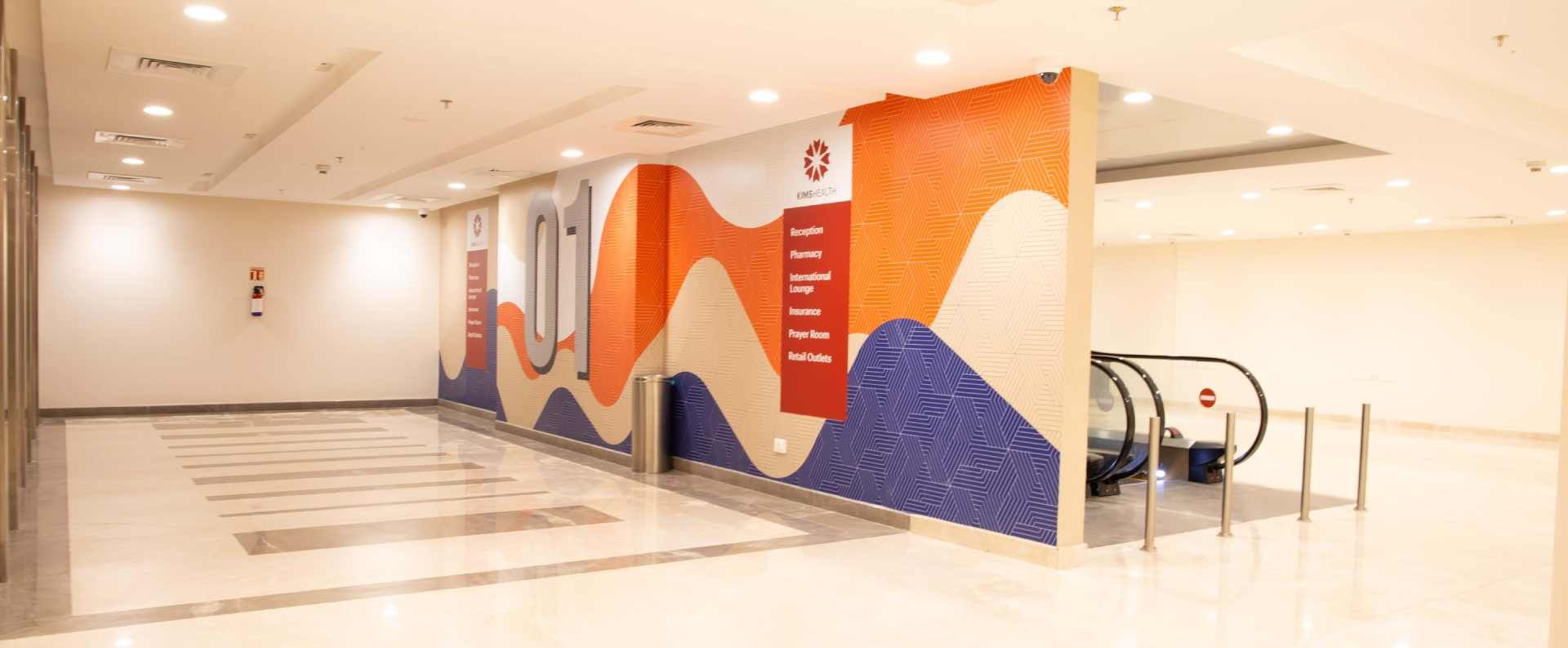40 +

Specialities
1100 +

Experienced Doctors
4100 +

Staff
1750 +

Bed Facilities
Wall of Fame

: 30th Oct 2025
Best Hospital under Modern Medicine (500+ Beds Category)
We are honored to be awarded “Best Hospital under Modern Medicine (500+ Beds Category)” for our outstanding contributions to Medical Value Travel in Kerala. The award was presented at the CII Health and Medical Tourism Conference held in Kochi.
Proud Moment for KIMSHEALTH We are honored to be awarded “Best Hospital under Modern Medicine (500+ Beds Category)” for

: 15th Nov 2025
Rank No. 1 – Best Multispecialty Hospital Trivandrum in the prestigious THE WEEK
KIMSHEALTH has been honoured with Rank No. 1 – Best Multispecialty Hospital Trivandrum in the prestigious THE WEEK – Hansa Research Survey 2025 at The WEEK Health Summit 2025.
KIMSHEALTH has been honoured with Rank No. 1 – Best Multispecialty Hospital Trivandrum in the prestigious THE WEEK – Han

: 1st Apr 2025
Best Hospital- Obstetrics & Gynecology KIMSHEALTH Trivandrum
KIMSHEALTH is proud to announce that we have been recognized as the Best Hospital - Obstetrics & Gynaecology (OBGYN) - South at The Economic Times Healthcare Awards. We would like to thank our doctors and the entire staff for working tirelessly. Our patients, for believing in us.
KIMSHEALTH is proud to announce that we have been recognized as the Best Hospital - Obstetrics & Gynaecology (OBGYN) - S

: 9th Oct 2025
Dr. M I Sahadulla, Chairman and Managing Director of KIMSHEALTH, was honoured with the prestigious title of "Legend in the Healthcare Industry"
Dr. M I Sahadulla, Chairman and Managing Director of KIMSHEALTH, was honoured with the prestigious title of "Legend in the Healthcare Industry" at the 19th edition of FICCI HEAL, held in New Delhi on October 8, 2025. The recognition celebrates his outstanding contributions and visionary leadership in the healthcare sector.
Dr. M I Sahadulla, Chairman and Managing Director of KIMSHEALTH, was honoured with the prestigious title of "Legend in t
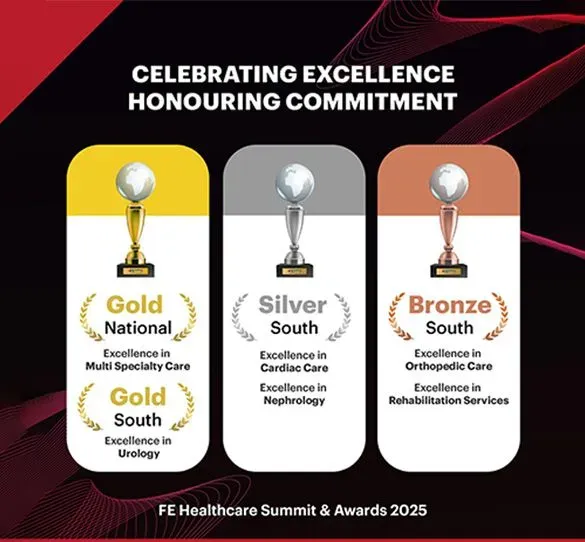
: 1st Apr 2025
FE Healthcare Awards 2025
At the FE Healthcare Summit & Awards 2025, we proudly earned Gold (National) for Excellence in Multi-Specialty Care and Gold (South) for Urology. We also received Silver (South) in Cardiac and Nephrology care, and Bronze (South) in Orthopedic and Rehabilitation Services. These accolades are a tribute to our unwavering commitment to clinical excellence, innovation, and patient-first care.
At the FE Healthcare Summit & Awards 2025, we proudly earned Gold (National) for Excellence in Multi-Specialty Care and

: 1st Apr 2025
KIMSHEALTH Honored with Chief Minister's Excellence Award
Thiruvananthapuram, March 29, 2025: KIMSHEALTH Trivandrum has been honored with the Chief Minister's Excellence Award for the best institutions in the private sector in the state. KIMSHEALTH has been selected as the best workplace in the hospital sector based on its outstanding performance in 2024. The awards were announced based on criteria such as excellent salary structures, strict implementation of labor laws, a conducive work environment, and salary distribution through a wage security scheme.
Thiruvananthapuram, March 29, 2025: KIMSHEALTH Trivandrum has been honored with the Chief Minister's Excellence Award fo

: 20th Sep 2025
Mr. Varun Khanna, Group Managing Director, Quality CARE India Limited, was honoured with the prestigious ‘Visionary Healthcare CEO’ award
A moment of immense pride for the CARE family! At the 3rd AHPI Leadership Summit 2025, held at Taj Deccan, Hyderabad, Mr. Varun Khanna, Group Managing Director, Quality CARE India Limited, was honoured with the prestigious ‘Visionary Healthcare CEO’ award.
A moment of immense pride for the CARE family! At the 3rd AHPI Leadership Summit 2025, held at Taj Deccan, Hyderabad, M

: 20th Aug 2025
Outlook Best Doctors South 2025
Outlook Best Doctors South 2025 31 Champions of Care from KIMSHEALTH Trivandrum We are happy to announce that 31 of ou
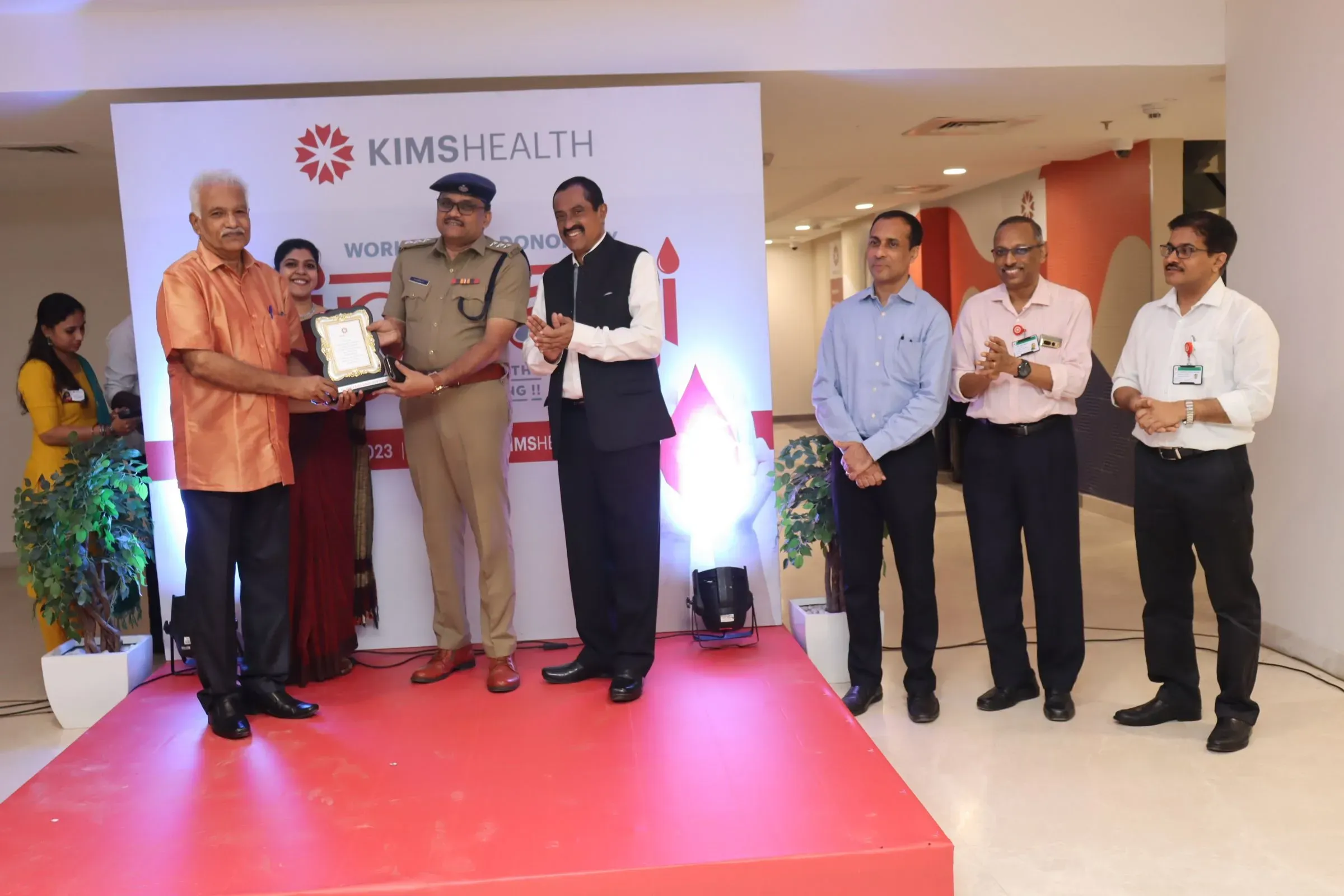
: 18th Jul 2025
Zindagi; KIMSHEALTH honours blood donors and blood
Thiruvananthapuram, June 15, 2023: KIMSHEALTH Thiruvananthapuram honoured blood donors and blood donation associations in observance of World Blood Donation Day. The program ‘Zindagi’ was ingurated by Shankumugham Sub Division Assistant Commissioner of Police, D.K. Prithewi Raj. In his inaugural address he said that blood donors perform the great deed by giving life through blood donation and everyone should come forward as blood donors. He also said that blood donation should be seen as a duty and we should progress forward as a community that upholds brotherhood and humanity. He added that KIMSHEALTH plays a definitive role in modernising the traditional health culture of Kerala and organising such programs can be an asset to educate and transform the society.
Thiruvananthapuram, June 15, 2023: KIMSHEALTH Thiruvananthapuram honoured blood donors and blood donation associations i

: 1st Apr 2025
Outlook 2025 Hospital Ranking
We are proud to be ranked 3rd Best Multi-Speciality Hospital in India by Outlook Best Hospital Ranking 2025. With top positions in key specialties—2nd in Nephrology, 3rd in Gastroenterology, 4th in Orthopedics, and more—this recognition reflects our dedication to transforming lives through world-class healthcare. Every rank represents the trust of our patients and the relentless effort of our clinical teams.
We are proud to be ranked 3rd Best Multi-Speciality Hospital in India by Outlook Best Hospital Ranking 2025. With top po

: 24th Sep 2025
KIMSHEALTH Trivandrum, has been honoured with the AHPI Leadership Award 2025 in the category of Excellence in Holistic Staff Engagement & Recognition
KIMSHEALTH Trivandrum, has been honoured with the AHPI Leadership Award 2025 in the category of Excellence in Holistic Staff Engagement & Recognition.
KIMSHEALTH Trivandrum, has been honoured with the AHPI Leadership Award 2025 in the category of Excellence in Holistic S
Patient Testimonials
Recovery of Rania from accident
At KIMSHEALTH, we believe that every step counts. We are delighted to announce t...
Successful Treatment Journey from Saudi Arabia
Meet Mr. Abdullah Essa A Al Matar from Saudi Arabia, who chose KIMSHEALTH Trivan...
Dr. Ragitha Binu Krishnan
Laryngology
Propionic Acidemia – A Rare Metabolic Disorder in Children | Dr. Anu K Vasu
When a young boy was diagnosed with Propionic Acidemia, a rare metabolic disorde...
Dr. Anu K Vasu
Pediatric Gastroenterology, Hepatology and Liver Transplant














